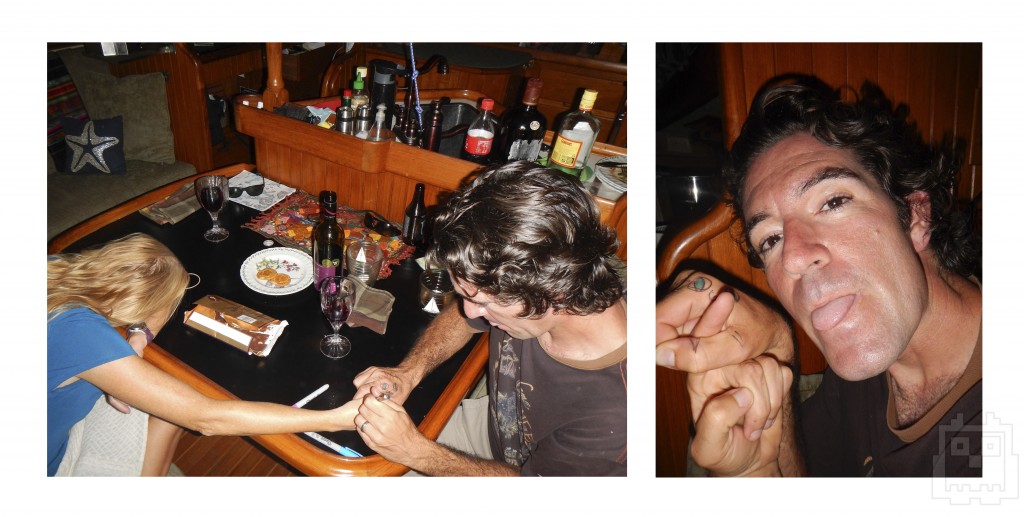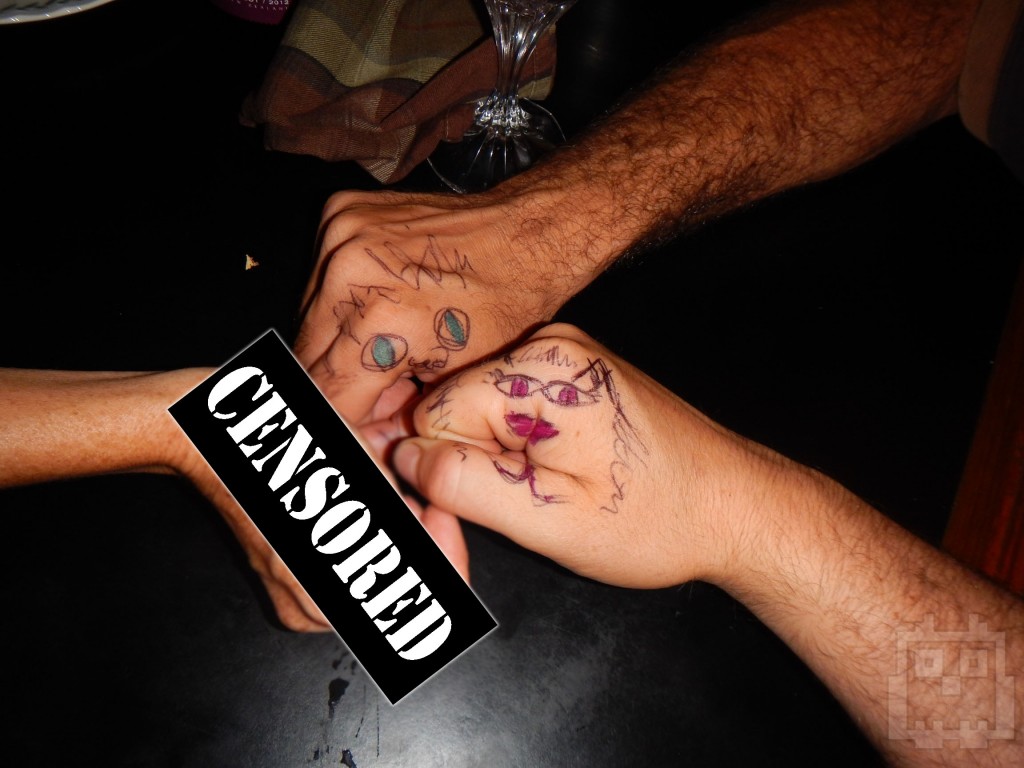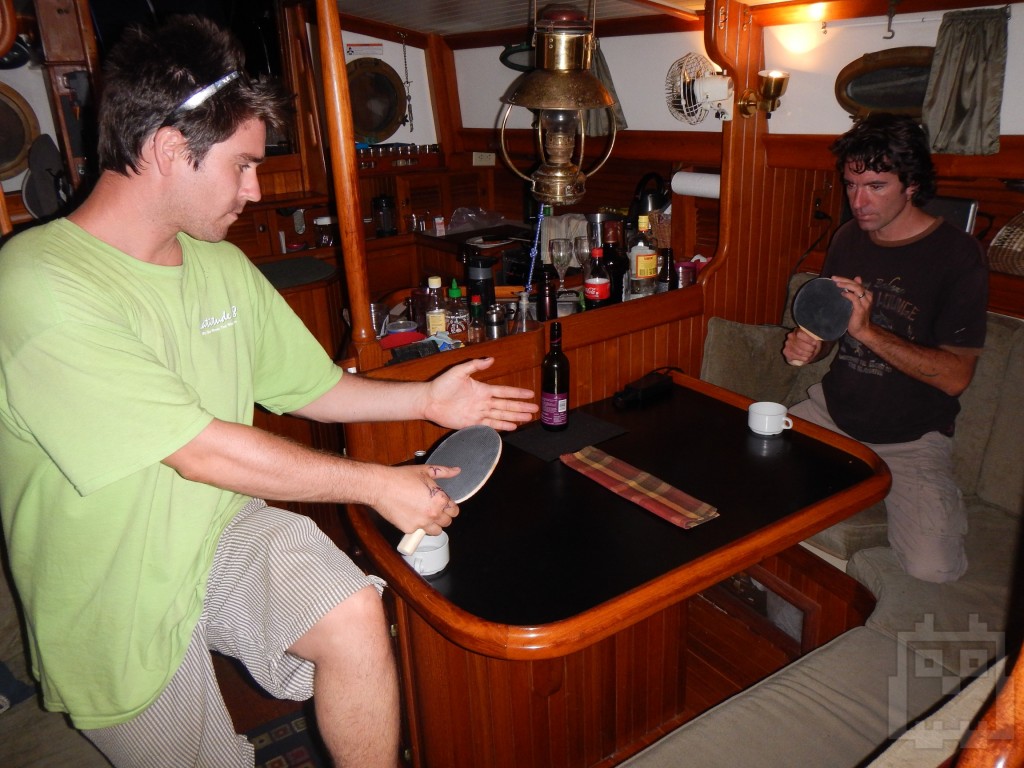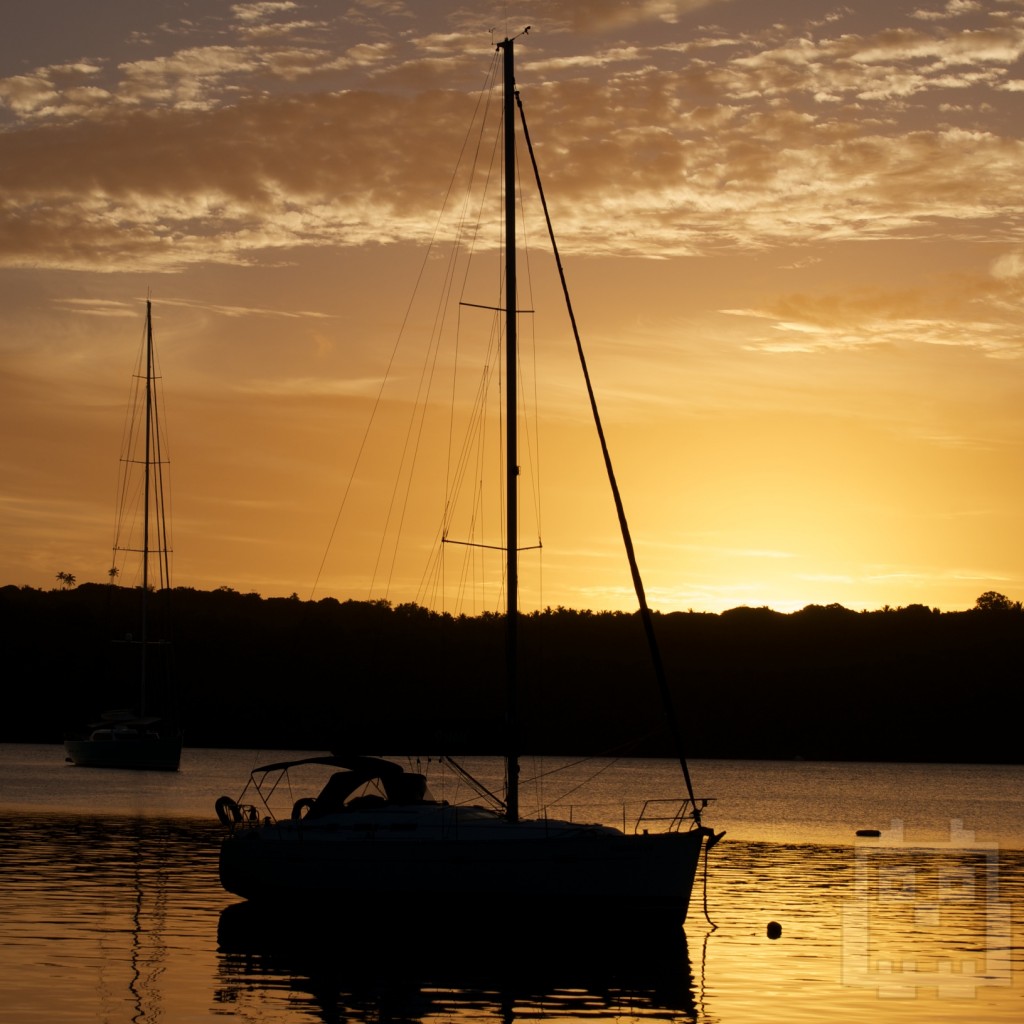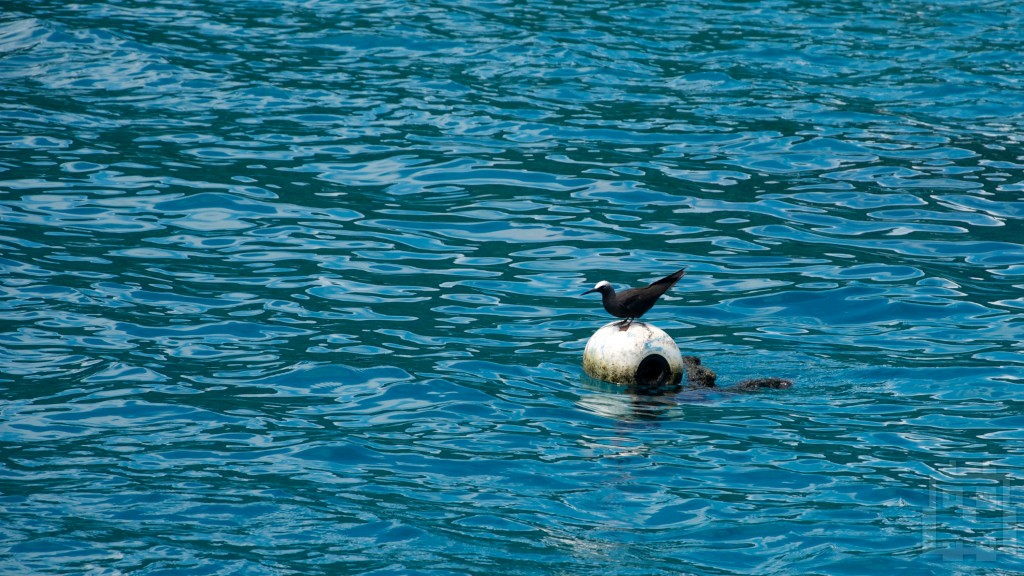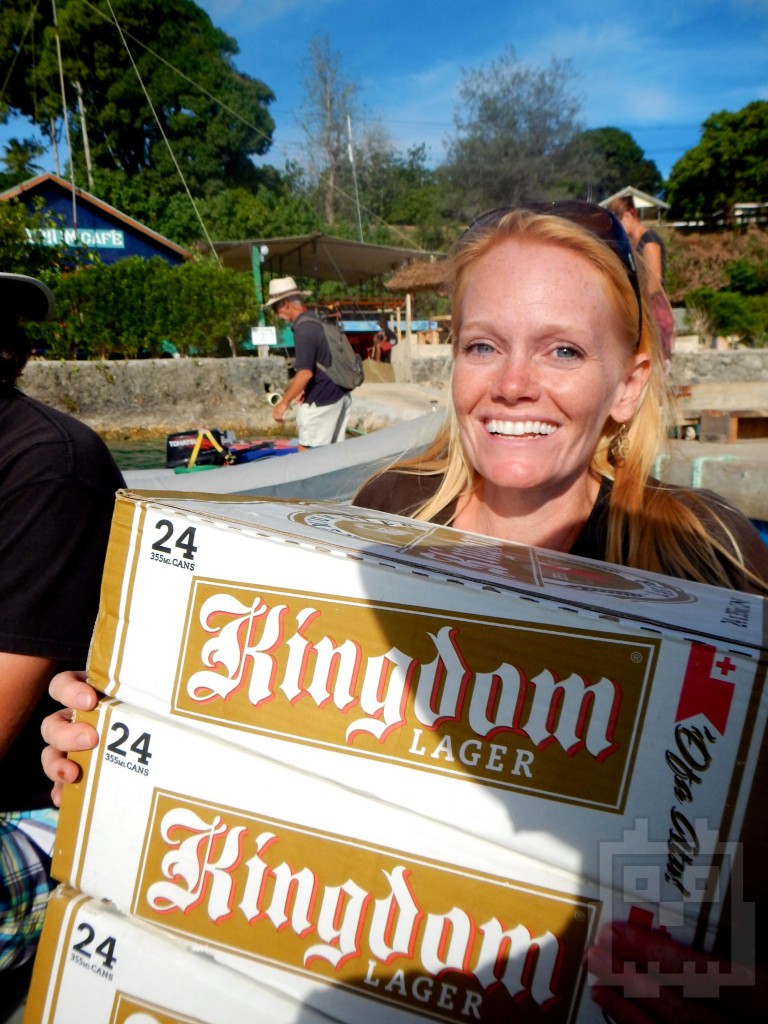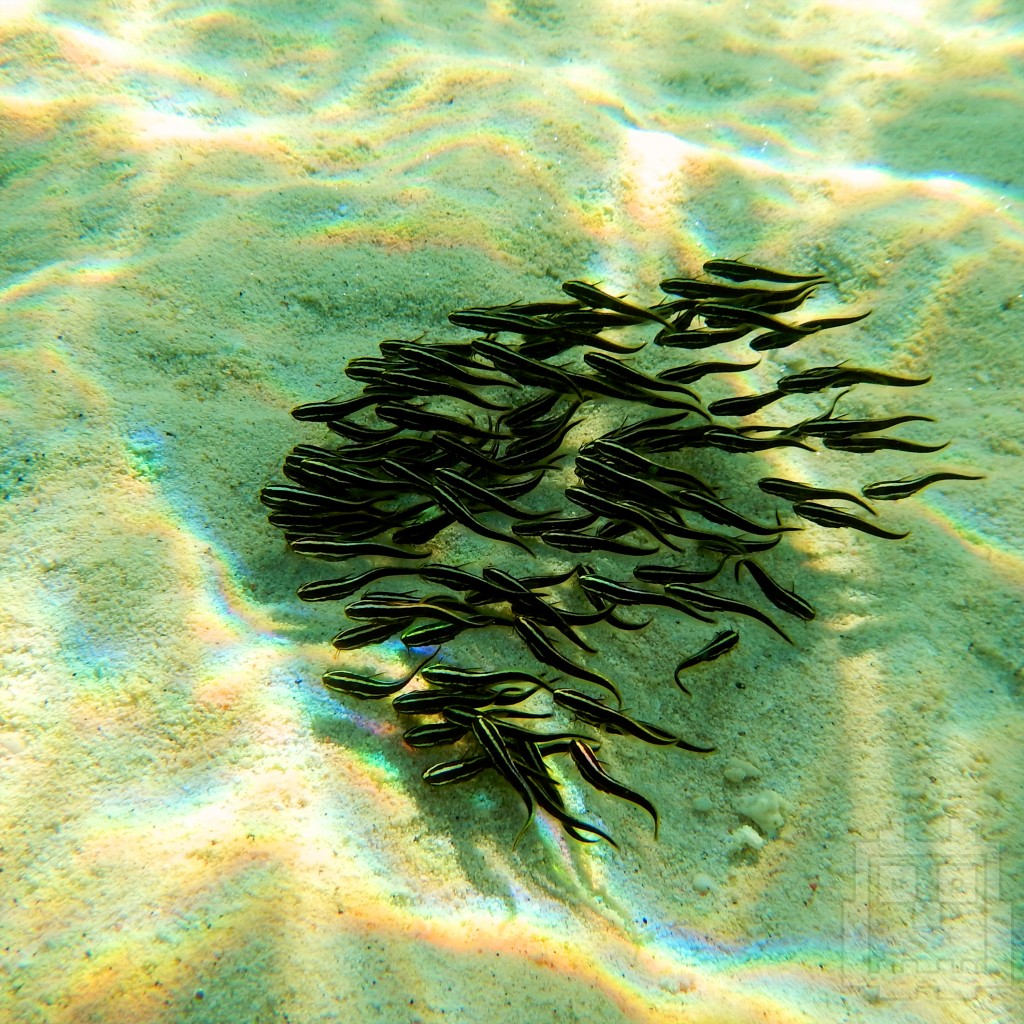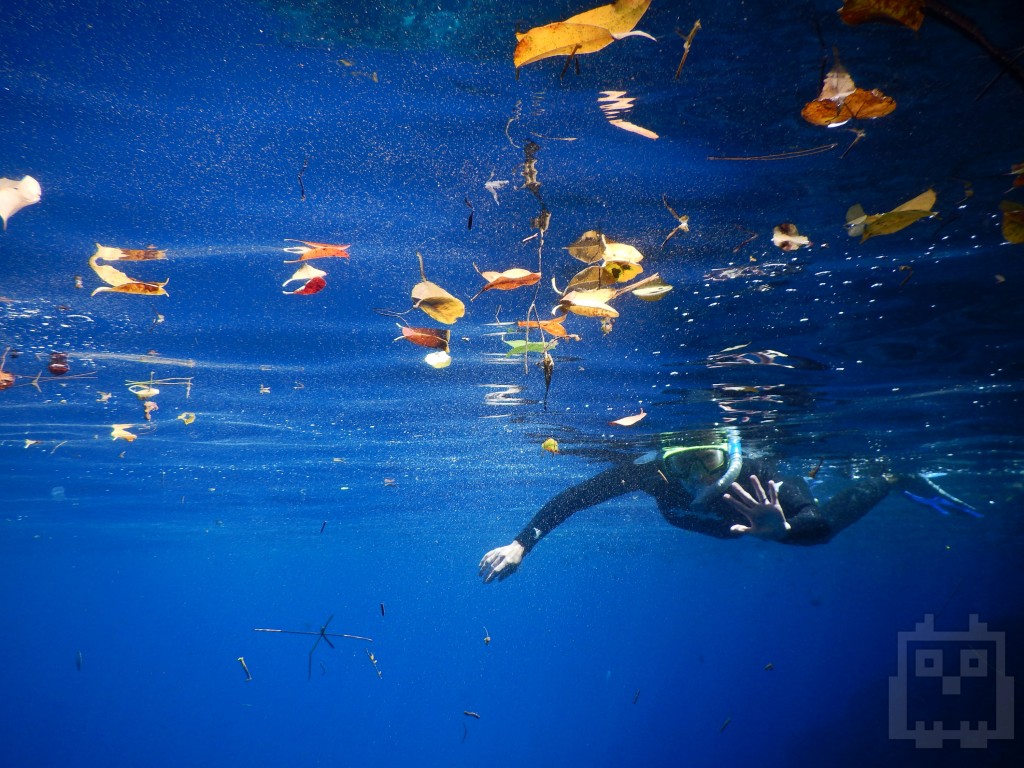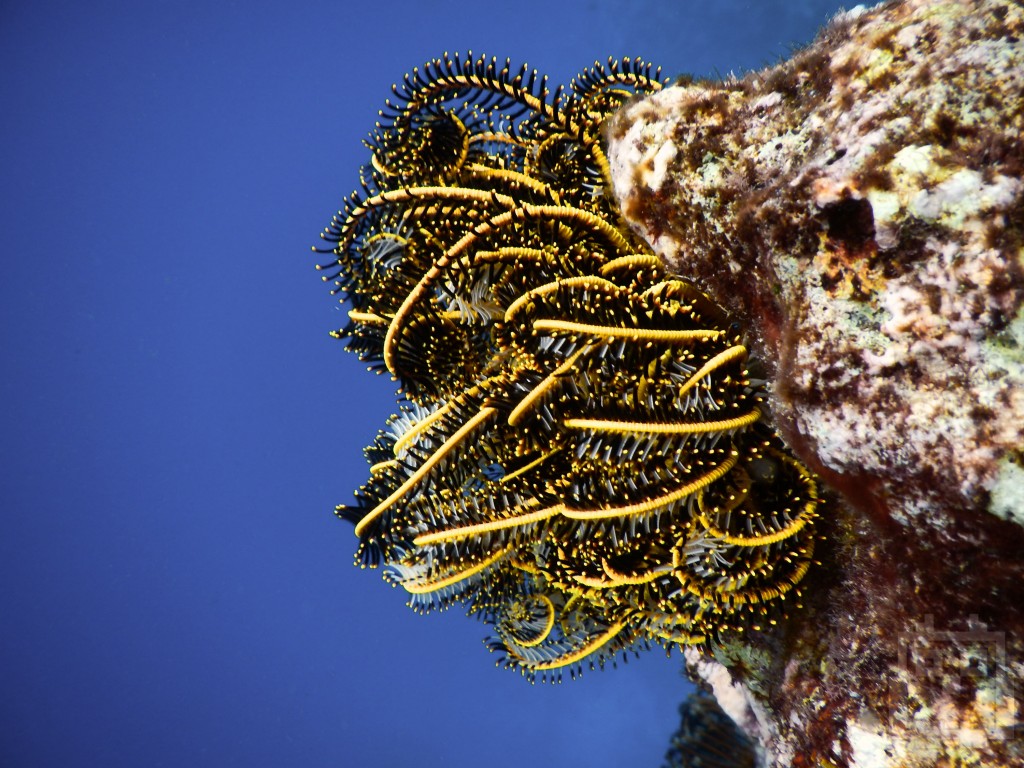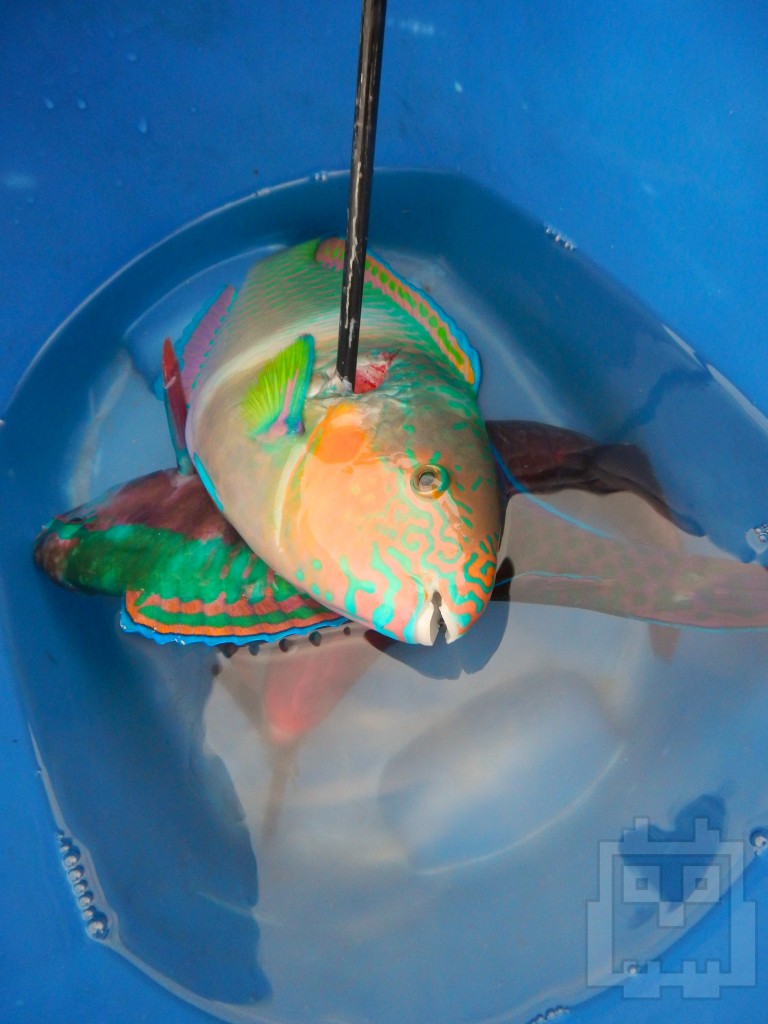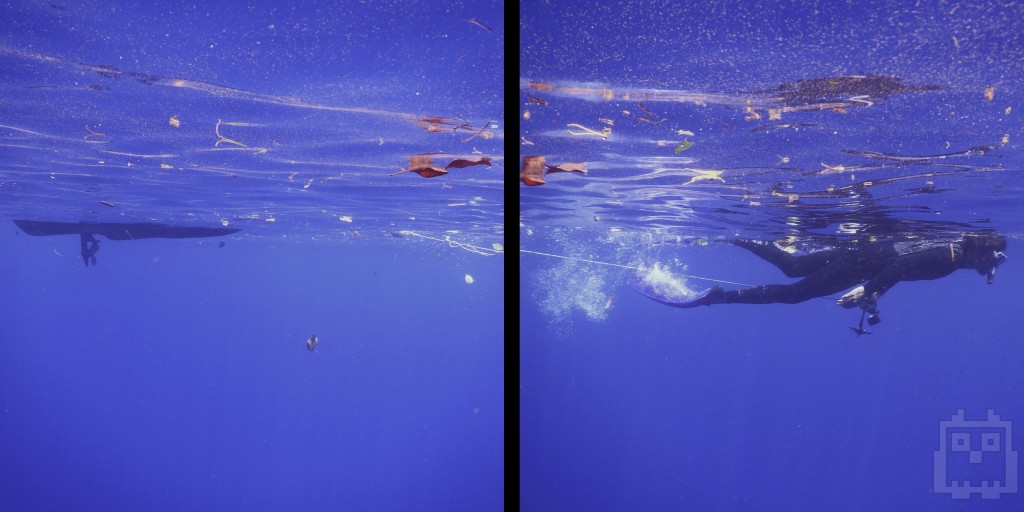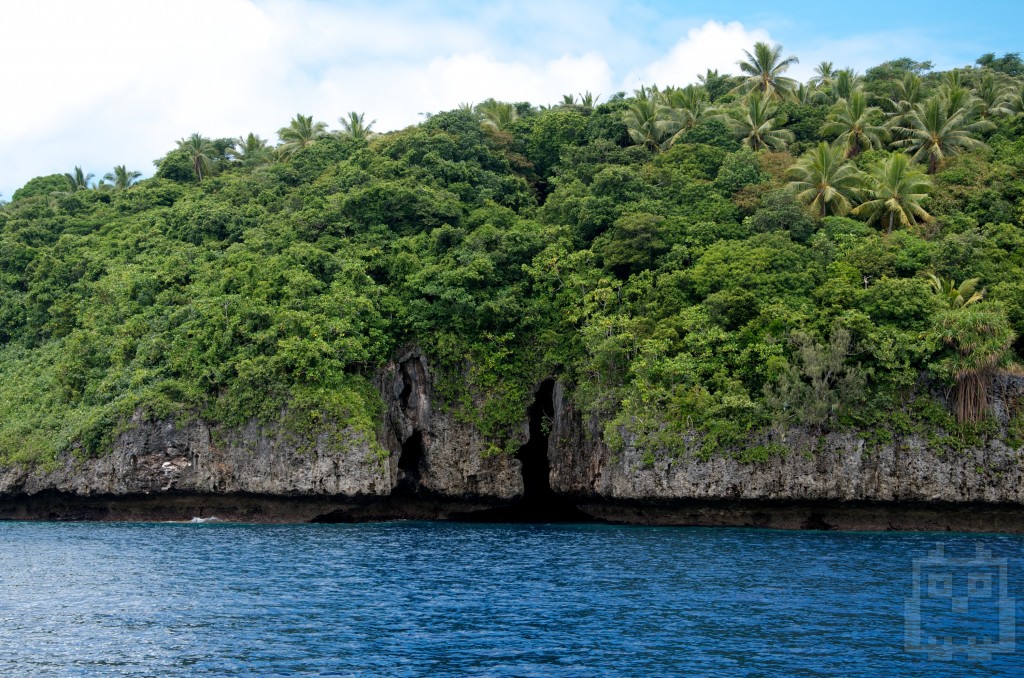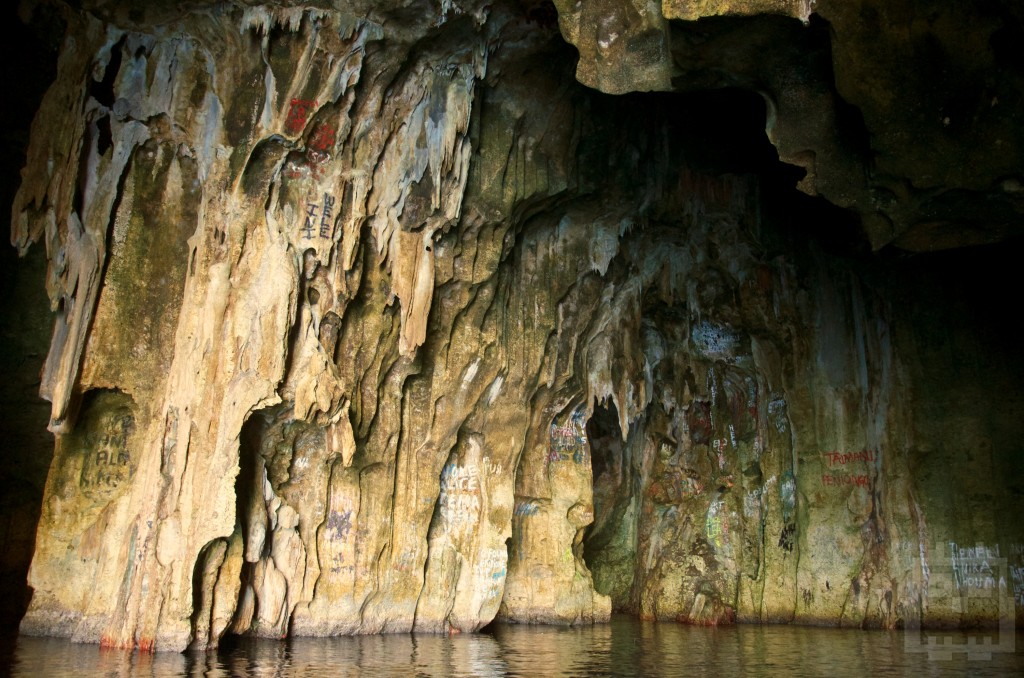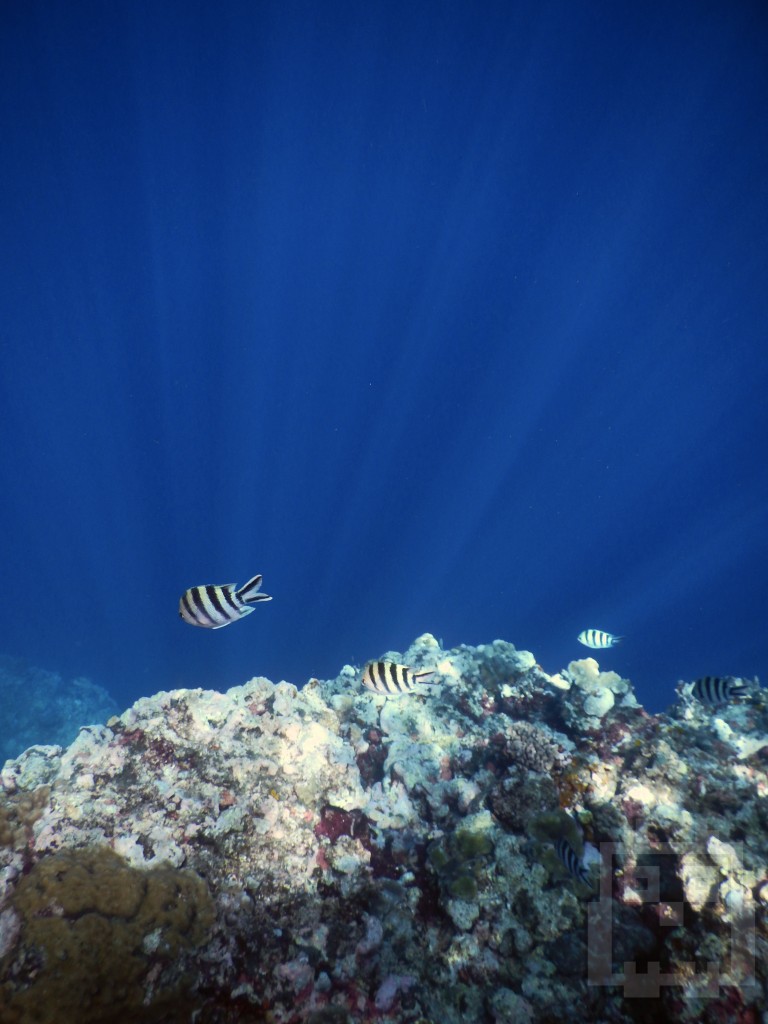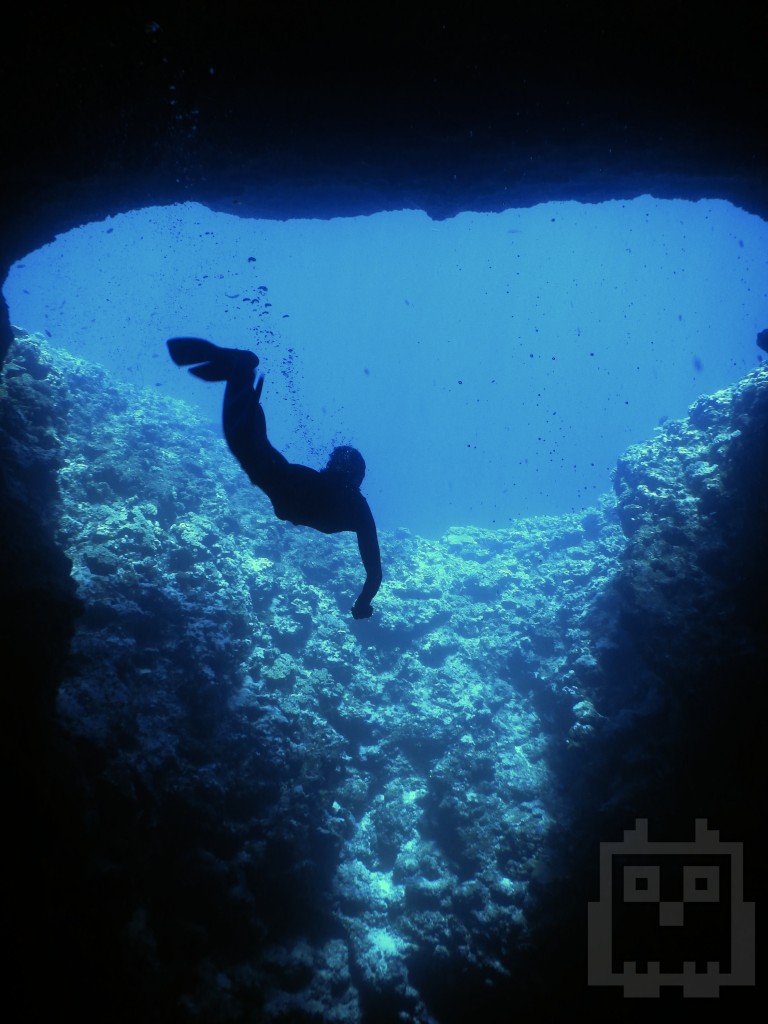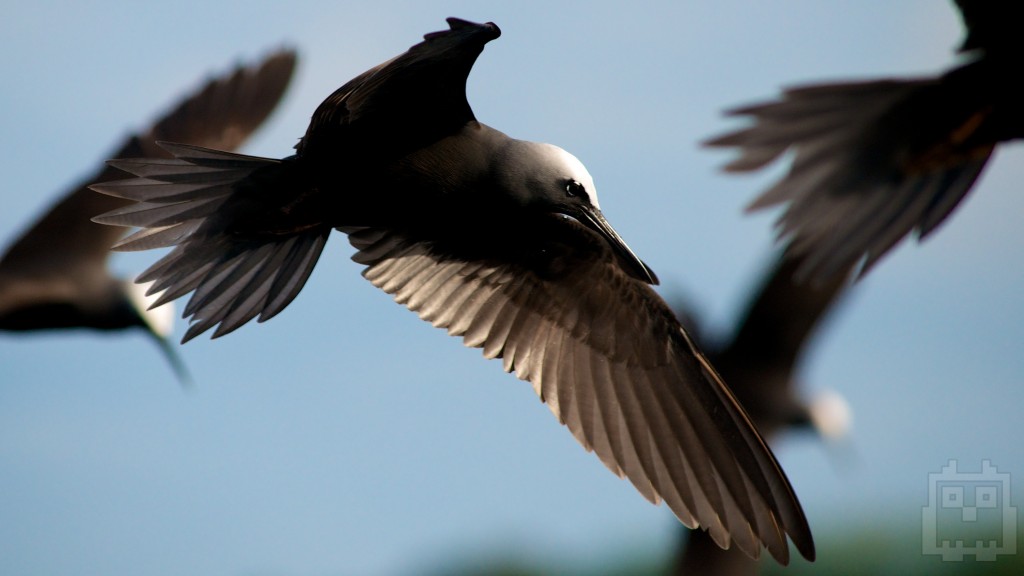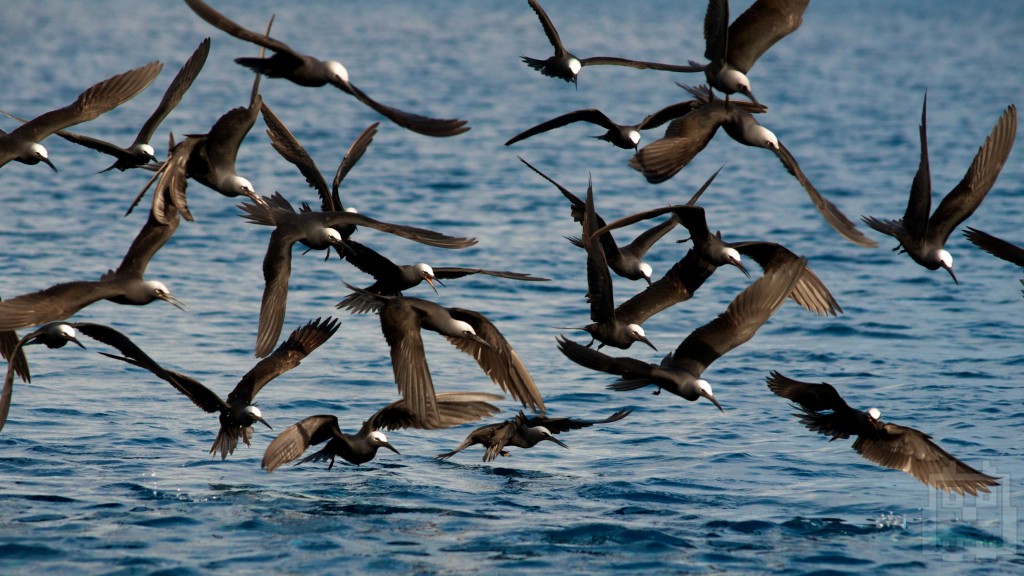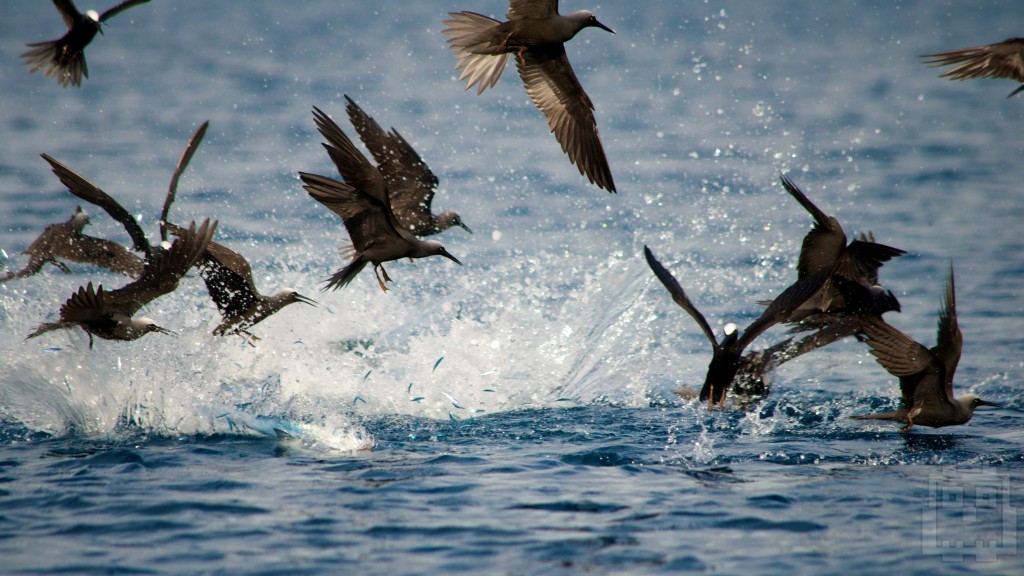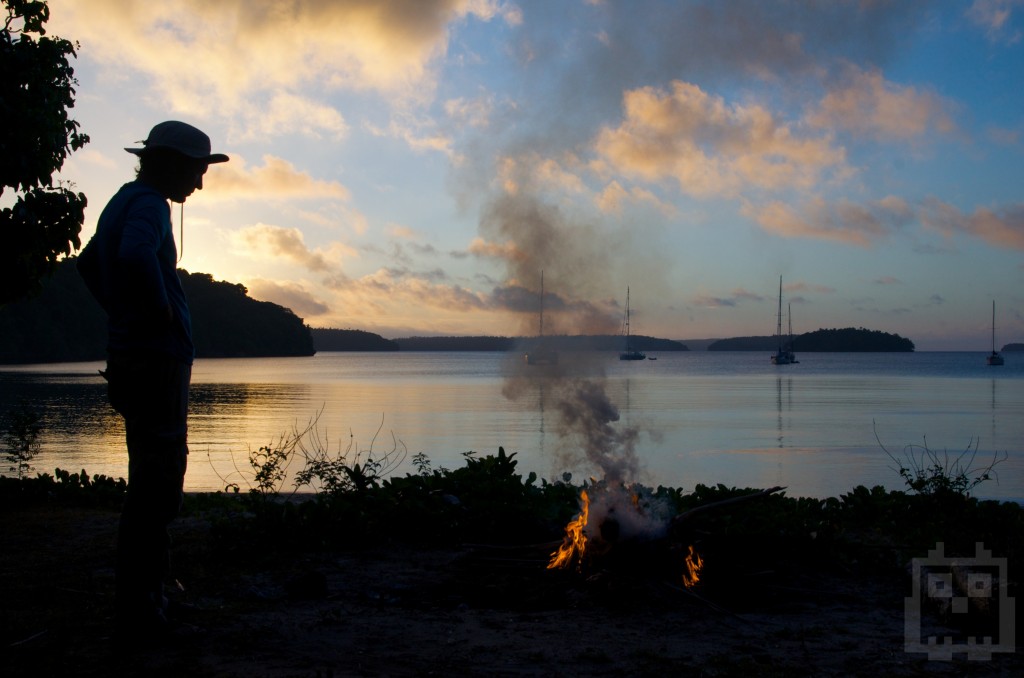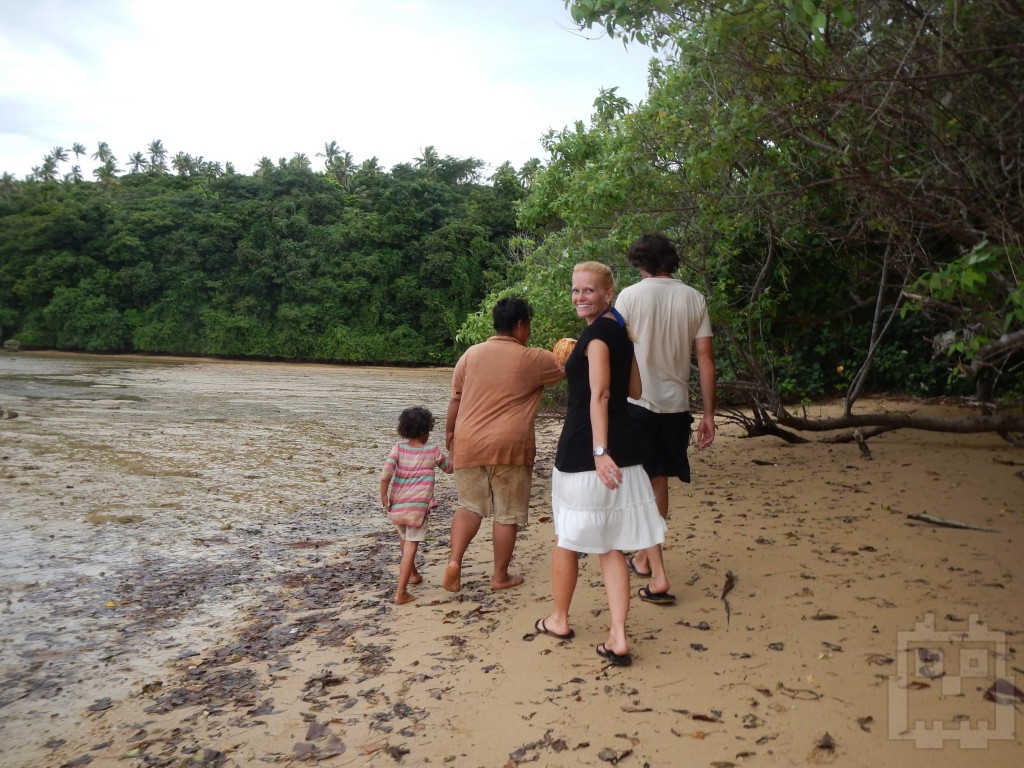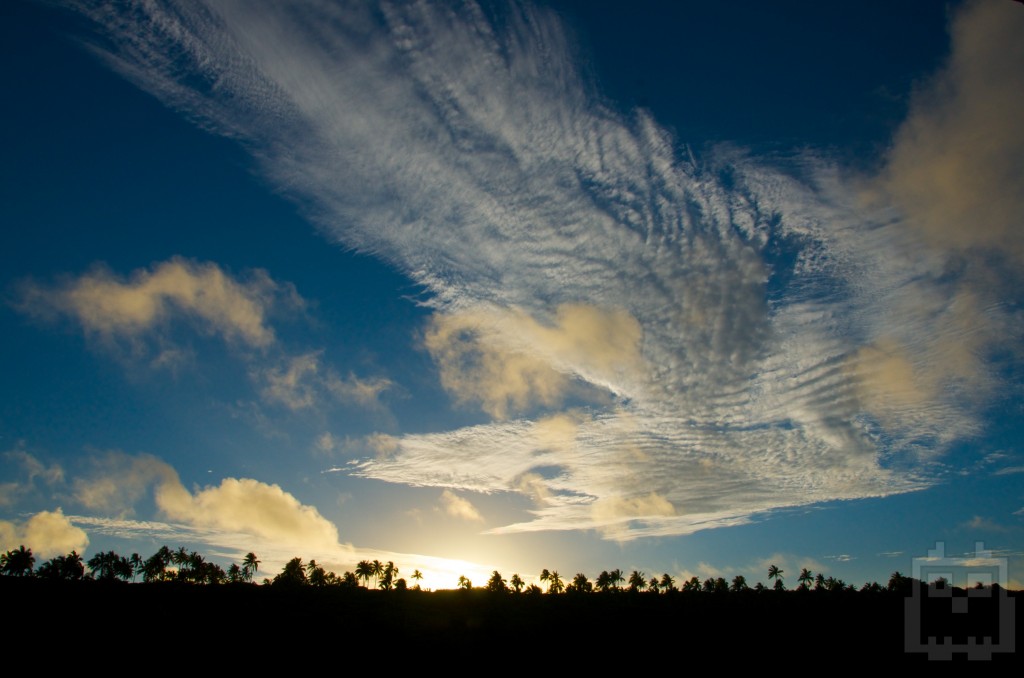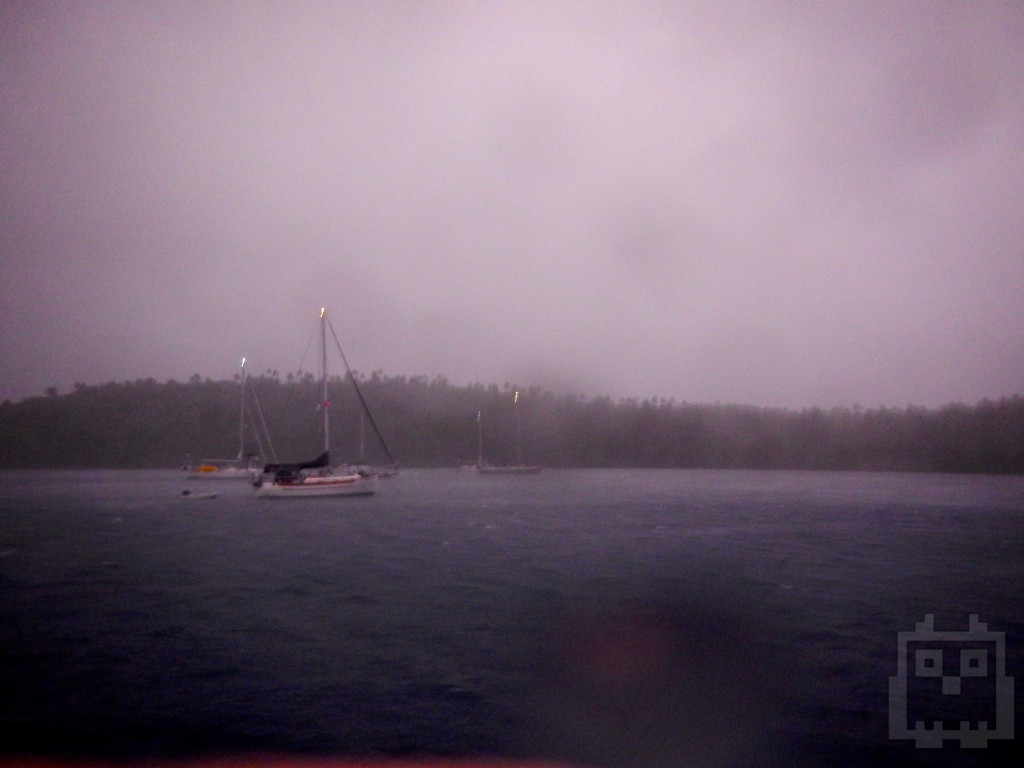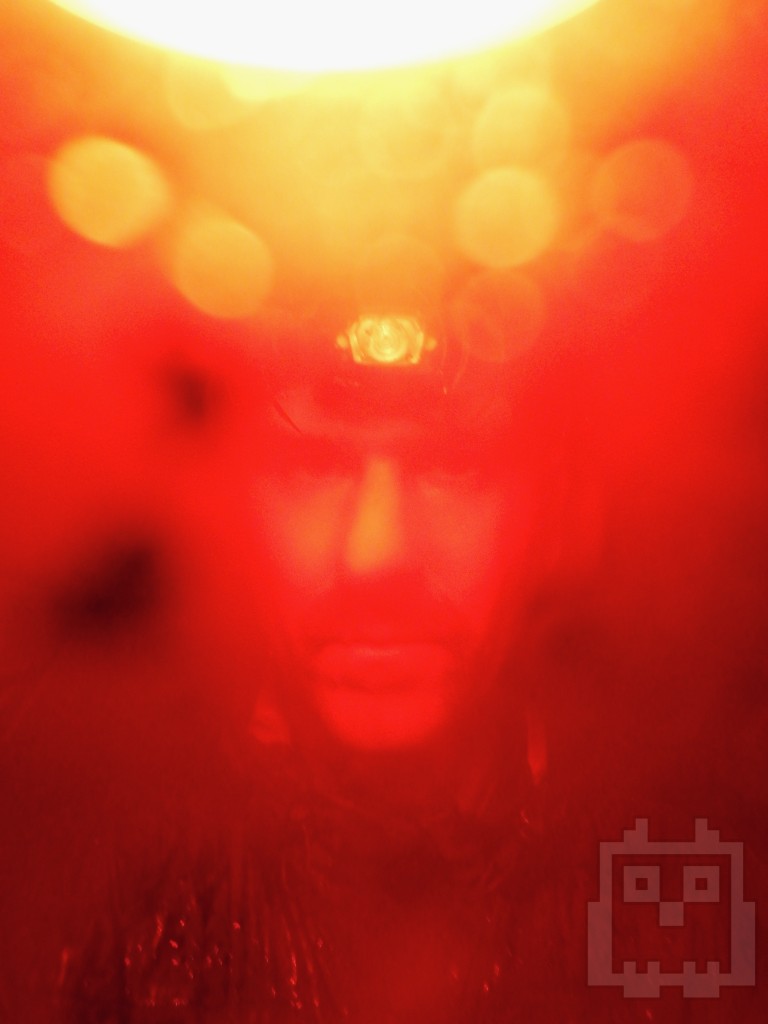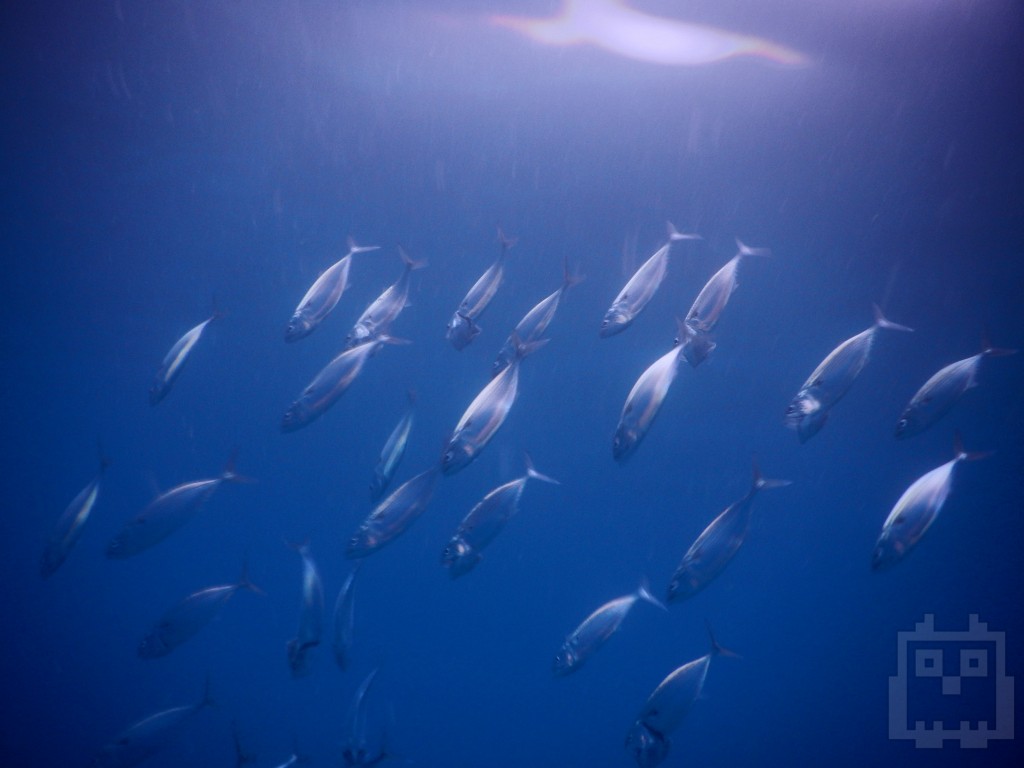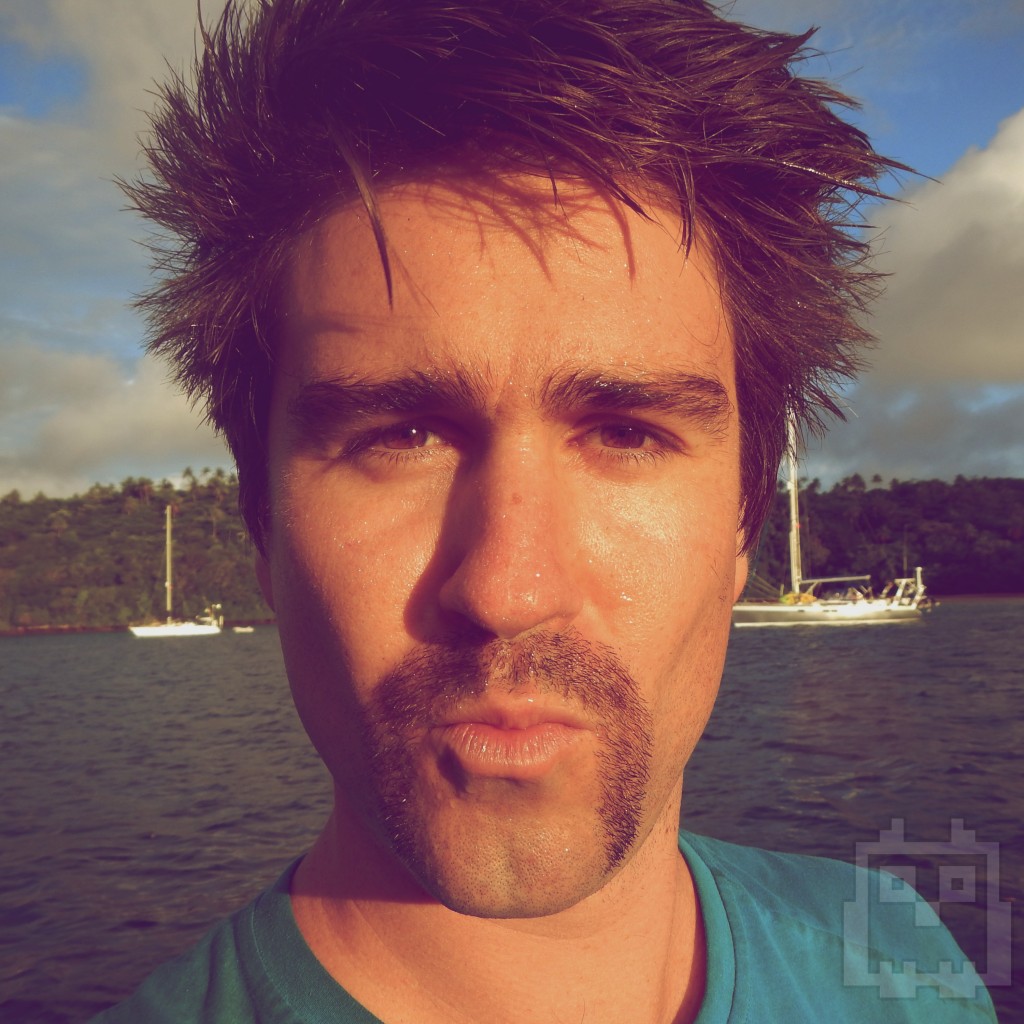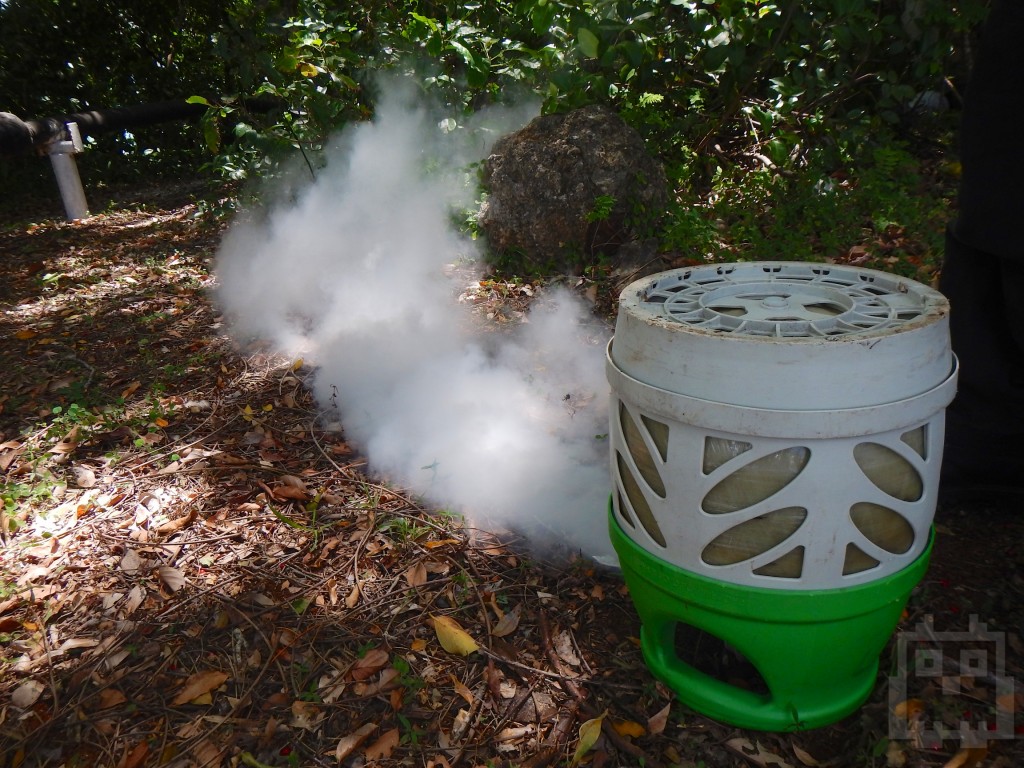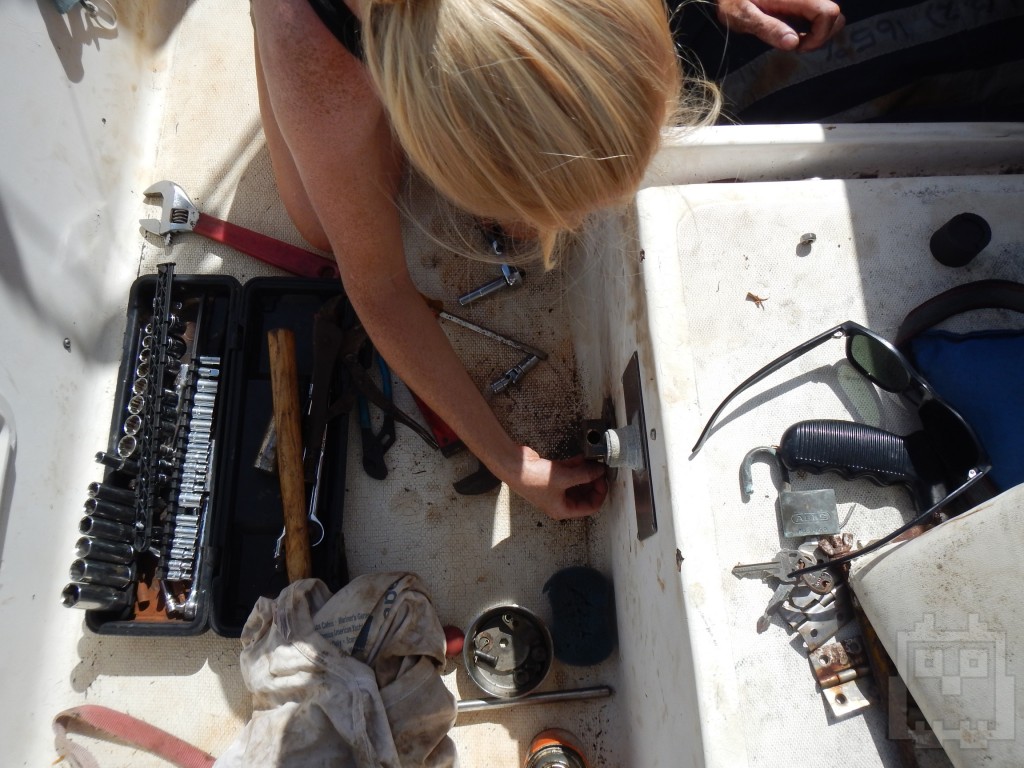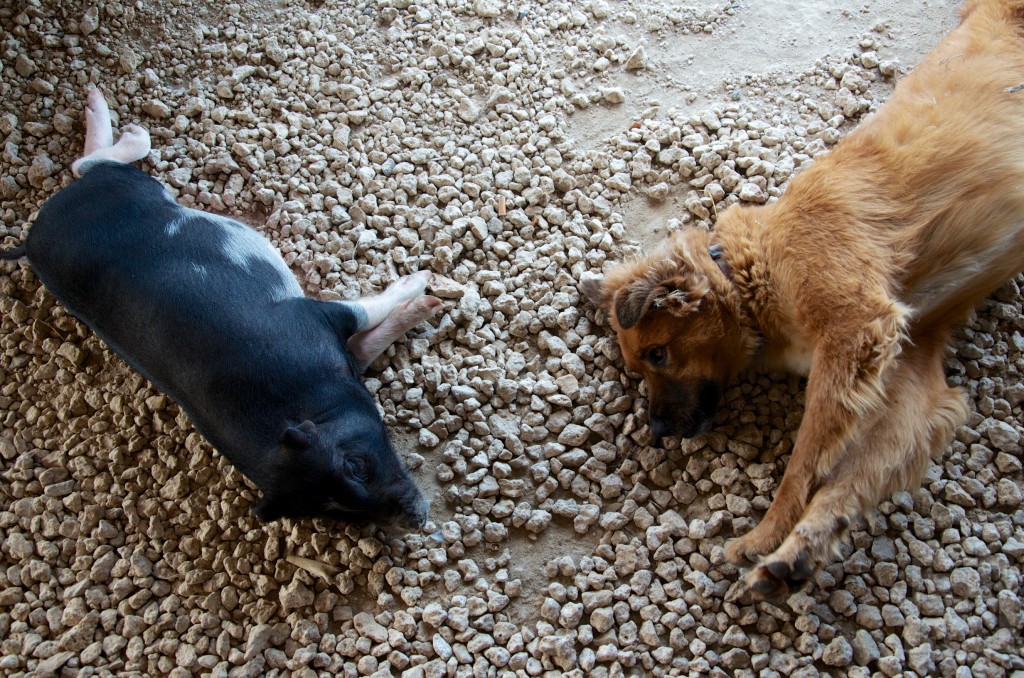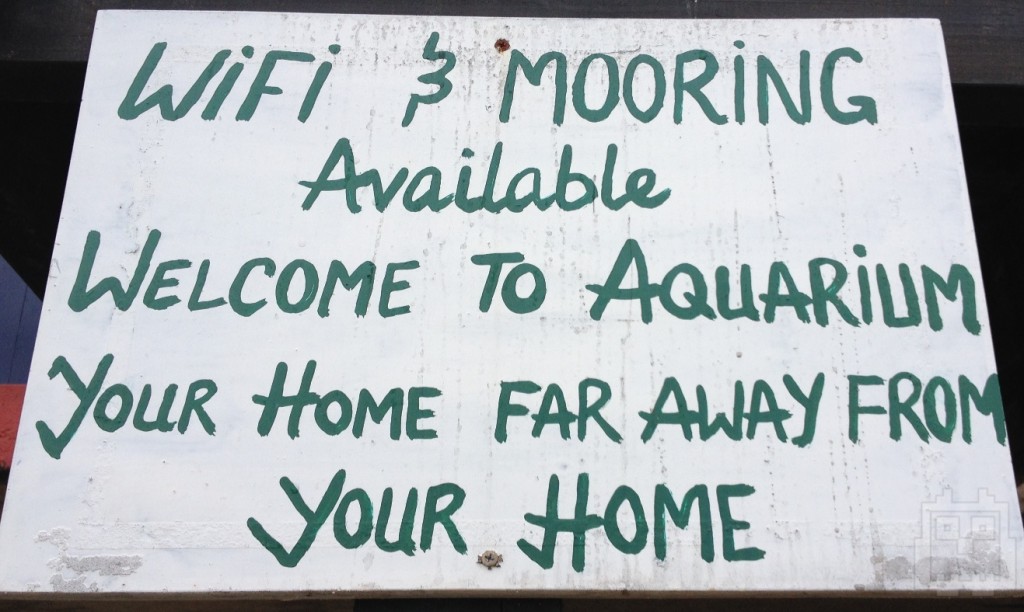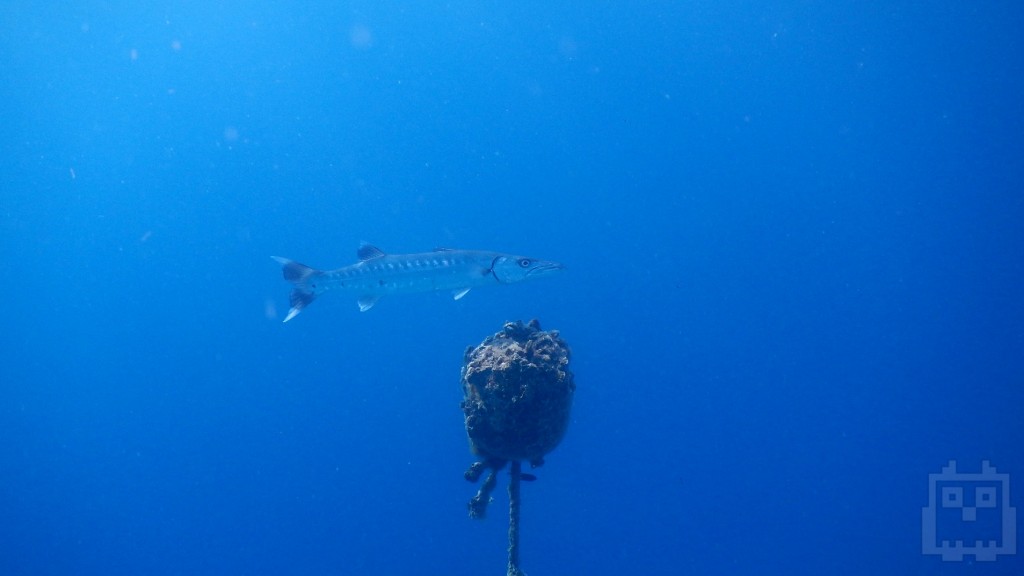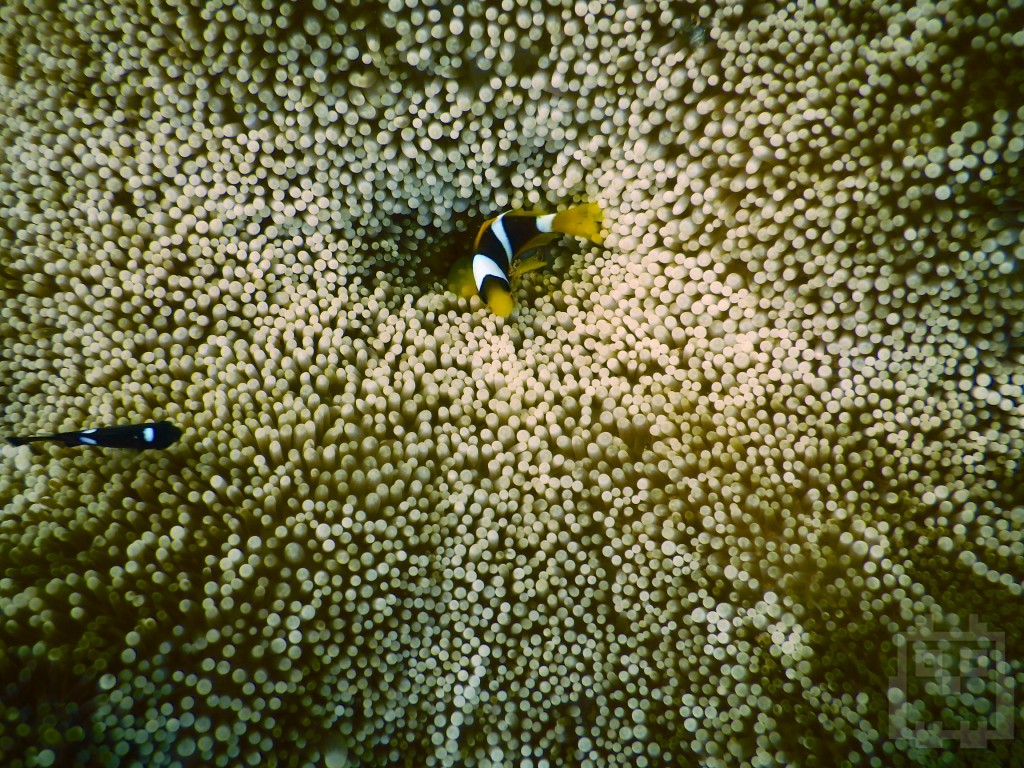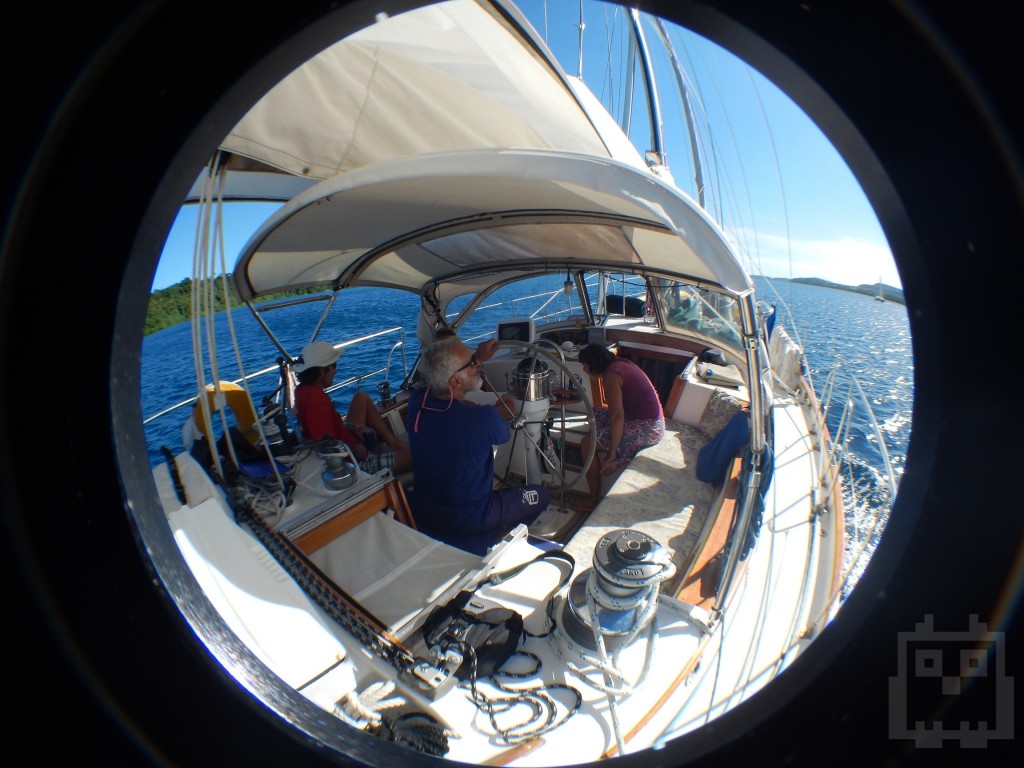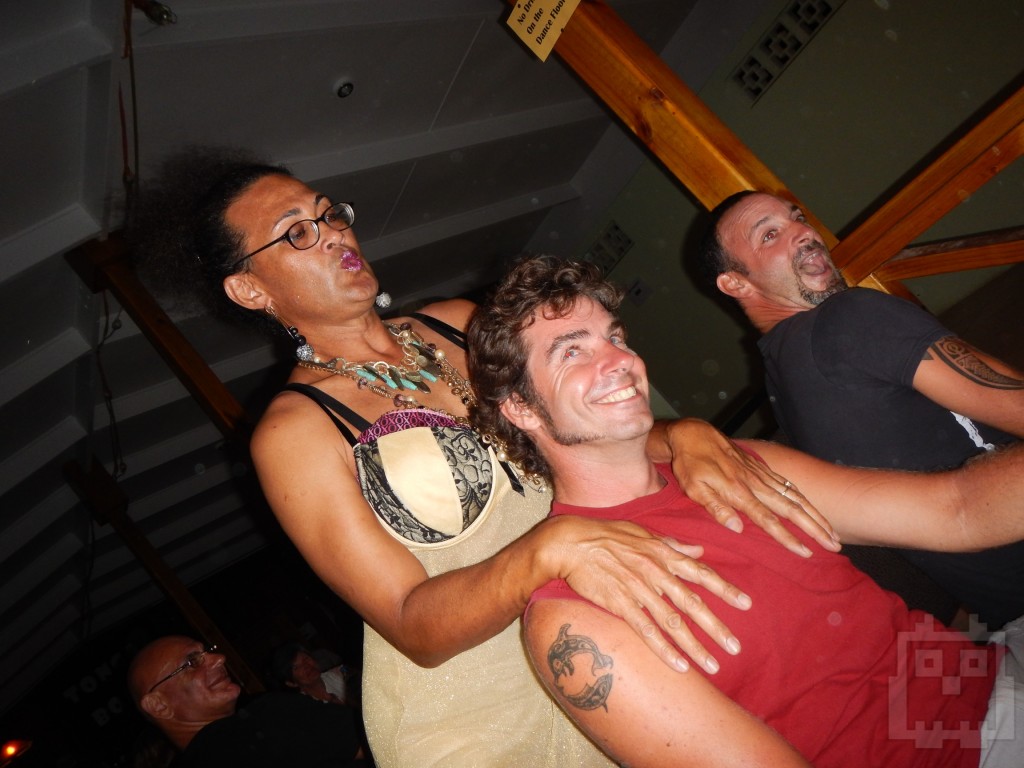Sail Panache
Strutting across the PacificBlog
BACK TO PANACHE: 3 of 3 A SECOND (or Third) LEASE ON LIFE
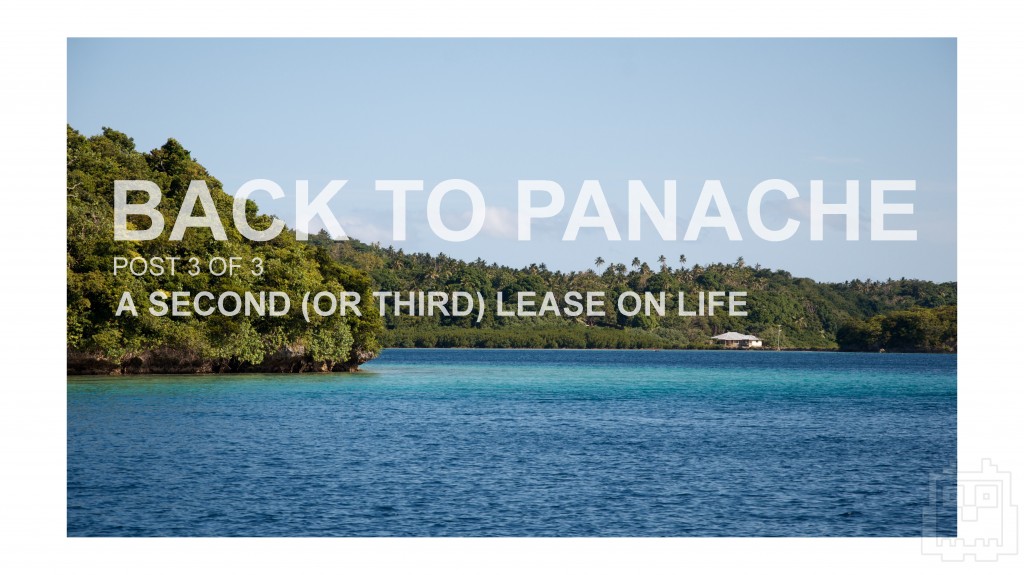
As I paced the aisles of the El Salvadorian equivalent of Costco, I did my best to think clearly about the 30+ days I was provisioning for. Preparing for lunch was sometimes a logistical nightmare, so my departure for Cocos/Galapagos/Marquesas was laced with anxiety. The food choices I made today would echo thousands and thousands of miles beyond my current location. On one side, it’s exciting to square away the last step before shoving off into the blue void after skirting land for so long. On the other hand, I had no idea if I was making smart provisioning choices. I had done all the reading and had all the theoretical knowledge needed to provision for long passages, but reality always provides more gray area than any “How To” suggests. Boy was it a learning experience ...
… That was over a year ago, roughly 5,500 nautical miles and countless freckles later. I was now in Vava’u, Tonga and gearing up for the second part of my Pacific voyage. Mistakes were made while provisioning in El Salvador, and I was determined not to make those same mistakes again. By this point I had amassed enough experience for long-term provisioning that I had a pretty good idea of what to expect, what worked best for my dietary habits and what to avoid.
RULE NUMBER ONE: Canned goods suck, you can find them everywhere and they will rust to the point of popping. Don’t overdo it.
Somewhere between scrubbing the cabin clean of mold and replacing the batteries, I discovered that most all my canned goods were rusted through to the point of popping. They don’t last forever, and this discovery was a little earth shattering. As I pawed deeper into the mess of spoiled food sludge and rust I came across a jar of opened grape jelly that was bulged out so far I was afraid to touch it. I ended up having to call the Tongan bomb squad to detonate the jar somewhere far offshore. I believe the explosion resulted in the death of several whales. A real tragedy that could have been avoided if I hadn't bought so much food in El Salvador. Panache isn’t hermetically sealed, but I guess I expected some items to last longer. Who knew a plastic jar of jelly could be used as an explosive!?
RULE NUMBER TWO: Canned goods suck, and cleaning up spoiled canned goods sucks even more.
I also wanted to chuck the canned goods into the water, but the bay would render the can’s slow-dissolve visible, unlike the open ocean, so I bagged that prospect and bagged the cans up. Nicole just so happened to be making a garbage run while I was wrangling the putrid mess into my cockpit and asked if I needed to make a run myself. Perfect! I just had to get the cans into the dinghy before she can protest. My trash bag was leaking, and Panache, my leg, and the side of Bella Star’s dinghy were all getting a black goo shower of can juice. Nicole's usual friendly smile withered into a tight small line across her face. I was doing my best to contain the situation, but failing miserably. My leaky garbage bag was not permitted to enter Bella Star’s dinghy, so dead lifting it over the water was the only option during transit to the dinghy dock. I had already wiped Panache down end to end with white vinegar, but my canned goods locker was an oversight that needed some attention.
RULE NUMBER THREE: Illegal food dumps should be performed at night. Batman-style.
The canned goods were definitely the most offensive to the nose, but not the most offensive in quantity. Beans, rice and flour – the stapes of cheap cruising – were overflowing in Panache’s pantry, and all of it was rancid. I wasted so much food. I hate wasting food. I don’t feel guilty because someone else could have eaten it, I feel guilty because I could have eaten it. I love food. I love making it, watching people eat it and eating it myself. Disposing of all my rancid flour was heartbreaking. It seems that everyone who makes the initial jump into the Pacific inevitably buys way too much of one thing or another, and in the end they either give it away or, like me, they dump it into the ocean when it spoils. Here fishy, fishy. I counted the potential loaves of warm bread as cup upon cup plopped into the bay. Tears were streaming down my face. I did this dump at night because the flour made a huge white cloud that resembled some kind of chemical warfare, and I’m sure dumping twenty tons of flour into the bay would be frowned upon. Over preparing provision-wise was not a mistake I would make again, and from here on out I would only buy enough food for the duration of each passage. Don’t be afraid to do this. Every place has all the food staples. Nobody needs 15 kilos of flour, and as for the more uncommon food items, well, they just become that much more delicious when you encounter them again. Have some fucking self-control. My shopping run before departing Neiafu was meager; I was even able to snag some un-soiled rice and lentils from Bella Star. Yup, they also bought too much.
RULE NUMBER THREE: Goodbyes don’t need to be sad; they need to be good.
With food a non-issue, I checked out of Tonga and was left with four Tongan dollars in my pocket. I could have spent the last bit in the market, but the only souvenirs I seem to acquire on my travels are unspent foreign currency, so I was content with the leftover cash. Panache and Bella Star were finally going to drop our moorings and head for the surrounding outer islands. While I was going to continue on to Fiji, Bella Star was going to head south to prepare for a jump to New Zealand. This ultimate decision was not easy to make, and for a moment I was convinced that Bella Star would indeed follow me west. I can’t argue with the logic that in the end parted us once again, but I can tell you that it was not what I wanted to hear. But, with several days of Bella-Nach hangouts ahead, I couldn't bother myself with being sad about a future goodbye!
The mooring was still tied to Panache. It had been swinging around the mooring for the better part of a year and was now twisted into a tightly braided single strand. My pre-departure checklist was a bit scattered, and I was rushing around checking and re-checking systems to make sure all was well. With the engine pumping, I scampered up to the bow and lifted the endlessly tangled mooring line. Aaron and Nicole were watching the detangle show from the dinghy dock where they were filling up with water. I finally untangled my line from the mooring and held it in my hands for a quick minute before gaining the composure to let go. I scampered back to the cockpit and pushed Panache into gear. I almost forgot how much I hated the sound of that engine.
Our first anchorage was only six miles away, but with a slight headwind, chugging along at 3.5 knots under power made for a long passage. Can I even call a six-mile trip a passage? Whatever. The anchorage actually had several moorings to prevent anchor damage to the surrounding reefs. Bella Star beat me there, but only marginally. I’m pretty sure they slowed their progress to make Panache look less slow. It didn’t really work. Jellyfish had enough time to get out of the way. I was the slowest thing in the ocean by far.
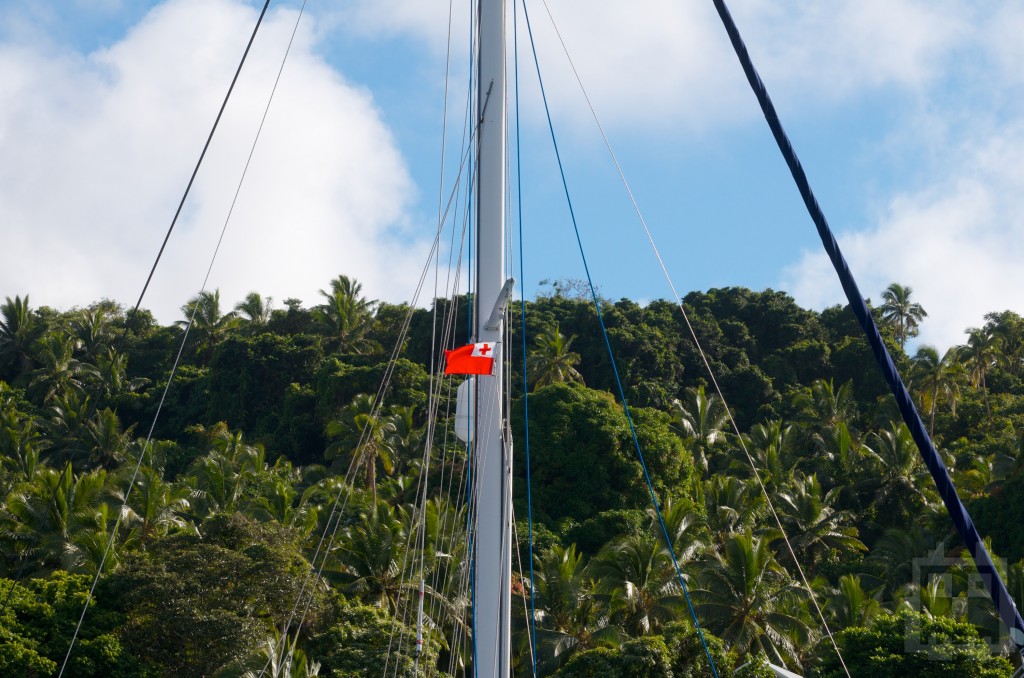
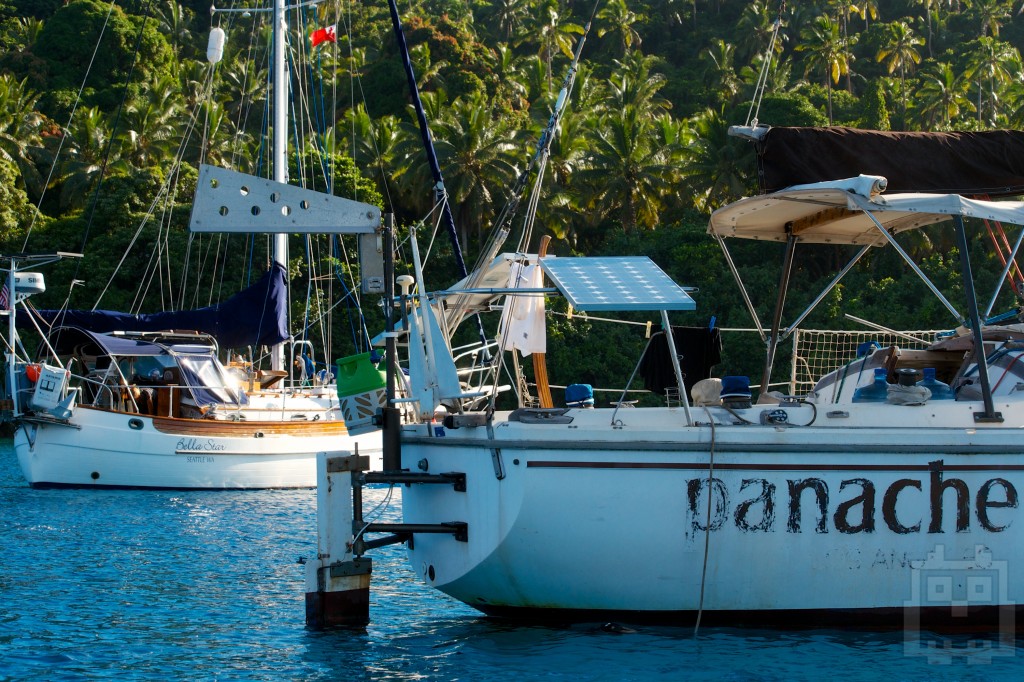
RULE NUMBER FOUR: Cheap beer is King! Or should I say Kingdom!
The sun was blistering hot and right after I was tied to the mooring, I jumped in the water and was greeted with a Kingdom! What is a Kingdom you ask? Well, it’s a country, state or territory ruled by a king or queen. It is also a cheap “Tongan Beer” that is brewed in Fiji and sold exclusively in Tonga. When Bella Star and I were hunting around for provisions, we discovered one of the most amazing finds in cruising history. Dirt cheap decent beer! For 30 TOP, anyone could buy 24 cans of Kingdom Beer. You didn’t even need to be royalty! Bella Star did the math, and it amounts to around 52 American cents per can. So needless to say we bought several cases. It’s by far the cheapest kingdom you can buy. The thing about buying cheap alcohol in bulk is that your rations don’t last any longer; you just end up drinking them faster. The concept of cost goes out the window, and another Kingdom always sounds like a good idea. Between Bella Star and Panache, our kingdom of Kingdoms was quite large.
When we went out to snorkel the neighboring A’a Island, we brought several Kingdoms to keep us company. The water was clear, and the island was small enough to do a quick circumnavigation with the dinghy. I brought my new speargun along to try my hand at catching dinner, or at least an appetizer. While there weren’t too many proper food fish (a little worrisome), there were numerous parrotfish. They quickly became the target. I had eaten my fair share of parrot fish in Palmerston atoll of the Cook Islands and knew the meat was quite delicious. Aaron was surprised to hear that they could be used as a food fish, and I understand the hesitation. They are a rainbow of color and always appear to have a smile... Even after you spear them. You can’t be too sad when they taste so good.

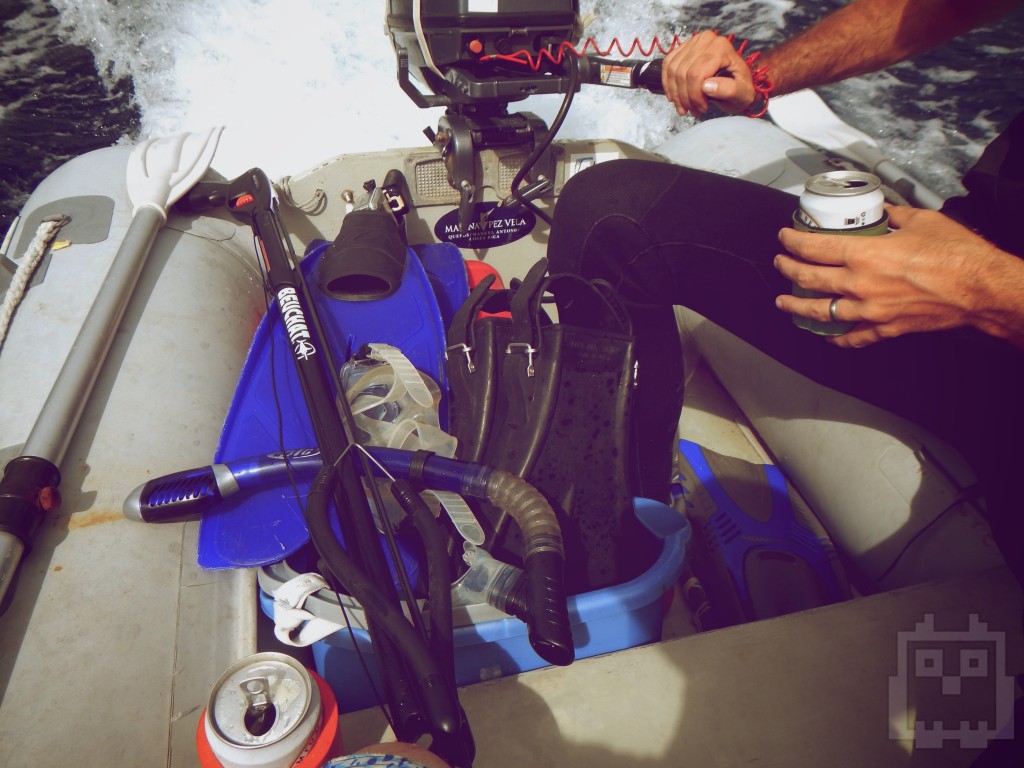
We ended up spending our first two nights at the Point Maurelle anchorage to take advantage of two snorkeling hot spots nearby: Mariners and Swallow Caves. Both could be snorkeled in one day, but the real key to success is avoiding other divers. We did just that by making an early departure. First up was Swallows Cave. It required no actual diving to enter or explore; we actually motored right in and tied up against the wall. It’s a bit creepy to swim around in a body of water that has so many deep dark spots, but after doing some quick math to calculate the flipper traffic per week I felt a lot better; however, I have no doubt some big fishes are down there. The cave goes way back and then abruptly rises out of the water, but without any safety gear, it was a slippery and dangerous free climb to fully explore how deep it went back. Feeling we had satisfied our curiosity, we awkwardly slopped ourselves back in the dinghy and prepared for Mariners Cave.
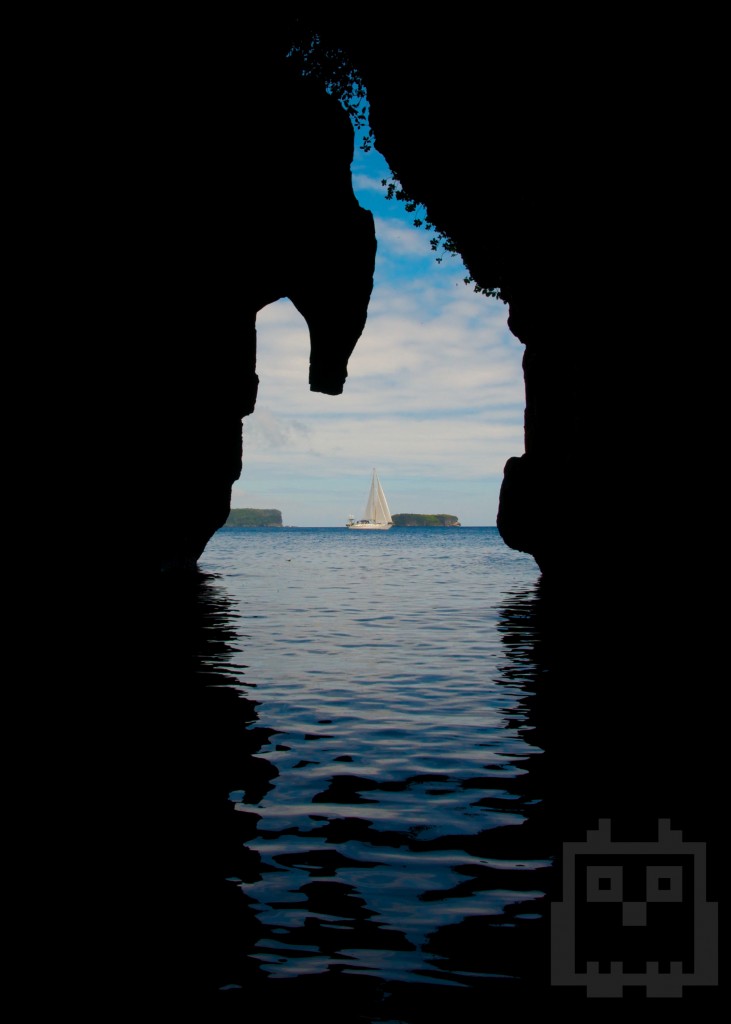
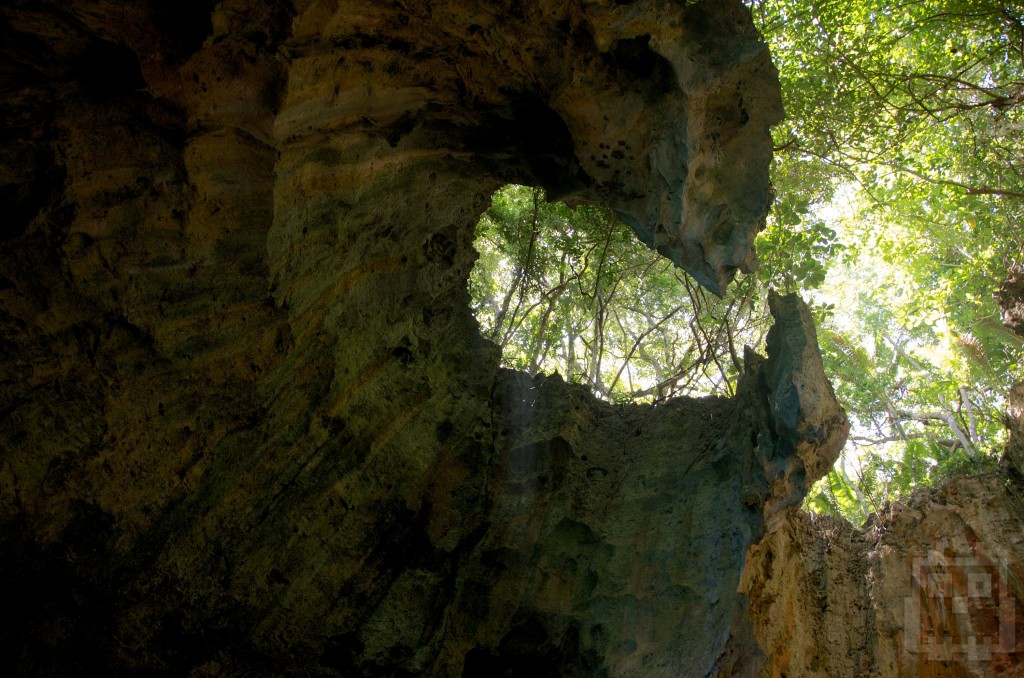
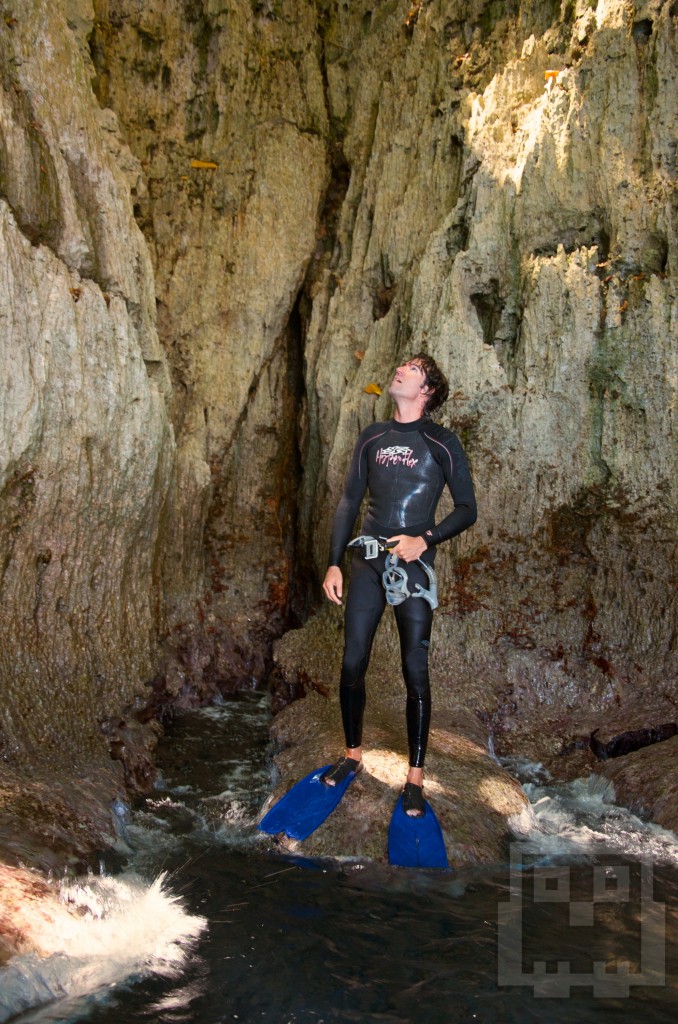
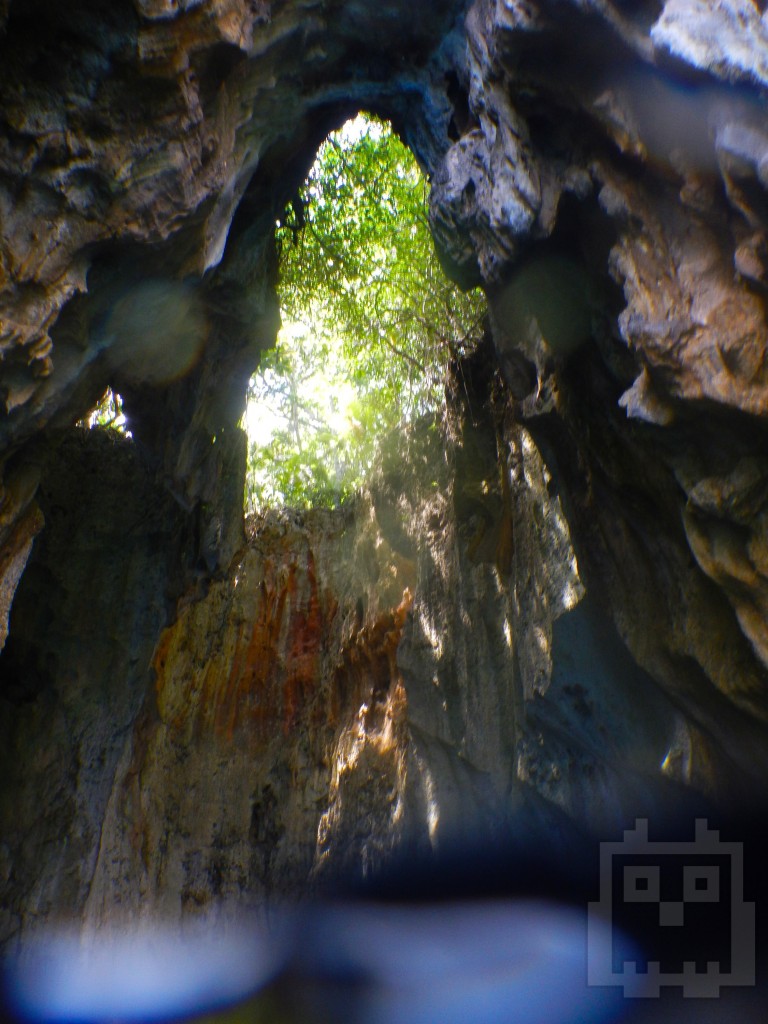
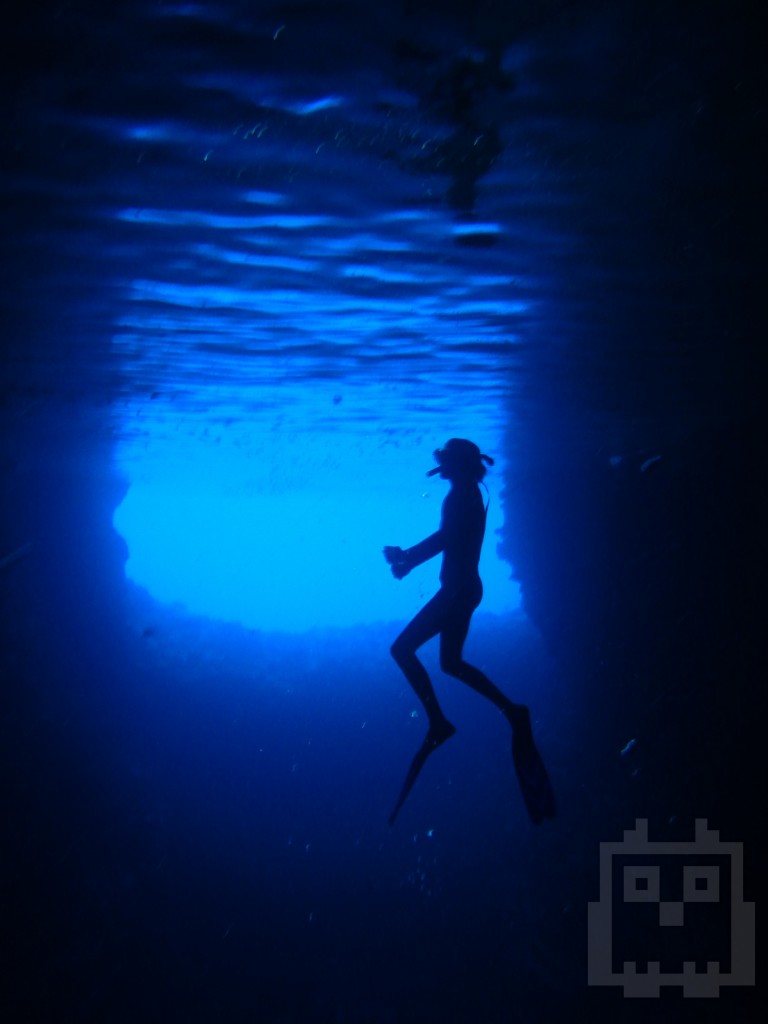
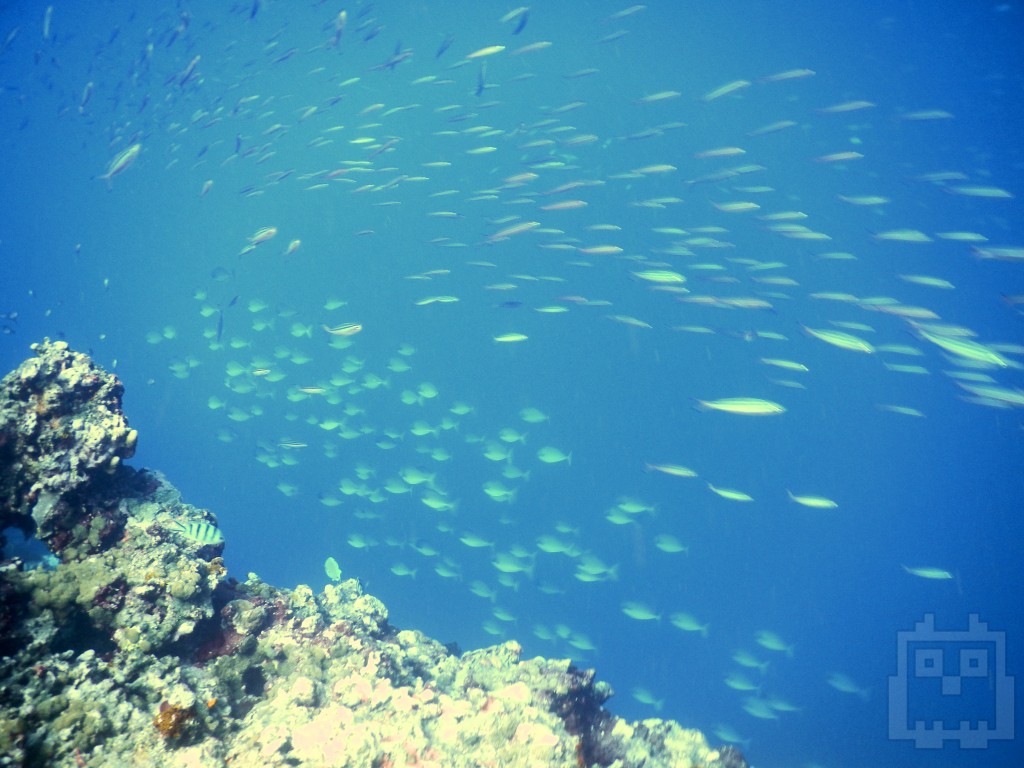
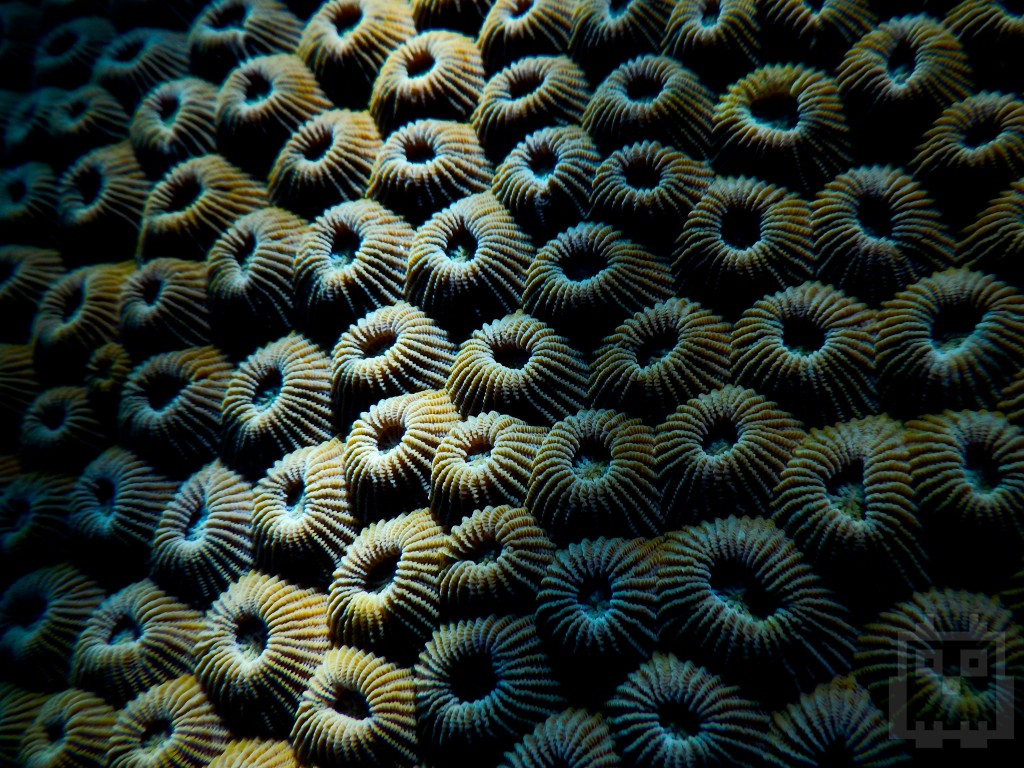
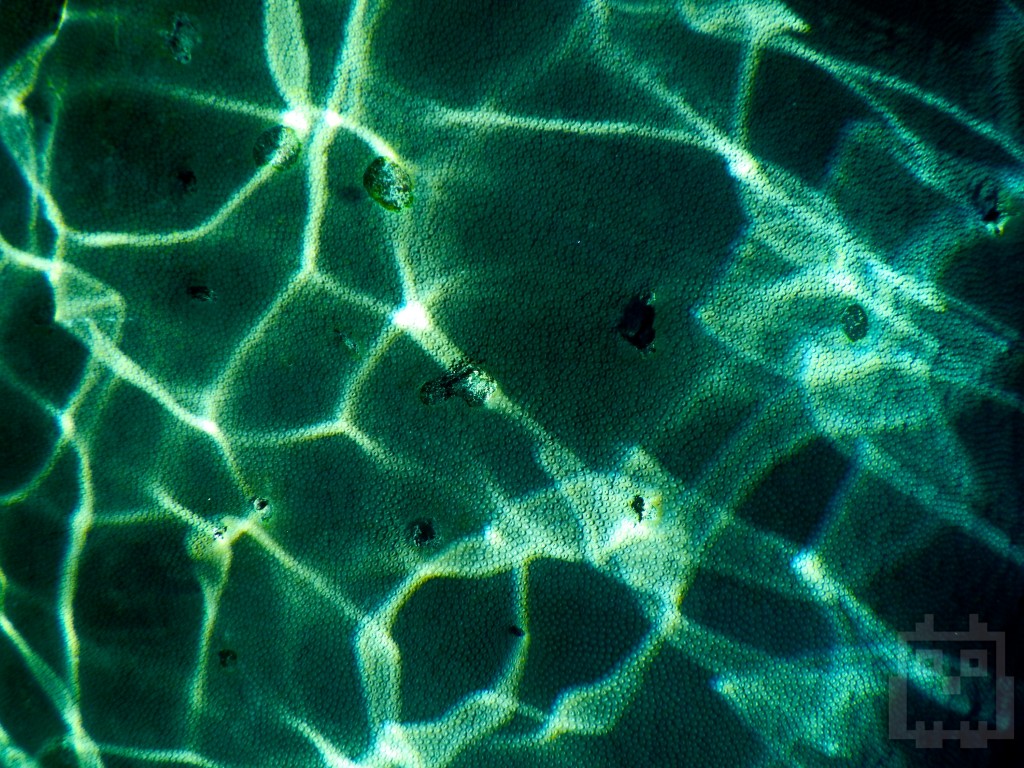
The exact location is a bit of a search because the cave entrance is underwater. An arrow is supposedly spray painted onto the rocks above, but we had an exact Lat/Long to navigate to. Diving into the cave sounded a bit difficult, but the actual process took less than 8 seconds before I broke the surface on the inside. My silent worries were wasted because this cave was a real treat and sooooo accessible. It was dark, but not pitch black. The sun forcing its way into the cave gave the water that classic swimming pool blue you see at night. With each retreating swell, the cave’s humid air would become visible, making everything look foggy. As the swell returned, the cave would turn crystal clear. I could even feel the pressure change in my inner ear. Aaron and I renamed the spot “Cave of Science,” still slightly mystified by the physics/magic that was taking place.
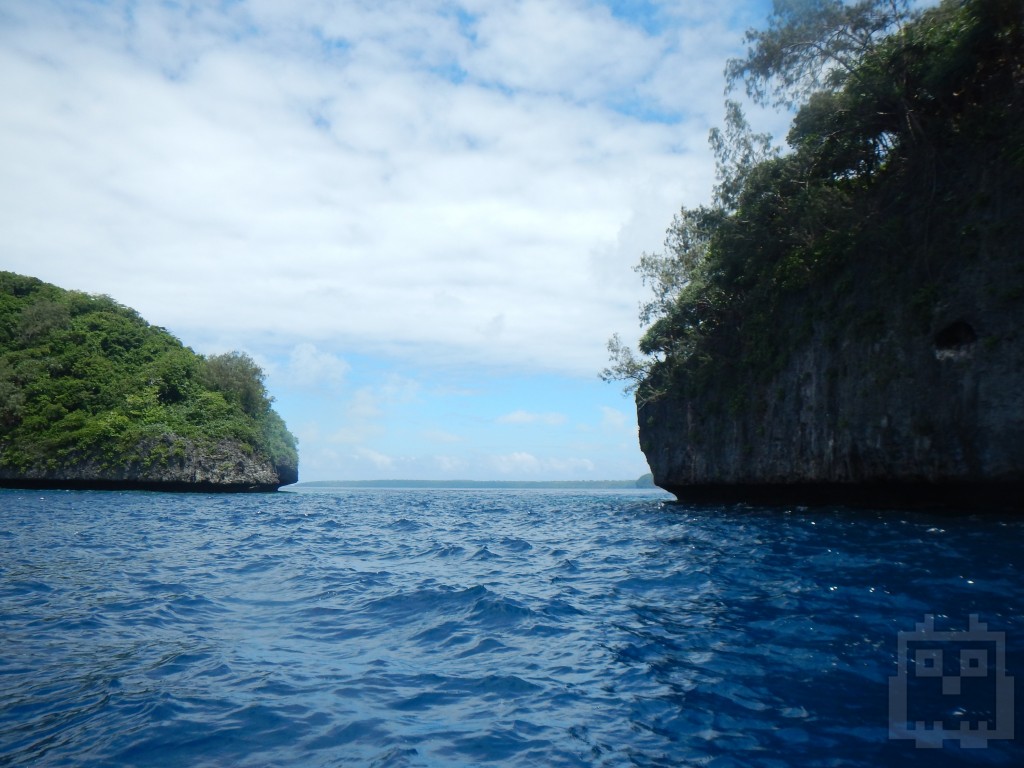
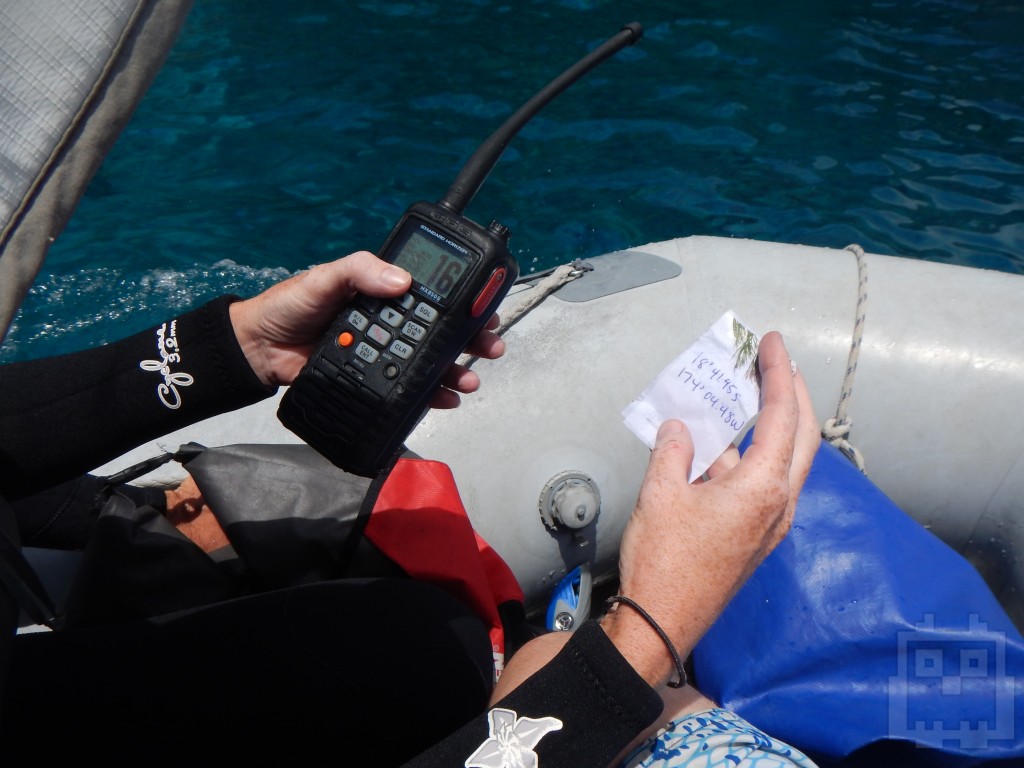
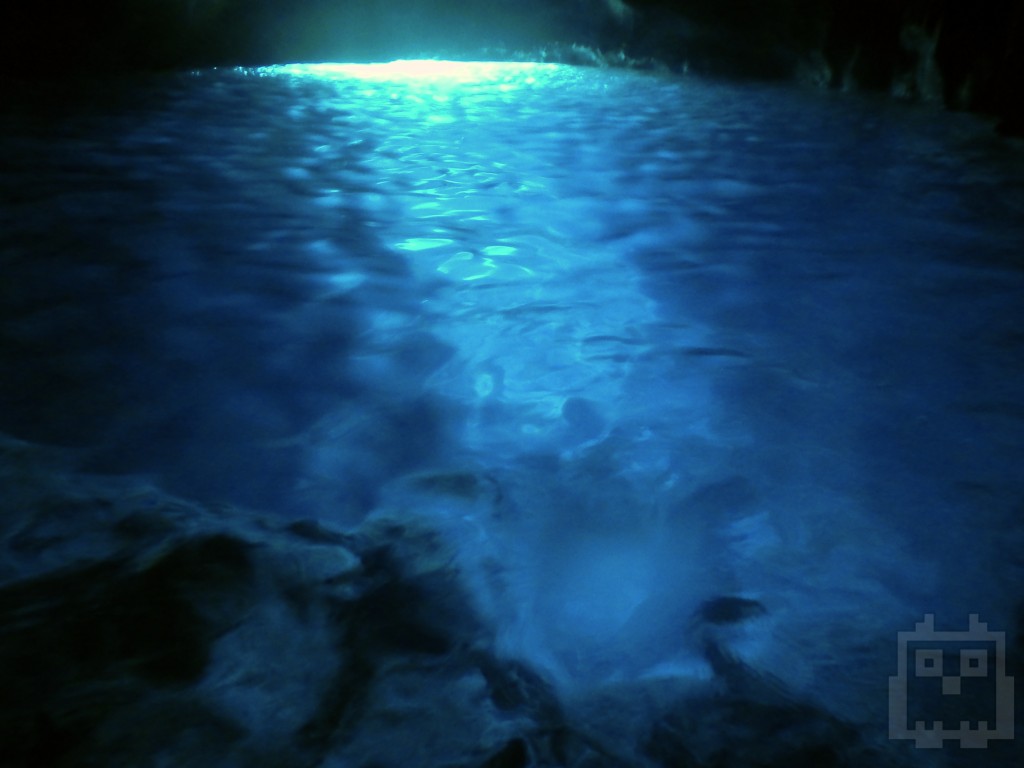
That night we geared up for a beach fire on shore. For being surrounded by wood, wood was a bit scarce. I gave a silent sarcastic thanks to all the other cruisers who frequent the spot and gobbled up all the wood. Much of the wood we did find was too damp due to the torrential rain Vava’u received only days earlier. We managed to accumulate a respectable pile of firewood that ended up being a bit too large for our purposes. By the end of the night, we had to make a super-fire to utilize all our hard firewood-collecting work and to make sure there was no firewood for any further fires. As smoldering embers replaced the blaze, we slowly went back to our respective boats to fall asleep, still smelling of bonfire. I love that smell. Thousands of miles away from home and I can still close my eyes, breath in the smoke from my clothes, and transport myself back to my family’s beach cabin on Whidbey Island.
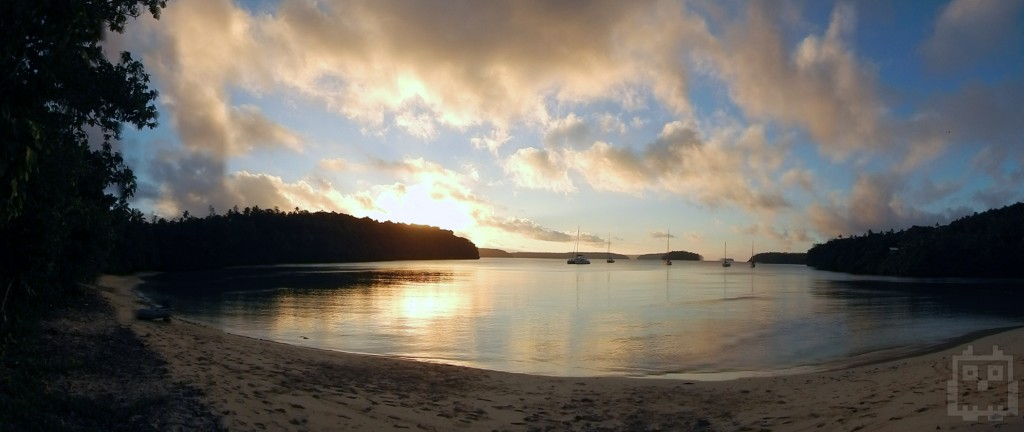
The morning grib files downloaded for Vava’u the next morning promised a strong southerly that was due to roll through sometime around midnight. Vaka’eitu, a short distance from our current anchorage, provided “perfect” protection. Most every anchorage has a number assigned to it, and I can’t for the life of me remember what number these anchorages were, but I would rather forget than forever label them by a number. The numbering systems came about thanks to the charter company Moorings. I guess they figured the Tongan names were a bit too hard to pronounce, so numbers just made it easier for the tongue-tied tourist. I can’t be too offended, because Moorings was right, I can’t pronounce most anything in Tongan. It does still bother me a little though, like the place is getting sanitized of some of its culture when now even some Tongans are referring to their home as anchorage 17 or whatever. If you go to Vava’u, try to learn the real names of the anchorages for solidarity’s sake. The numbering system will always be there for convenience, and if you are like me, you will need it.
Our southerly protection came at a cost charged in the form of depth. I was anchored somewhere in the 60’ range and felt obligated to let out all my chain. After watching my position on the chart plotter remain a constant, I tried to dive on the anchor to see if it was near any coral heads, but the water was too deep and too cloudy to get a good look. I was a little reluctant to head in shore to go on a little walkabout without having concrete confirmation that my anchor was doing its job, but I wasn’t moving, and the southerly was hours away from reaching Panache. After a quick snack, Bella Star convinced me to join them on a walk to the other side of the island.
Right when we hit the shore, the owner of the island greeted us with three coconuts ready to drink. Without even being asked to host, this lady was playing quite a good one. With one of her daughters clinging tightly to her leg she walked us to the trail and sent us on our way with a smile. I have never been such a good host – to strangers no less.
With each step further into the island’s interior, the sound of the waves gradually dissolved to the thick jungle that tangled its way towards the sky. Within a hundred steps, sounds of the ocean were completely replaced by several competing bird songs. The trail popped us out on the other side of the island where a stretching white sand beach sat empty of any sign of human existence. The high tide line was dappled with pieces of pumice that floated when tossed back to the water, and returning the largest pieces became the entertainment. When throwing pumice got boring only moments later, we started poking around the tidal pools. Most of Tonga’s coastline is strikingly volcanic in nature. Its porous quality gives it a razor-sharp texture that demands fastidious foot placement. A misstep or slip would result in an ugly cut only time and copious amounts of antibiotic ointment could repair. I wasn’t interested in this outcome, but the fact I was stumbling around in flip-flops begged to differ. Walking was further complicated by hundreds of little sea cucumbers I desperately didn’t want to step on. I was a more sympathetic version of Godzilla, but definitely left a crippled cucumber population in my teary wake. I’m sure my next life will be spent as a sea cucumber.
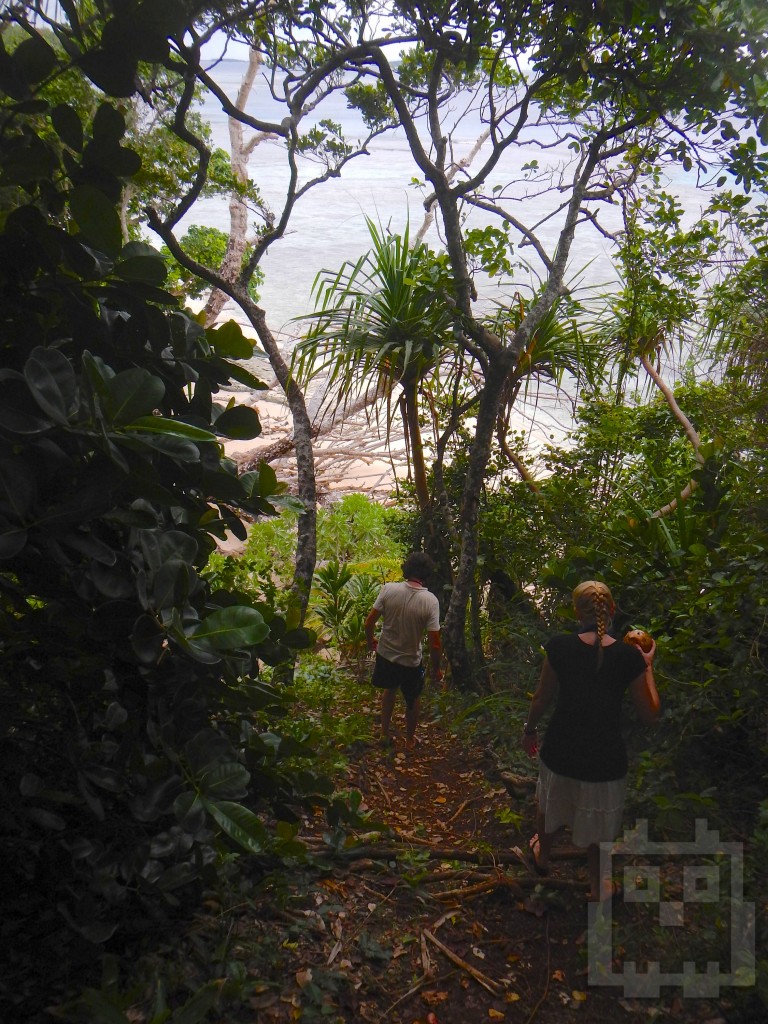
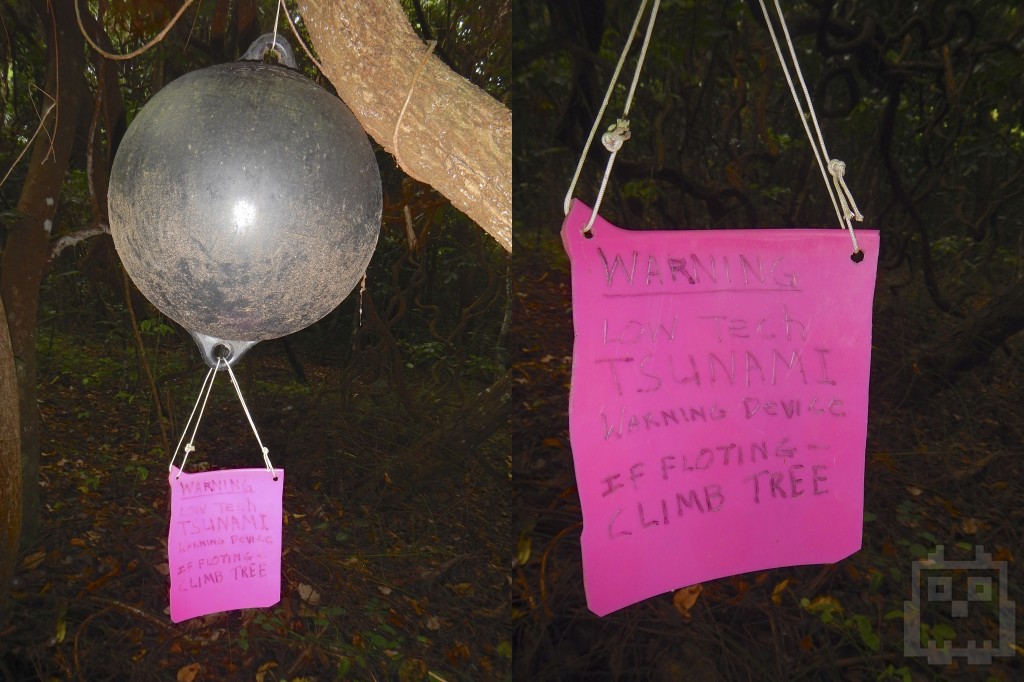
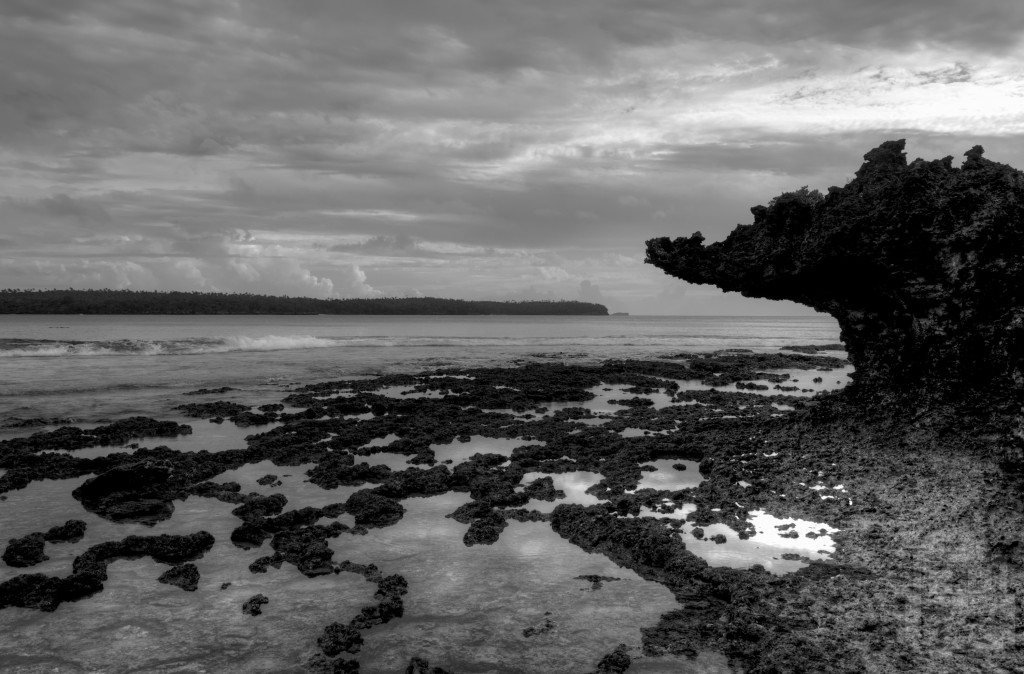
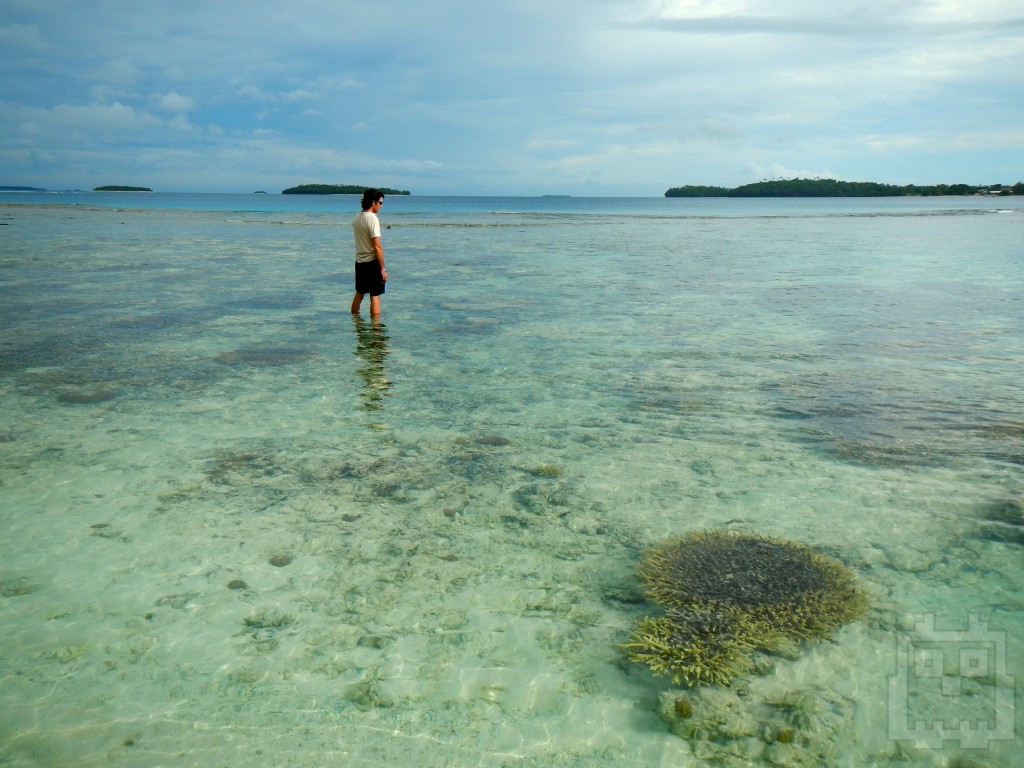
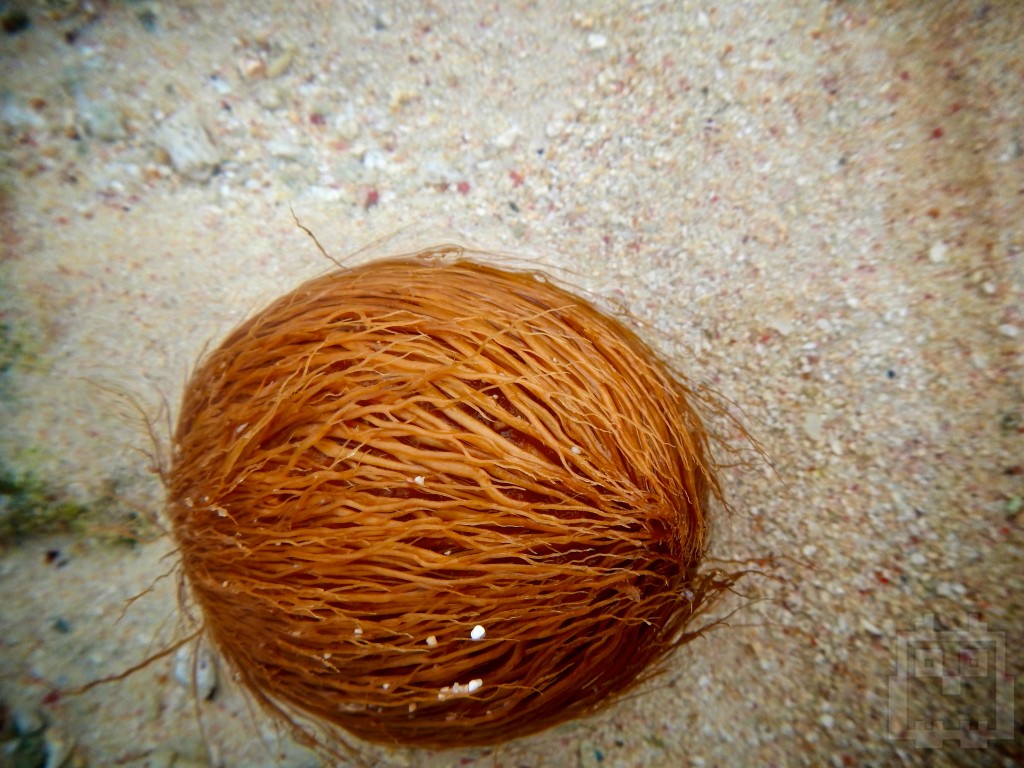
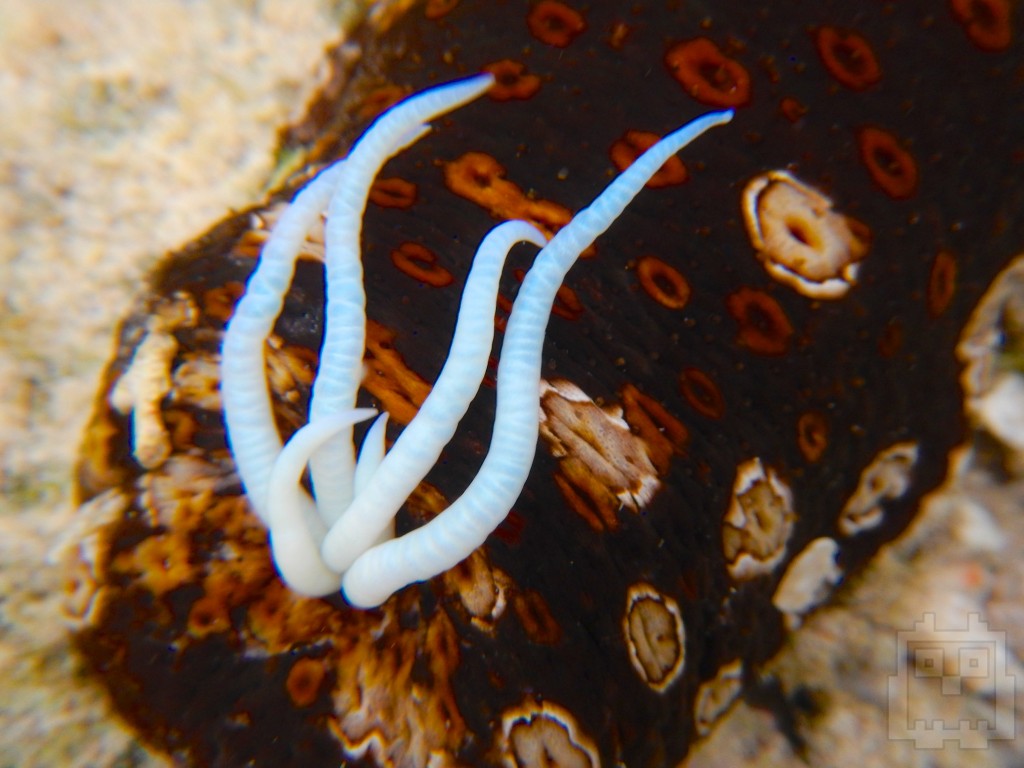
When sea cucumbers are threatened they release a sticky thread that distracts their enemy. In some species these threads can be poisonous. As a defense mechanism some sea cucumbers can even self-eviscerate parts of their own body. Crazy.
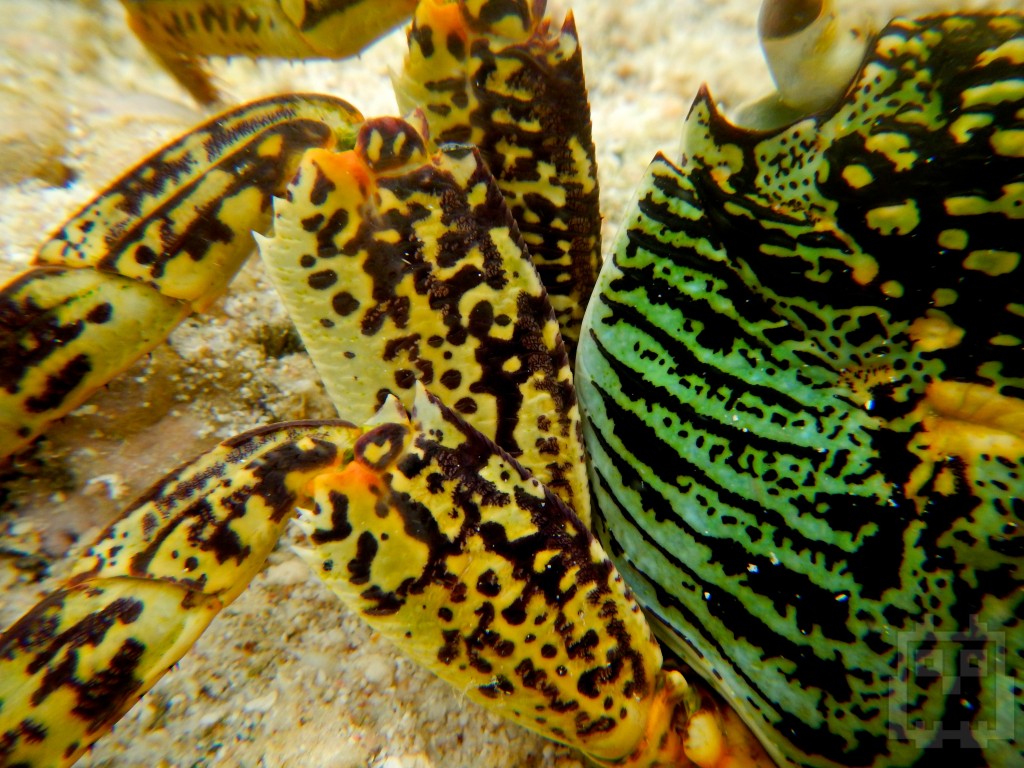
We all escaped the razor rocks without incident and retreated to Bella Star for some Kingdom beers, what ended up being a late dinner, and a movie. The sunset was obscured by the island, but it left a backlit fringe of palms that framed the sherbet-flavored clouds perfectly. I was taking lots of pictures, and Aaron started making fun of me saying that “cloud pictures never amount to anything, in the blog world or otherwise.” To prove him wrong, here is my official cloud picture submission. Keep a lookout for the second iteration of cloud photos. 🙂
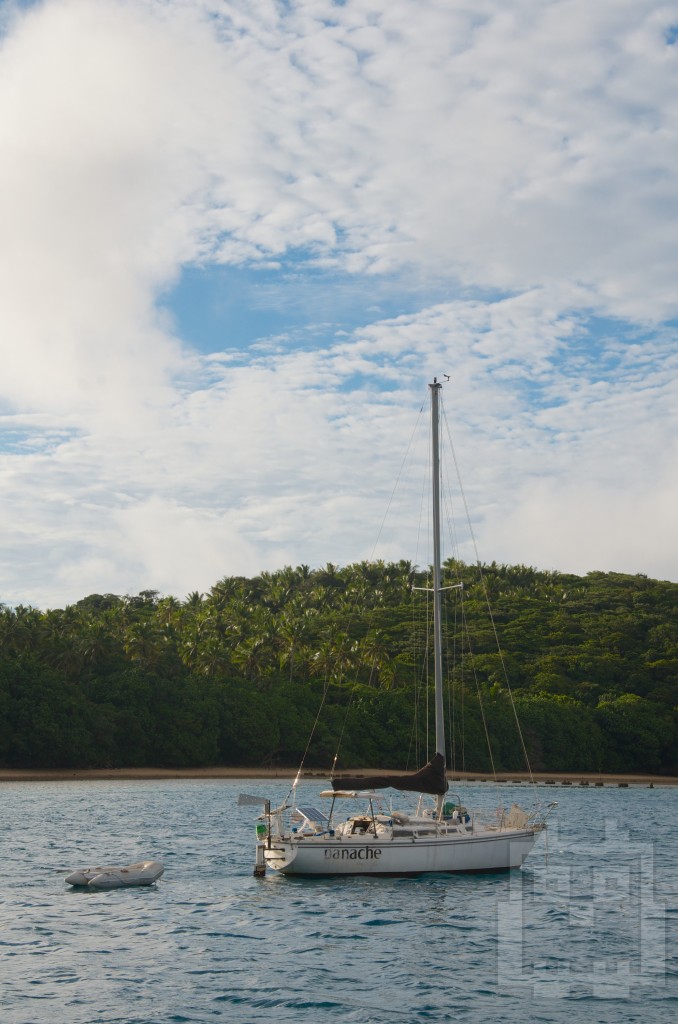
RULE NUMBER FIVE: No matter how large the anchor, or long the chain, wind exists to uproot both.
When I got back to Panache it was late, but not quite time for the southerly. I started to doze off and fall into a food-induced nap that was broken by the pitter patter of rain. I know that sound, and I know what it means. Ever since I started this trip I have been a very light sleeper. The sound of rain was enough to get me vertical. I poked my head out from the cabin and saw that Panache’s stern was still pointing west, so the southerly couldn't be here!? Right as I turned back towards the bow I felt the rain intensify as a whistle of wind rounded the standing rigging. With the crack of a whip, the southerly was here.
Panache immediately started turning round and with every degree of rotation, the wind increased. Bolts of lightning lit up the sky just long enough for me to see every other boat bobbing with the intensifying fetch. One by one, I watched every boat illuminate with a scanning flashlight beam. Am I moving? Is that other boat moving? Nobody really knew at this point, but everyone was vigilant. This was a serious moment of truth for my anchor job. Such an abrupt wind shift, especially one of 180 degrees, can dislodge an anchor and leave one floating down the anchorage uncontrolled. I watched this firsthand in El Salvador, and one boat ended up a total loss while a handful of others were heavily damaged. Luckily for me, I had enough chain out to keep the anchor on the bottom, but the gusts were so strong and rattled Panache’s rig so loudly, that I got little to no sleep. I’m not ashamed to admit it was a little scary. Once my chain was pulled beyond a 45-degree angle and Panache was surfing back and forth, I decided it was time to put out a secondary emergency anchor just in case I did start dragging. With each big gust, my whole body tightened in hope it would help my anchor hold. The rain didn’t stop the whole night, and as things started to calm down, I finally changed into a dry set of clothes to get a wink of sleep. It was a long night and a short wink.
The morning was grey, and all the boats in the anchorage were still. One catamaran, a charter boat, was anchored on the other end of the bay, probably the result of dragging anchor and having to re-set. The day was lazy, and I was mainly consumed with my upcoming passage to Savusavu, Fiji. I had planned on leaving the next day but was looking for any excuse to push back the deadline. Part of me felt like my cruising skills were still a bit rusty to shove off so soon. Part of me wanted to continue to explore Vava’u, but most of me understood that I had a responsibility to my new crew who was meeting me in Savusavu. When I felt content with my preparations, Bella Star and I went out for one last snorkel to catch some fish for dinner. It was the last meal, but that wasn’t a topic of conversation. The next morning, however, it was unavoidable. I hauled up the dinghy, and Aaron and Nicole came over to help haul in the anchor. It was an easy one-man job with the windlass, but that stopped working almost 1,000 miles ago, so it became a two-person job with one person steering the boat into the wind and the other hauling up the anchor. I still had boat projects on my list, but after hauling all that chain with Aaron, servicing the windlass gained a bit more priority.
I was now unanchored with the engine in gear forcing our goodbye to be brief. It was topped off with a warm hug that left me wanting to stay even more. I waved goodbye to Bella Star who was now in their dinghy and getting smaller by the second. The hugs were great, but I felt like my departure was too quick. Aaron and Nicole had been so helpful, not only as friends, but as a technical resource and probably to a degree, a therapist when boat work seemed futile. Before I lost radio communication, I hailed Bella Star one last time before I couldn't. “Hey Bella Star, I just wanted to thank you guys for everything,” getting a bit choked up, “I couldn't have gotten Panache out of here without you two, and I’m really sad to say goodbye... Again.” As bad as I am with goodbyes, this might be one of the first that felt reasonably decent in normal person standards. Like when the Grinch realized what Christmas was really about and his heart grew two sizes, I also had a similar heart enlarging realization about goodbyes. In retrospect our goodbye might have been a bit dramatic because we set-up a SSB radio net to keep position tabs during my passage.
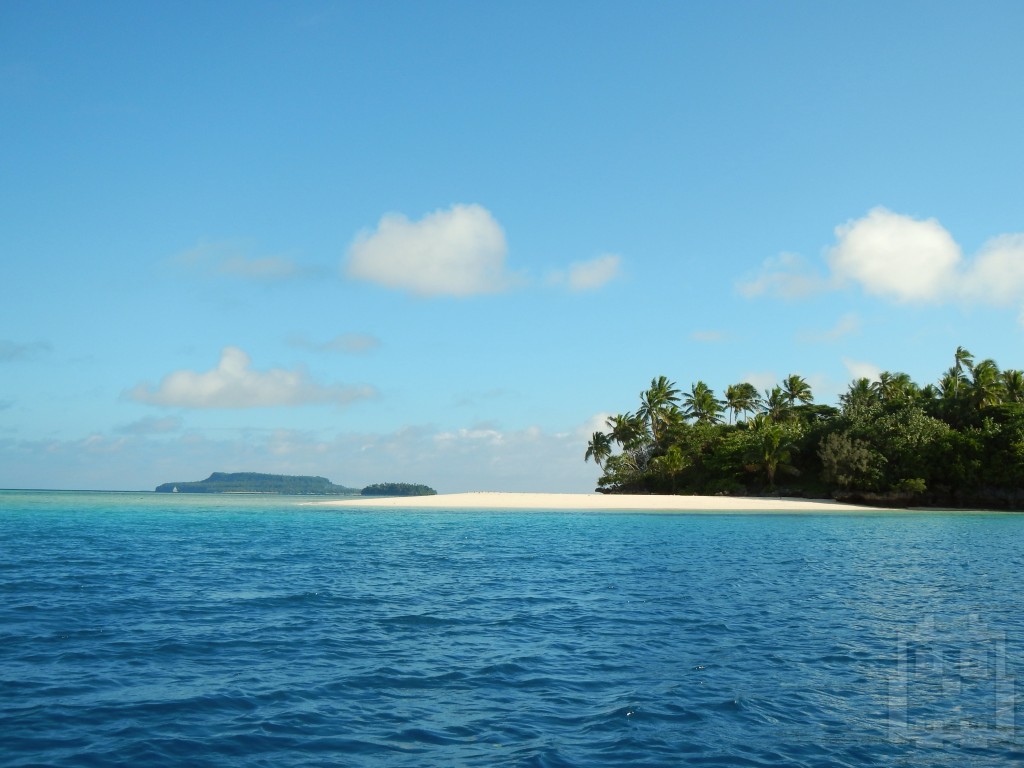
What was in front of me was a pretty straightforward 435-nautical mile/three day sail. Some obstructions were present, but they could be easily avoided even at night due to their spatial isolation. Once I cleared most of the island riffraff of Vava’u, I had a perfect downwind passage to my waypoint in Fiji that was at the mouth of Nanuku Passage. The swell was a bit large and sometimes confused, but I assumed that once I sailed out of the lee of Vava’u, the sea state would normalize to the typical large rolling waves I had grown accustom to. Wrong.
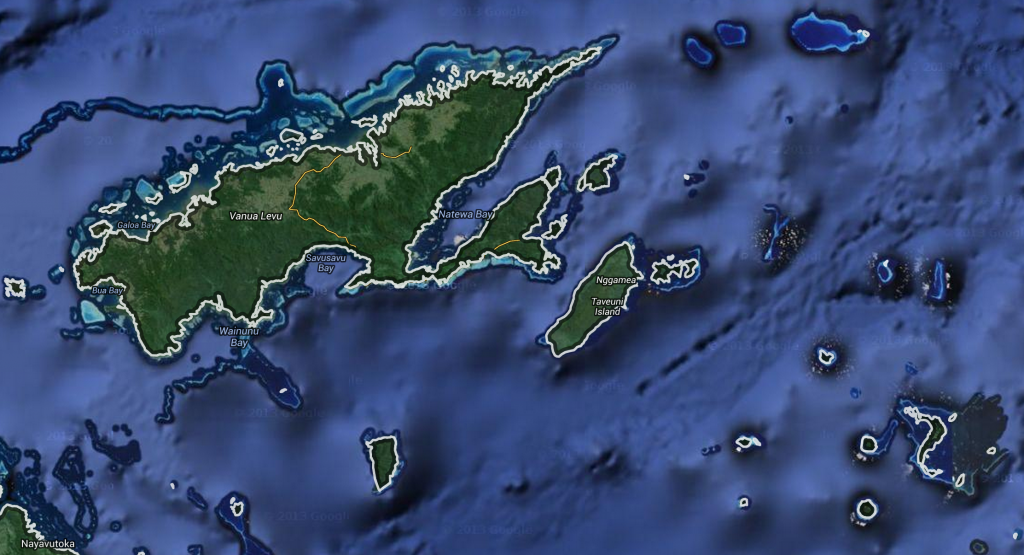
During the two days that I was in open water, the sea state only got worse. Panache was getting thrashed back and forth. This pushed me to the breaking point, and I ended up painting the port side of Panache with vomit. Meals were impossible, and I must have lost several pounds. It was the Panache get sexy diet. Don’t try this at home. At first I thought it was just me getting my sea legs back, but my seasickness was entirely a product of the sea state. I watched movies in 30-minute chunks to avoid barfing, but sometimes that didn’t work and I would have to stumble on deck to augment the work of art that was developing into quite the mosaic against the port hull. A couple of times I came desperately close to barfing on my laptop. I managed to watch all of Blood Diamond without having to take a break. Great movie. It inspired me to talk in a South African accent to myself the rest of the passage. Just imagine me with the worst South African accent you can think of, sporting a handlebar mustache and occasionally barfing over the side of Panache in the middle of the ocean. Pure class.
When I finally rounded Nanuku Passage, I was able to jibe the headsail over to the starboard side which kept Panache more or less stable. The swell was also tamed by the Lau Island group that separates the greater Pacific with Fiji’s Koro Sea. Sailing just got a whole lot easier. I fixed myself a big meal and was able to eat it without worry of depositing it the ocean an hour later. There must have been a massive school of fish following Panache for a free meal.
I arrived at the pass into Savusavu just as night fell, struck the sails a bit too early due to an oncoming ferry (or so I thought), and started to motor into the bay way way way too early. I was familiar with the charts and thought I had identified the beacon that marked the pass. I realized, with about a hundred feet to spare that I had identified the wrong light and was heading for a reef. Panache has kissed reef once and didn’t need a second taste. I hurriedly cranked the tiller over to travel parallel to the reef and scampered to the mast slipping enroute on a foot-long barracuda that somehow flopped on deck to raise the main. Radioing any living sole that cared to hear, I got some solid advice from a boat anchored just inside the bay and was able to flounder my way to the actual entrance. “Way too much excitement,” I muttered in a true South African brogue, as I threw the squashed barracuda back into the water.
The actual mooring field was five miles NE from the pass just inside Nakama Creek. With very little light, and few boats with their anchor lights on, I slowly crept my way deeper and deeper into the mooring field. I found a perfect mooring right next to Waitui Marina’s dinghy dock. It was nine at night, but a guy from the marina came out and helped me tie up. We made small talk and he told me he would get customs, immigration and quarantine out to my boat tomorrow morning. I was a bit loopy from the tough sail, the lack of sleep and the last minute fish squashing while coming into the bay, but I was still smiling. The smell of Fiji alone was smile-worthy, but I was just happy to be still. Sailing responsibilities were suspended, and I loved that.
RULE NUMBER SIX: Always have an arrival tradition.
I adopted my arrival tradition in Mexico while crewing on Profligate, a beautiful (and spartan) 63’ catamaran. After every day of sailing, no matter how long or short, Richard would yell “Cheated death again!” I thought it was too funny not to adopt, and to this day I yell that after every passage. Although impossibly sleepy, I did what any person would do after a shit passage: zone out and watch 27 Dresses with Katherine Heigl. You have to be in a half vegetative state to enjoy the movie, and since I was, I loved it. The movie ends with Katherine Heigl falling in love and wearing a wedding dress of her own. How splendid. As the credits rolled I groaned and flapped my hand wildly to snap shut my laptop, and without moving further proceeded to fall asleep while musing about my return to Panache. I had worked hard to get her in sailing (and motoring) condition, but I couldn't help but feel that Panache had also stepped up to the plate. She was a passage-making machine. I dare you to find a Catalina 30 with more miles under her keel. Shit! It’s hard to find boats that have passed the 10,000 mile mark. Panache was doing her part as she always had despite neglect and negligence. It seemed apparent that we were both ready for the miles ahead. Correction, we were both eager. I lazed there stewing in that thought and fell asleep wondering what my new surroundings would look like in daylight.
BACK TO PANACHE: 2 of 3 THE FIX
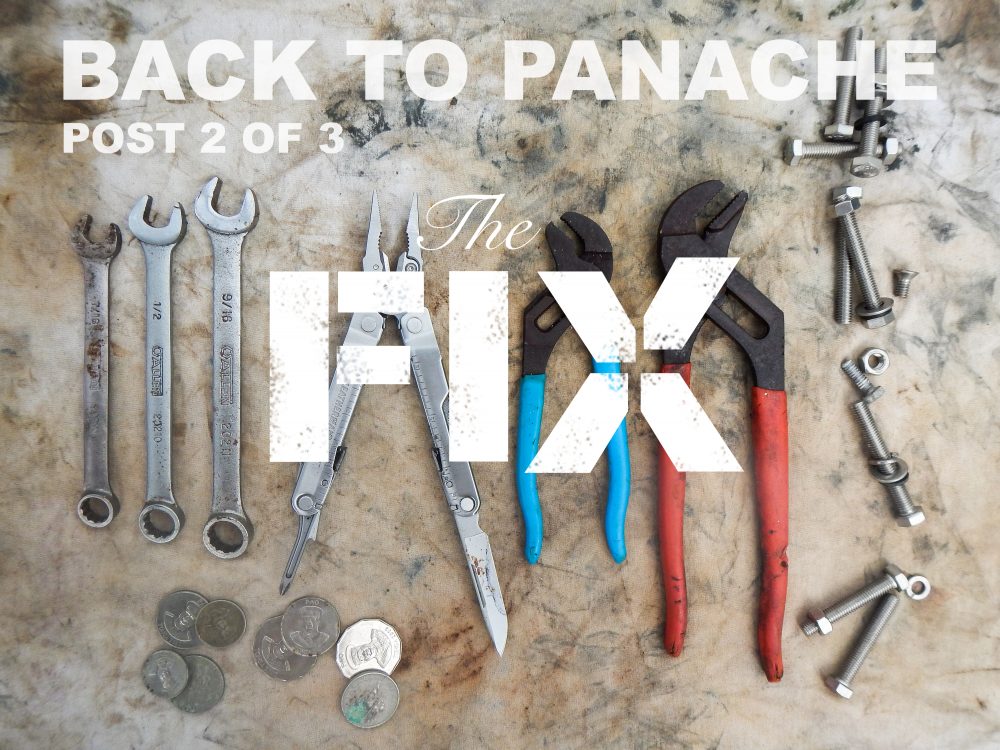 The environment inside Panache was horribly filthy. Disgusting. Otherworldly. Ten months of inactivity in the tropics will do that to a boat, and it was my duty to scrub Panache clean and get her going again. Everything I touched transferred a level of grime that made me shutter. Everything I look at made me squint. Not because it was bright, but because it was so fucking dirty that there could be no way it was that fucking dirty. As my eyes narrowed and my head moved closer to the surface in question, my jaw dropped. “How the..” Pardon my language. Water-blasting every cranny of Panache with a steal melting acid was the only reasonable way to clean the boat, but all I had were a pair of rubber gloves, all purpose cleaner, white vinegar, and a roll of synthetic Chinese plastic towels. Plastic towels, not paper. These rolls of genius had zero absorbent qualities and only smeared the grime around rather than picking it up. To complement the plastic towels uselessness, I also had in my arsenal some cheap Chinese garbage bags that couldn't seem to hold the heaps of trash I was jamming in them. This is a triple-bagged job mind you. The black plastic was one billionth of a micron thick and could barely hold its own weight. It is always the simplest things that become the most annoying when they don’t work out. These tissue thin bags were a perfect example. Maybe it was the stress of the insurmountable work ahead of me, or maybe I was just high from using too much of the unequivocally lethal spider spray, but my body was overheating and my mind was starting to skip. The hot, sticky heat wasn’t helping. After a full day of cleaning, I had made Panache livable for only a hobo. I dragged my body on deck and threw myself into the water. I crashed through the water uncontrollably, shattering through the barrier between work and weightlessness. It was like time slowed. I let the air in my lungs and my body fat - mother natures lifejacket - pull me to the surface, and after a few moments I started to feel human again. The dirt, sweat and chemicals dissolved off my skin and I was ready for a break. This was day one.
The environment inside Panache was horribly filthy. Disgusting. Otherworldly. Ten months of inactivity in the tropics will do that to a boat, and it was my duty to scrub Panache clean and get her going again. Everything I touched transferred a level of grime that made me shutter. Everything I look at made me squint. Not because it was bright, but because it was so fucking dirty that there could be no way it was that fucking dirty. As my eyes narrowed and my head moved closer to the surface in question, my jaw dropped. “How the..” Pardon my language. Water-blasting every cranny of Panache with a steal melting acid was the only reasonable way to clean the boat, but all I had were a pair of rubber gloves, all purpose cleaner, white vinegar, and a roll of synthetic Chinese plastic towels. Plastic towels, not paper. These rolls of genius had zero absorbent qualities and only smeared the grime around rather than picking it up. To complement the plastic towels uselessness, I also had in my arsenal some cheap Chinese garbage bags that couldn't seem to hold the heaps of trash I was jamming in them. This is a triple-bagged job mind you. The black plastic was one billionth of a micron thick and could barely hold its own weight. It is always the simplest things that become the most annoying when they don’t work out. These tissue thin bags were a perfect example. Maybe it was the stress of the insurmountable work ahead of me, or maybe I was just high from using too much of the unequivocally lethal spider spray, but my body was overheating and my mind was starting to skip. The hot, sticky heat wasn’t helping. After a full day of cleaning, I had made Panache livable for only a hobo. I dragged my body on deck and threw myself into the water. I crashed through the water uncontrollably, shattering through the barrier between work and weightlessness. It was like time slowed. I let the air in my lungs and my body fat - mother natures lifejacket - pull me to the surface, and after a few moments I started to feel human again. The dirt, sweat and chemicals dissolved off my skin and I was ready for a break. This was day one.
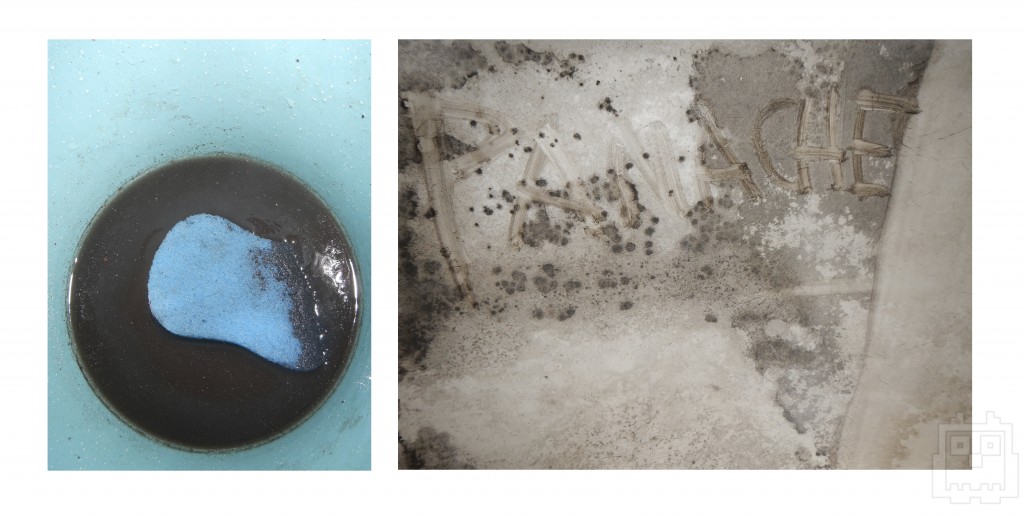 Because I still had yet to sort out cooking gas, dinner was on Bella Star. Bella Star, like Panache, had also gone through some visual changes, but unlike Panache they were all good. The shell collection had grown, and most all of the electrical components were upgraded due to a lightning strike they suffered in Costa Rica. The cooking, however, was as delicious as ever. Bella Star was almost like a home away from home until I got Panache in livable order. We all wanted to go out for a day trip to the surrounding anchorages, but I was still too anxious to leave Panache in her current condition. We all decided to table the trip and continue working on boat projects. Bella Star had her share of work too. I rowed back to Panache in my dinghy (one of the few things that needed no elbow grease), put on some sleeping clothes and curled up into the v-berth, doing my best not to be bothered by the smell of mildew that cocooned the cabin. The first cleaning was just to create a workspace for the more pertinent projects; the actually cleaning was going to take place further down the line. At least until I could get power and running water. At points during the night I thought I felt a spider on my skin, but every time I jolted up and turned on the light nothing was there. I would close my eyes again and will myself to sleep. There are no spiders, Zack.
Because I still had yet to sort out cooking gas, dinner was on Bella Star. Bella Star, like Panache, had also gone through some visual changes, but unlike Panache they were all good. The shell collection had grown, and most all of the electrical components were upgraded due to a lightning strike they suffered in Costa Rica. The cooking, however, was as delicious as ever. Bella Star was almost like a home away from home until I got Panache in livable order. We all wanted to go out for a day trip to the surrounding anchorages, but I was still too anxious to leave Panache in her current condition. We all decided to table the trip and continue working on boat projects. Bella Star had her share of work too. I rowed back to Panache in my dinghy (one of the few things that needed no elbow grease), put on some sleeping clothes and curled up into the v-berth, doing my best not to be bothered by the smell of mildew that cocooned the cabin. The first cleaning was just to create a workspace for the more pertinent projects; the actually cleaning was going to take place further down the line. At least until I could get power and running water. At points during the night I thought I felt a spider on my skin, but every time I jolted up and turned on the light nothing was there. I would close my eyes again and will myself to sleep. There are no spiders, Zack.
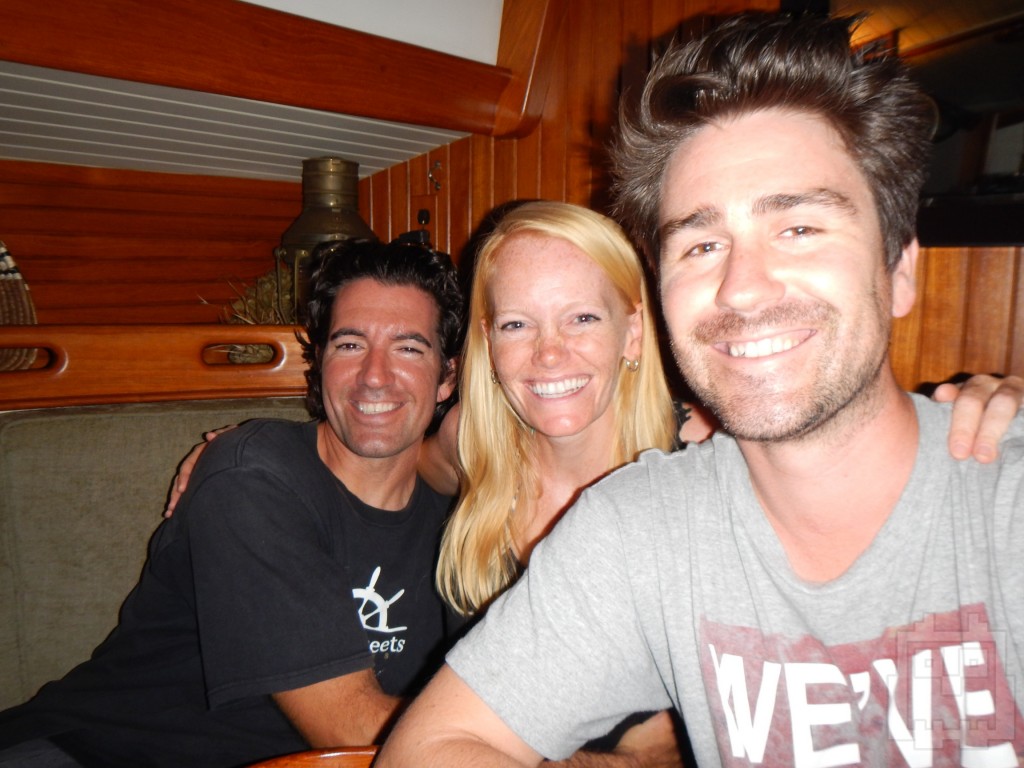 The next day was all about power. The batteries on Panache turned out to be completely shot. None of them registered a charge above 3 volts. One or all of the batteries were shorted with the cells collapsed. Putting them on a low amperage charge could bring them back to life, but it could take a considerable amount of time and was not likely to work. Furthermore, if any of the cells had collapsed it could be dangerous. I needed to get new batteries. I had prepared for the worst, and during my layover in Tongatapu I found a recycle center that carried brand new deep-cycle batteries. These were not fancy and had half the amp hours of my original batteries, but I didn’t have much of a choice. Airlines don’t let you check batteries. The acid they house poses an obvious hazard, and I wasn’t about to challenge anyone’s logic there. But this recycle center had two satellite stores in Ha’apai and Vava’u. I picked out the batteries I wanted in Tongatapu, and the clerk just put them on the ferry up to Vava’u. She told me I could pick them up when I arrived. So now in Vava’u it was off to the recycle center.
The next day was all about power. The batteries on Panache turned out to be completely shot. None of them registered a charge above 3 volts. One or all of the batteries were shorted with the cells collapsed. Putting them on a low amperage charge could bring them back to life, but it could take a considerable amount of time and was not likely to work. Furthermore, if any of the cells had collapsed it could be dangerous. I needed to get new batteries. I had prepared for the worst, and during my layover in Tongatapu I found a recycle center that carried brand new deep-cycle batteries. These were not fancy and had half the amp hours of my original batteries, but I didn’t have much of a choice. Airlines don’t let you check batteries. The acid they house poses an obvious hazard, and I wasn’t about to challenge anyone’s logic there. But this recycle center had two satellite stores in Ha’apai and Vava’u. I picked out the batteries I wanted in Tongatapu, and the clerk just put them on the ferry up to Vava’u. She told me I could pick them up when I arrived. So now in Vava’u it was off to the recycle center.
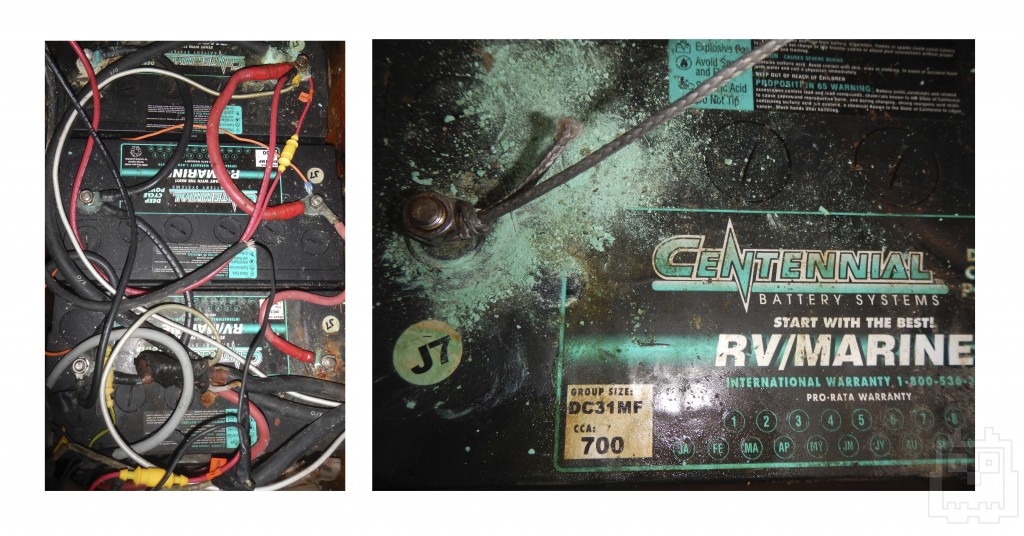 At first glance the recycle center looked more like a car graveyard. At second glance you could see that there were designated spots for different types of trash. Trash is a problem everywhere in the world. Space is finite, but trash creation is infinite. Or at least seems that way. Most of the world has the luxury of shipping trash out of sight and out of mind, but on island nations this conundrum can’t be ignored because space is so scarce. The popular option in some of these countries is just leaving trash wherever, or simply burn it, both of witch are shitty options. Vava’u, where this recycle center is located, has a footprint of only 119 square kilometers (about 45 square miles). These recycling centers were being proactive about the issue. Gio Recycling was organized by a Tongan who understood the dangers of trash buildup. A bit of a pioneer to start collecting recyclables and other harmful components, like batteries, to prevent poisoning the water table and general way of life. This guy showed off his facility and then brought me full circle to my new batteries. He made sure to ask for my old ones, and I gratefully added them to the massive pile of spent energy cells. While these new batteries would hold a full charge, they were a serious downgrade. I was pretty excited to get the batteries back to the boat to start testing circuits. The damage to Panache was a bit of a mystery, and the key to unlocking it was the power I had just purchased.
At first glance the recycle center looked more like a car graveyard. At second glance you could see that there were designated spots for different types of trash. Trash is a problem everywhere in the world. Space is finite, but trash creation is infinite. Or at least seems that way. Most of the world has the luxury of shipping trash out of sight and out of mind, but on island nations this conundrum can’t be ignored because space is so scarce. The popular option in some of these countries is just leaving trash wherever, or simply burn it, both of witch are shitty options. Vava’u, where this recycle center is located, has a footprint of only 119 square kilometers (about 45 square miles). These recycling centers were being proactive about the issue. Gio Recycling was organized by a Tongan who understood the dangers of trash buildup. A bit of a pioneer to start collecting recyclables and other harmful components, like batteries, to prevent poisoning the water table and general way of life. This guy showed off his facility and then brought me full circle to my new batteries. He made sure to ask for my old ones, and I gratefully added them to the massive pile of spent energy cells. While these new batteries would hold a full charge, they were a serious downgrade. I was pretty excited to get the batteries back to the boat to start testing circuits. The damage to Panache was a bit of a mystery, and the key to unlocking it was the power I had just purchased.
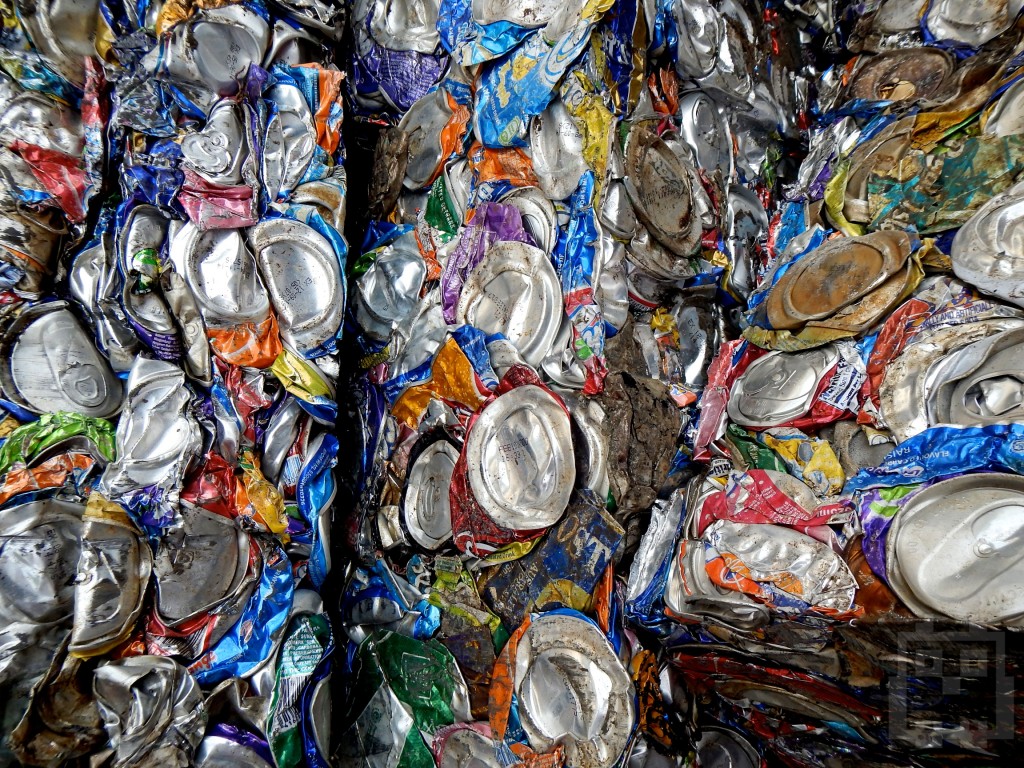
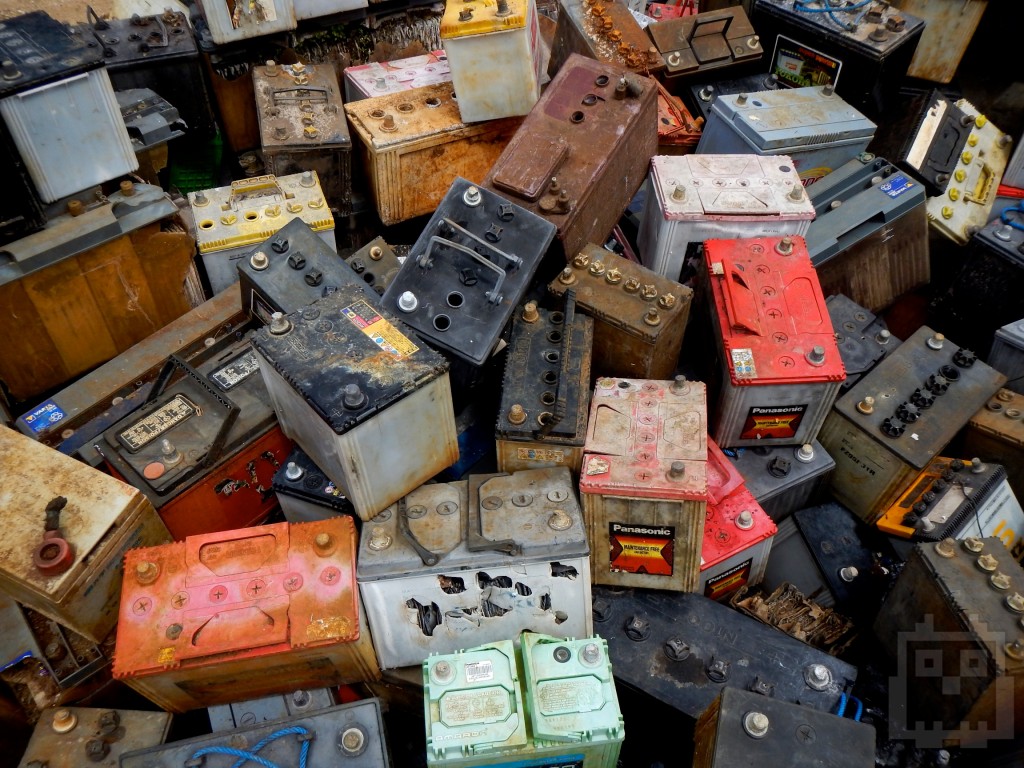


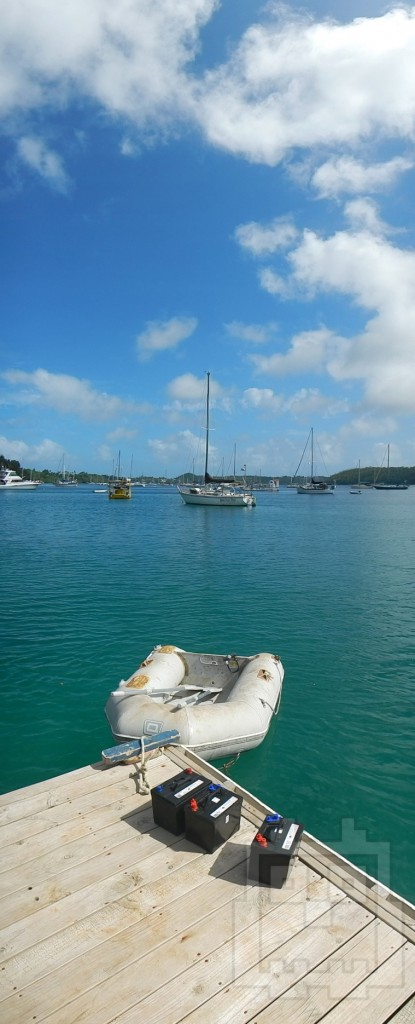
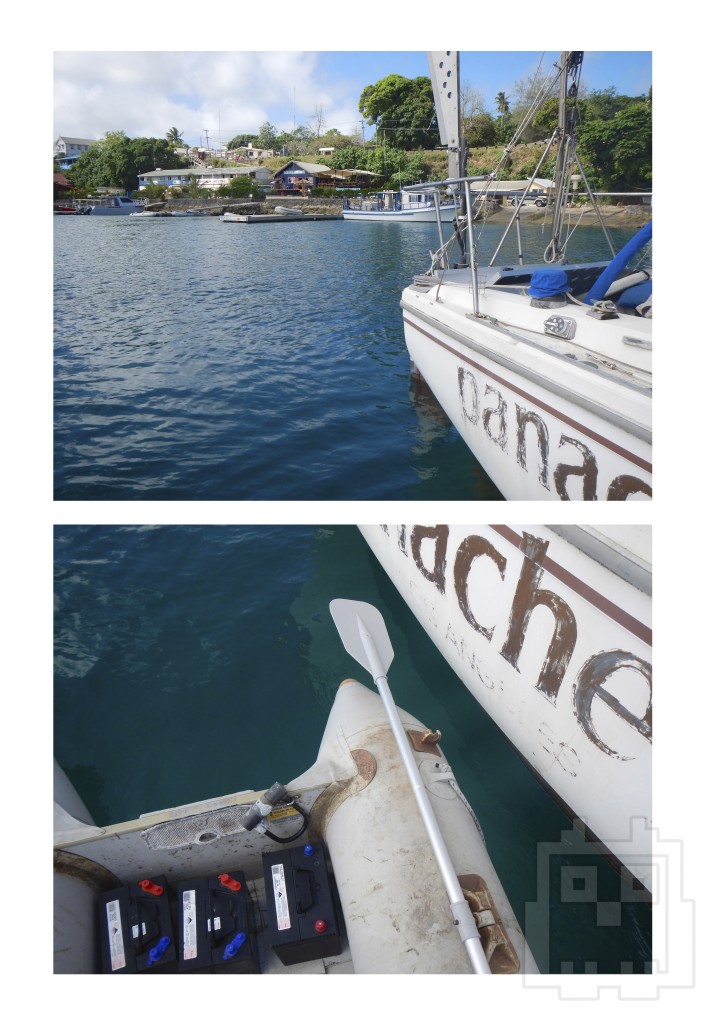 Dismantling the old distribution panel was a bit like trying to pick up a wet cracker -- the corroded aluminum was literally crumbling to pieces. Inside was a massive unlabeled bus bar that routed into the breaker panel. Ok, I had some homework to do before I could test any circuit. Within an hour I had run a continuity test on each circuit and determined their origin from the panel. It felt like progress, but it was really the precursor to progress I had yet to fix anything. Since I had two new pre-fabricated panels to replace the large, old, rusted one, I needed to find a piece of material to mount the new ones into. Metal was out of the question and wood would just get warped, but some kind of composite plastic would work perfectly. While turning the problem over in my head I glanced at a cutting board I used to make two backing plates for the self-steering system. Bingo. A quick stop at the Chinese market, and I had a brand new cutting board roughly the same size as the old panel.
Dismantling the old distribution panel was a bit like trying to pick up a wet cracker -- the corroded aluminum was literally crumbling to pieces. Inside was a massive unlabeled bus bar that routed into the breaker panel. Ok, I had some homework to do before I could test any circuit. Within an hour I had run a continuity test on each circuit and determined their origin from the panel. It felt like progress, but it was really the precursor to progress I had yet to fix anything. Since I had two new pre-fabricated panels to replace the large, old, rusted one, I needed to find a piece of material to mount the new ones into. Metal was out of the question and wood would just get warped, but some kind of composite plastic would work perfectly. While turning the problem over in my head I glanced at a cutting board I used to make two backing plates for the self-steering system. Bingo. A quick stop at the Chinese market, and I had a brand new cutting board roughly the same size as the old panel.
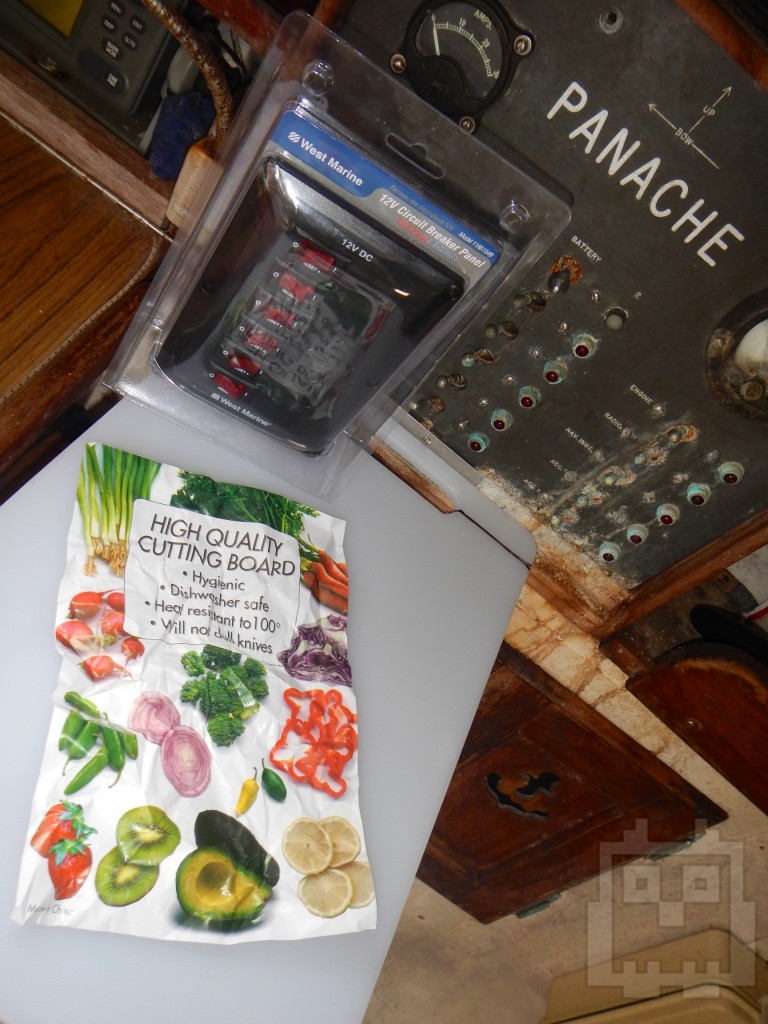 Drilled, filed and mounted, I had a decent looking setup. The Chinese had redeemed the terrible quality of their bags and plastic towels! Snip out the circuits from the old board, crimp on the new board, and I was ready for a test drive. Well, almost. The cables that were connecting my battery bank in parallel were all corroded, and I needed some replacements. While working on Panache, I have found that the best hardware store, tool rental facility and restaurant, is Bella Star. If I hadn't already overstayed my welcome, this request surely would tip the scale. Sure enough, Aaron had extra battery cable he said he was never going to use. I hope its not too much to ask, but do you mind carrying me back to Panache while scratching my back?
Drilled, filed and mounted, I had a decent looking setup. The Chinese had redeemed the terrible quality of their bags and plastic towels! Snip out the circuits from the old board, crimp on the new board, and I was ready for a test drive. Well, almost. The cables that were connecting my battery bank in parallel were all corroded, and I needed some replacements. While working on Panache, I have found that the best hardware store, tool rental facility and restaurant, is Bella Star. If I hadn't already overstayed my welcome, this request surely would tip the scale. Sure enough, Aaron had extra battery cable he said he was never going to use. I hope its not too much to ask, but do you mind carrying me back to Panache while scratching my back?
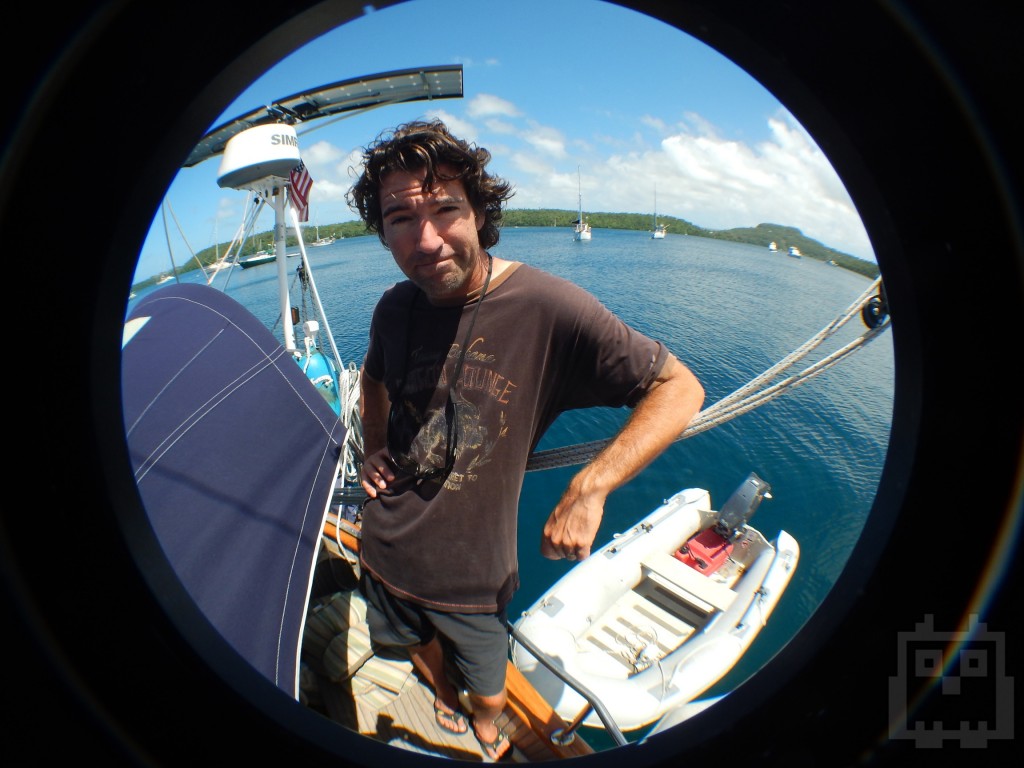
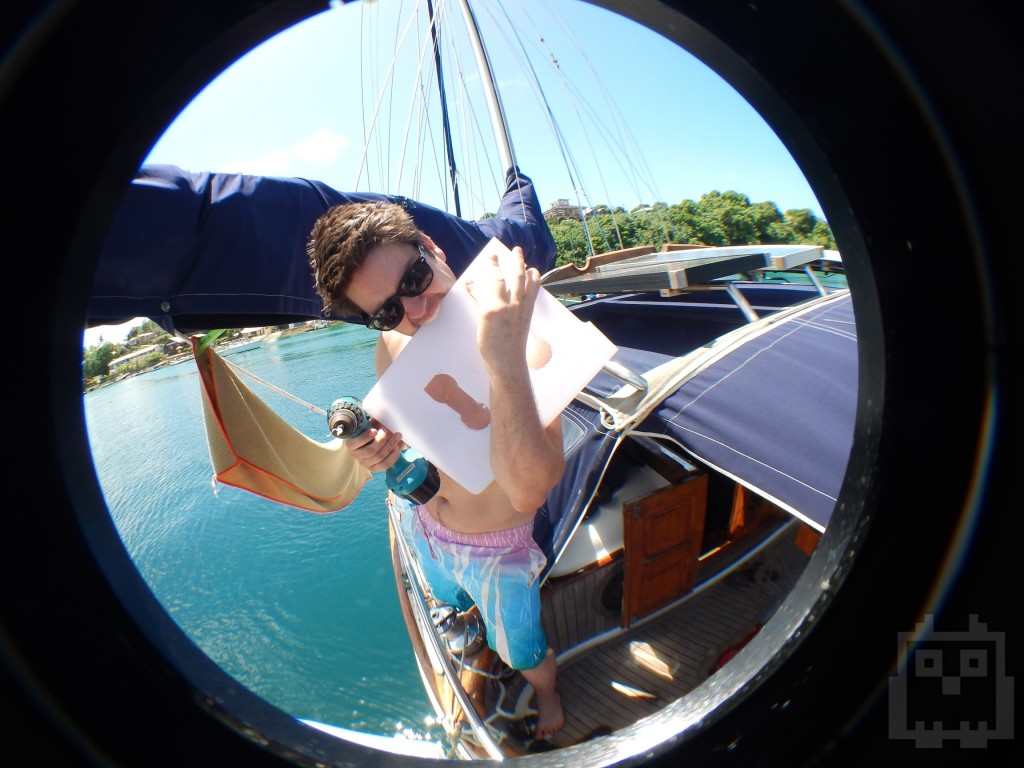
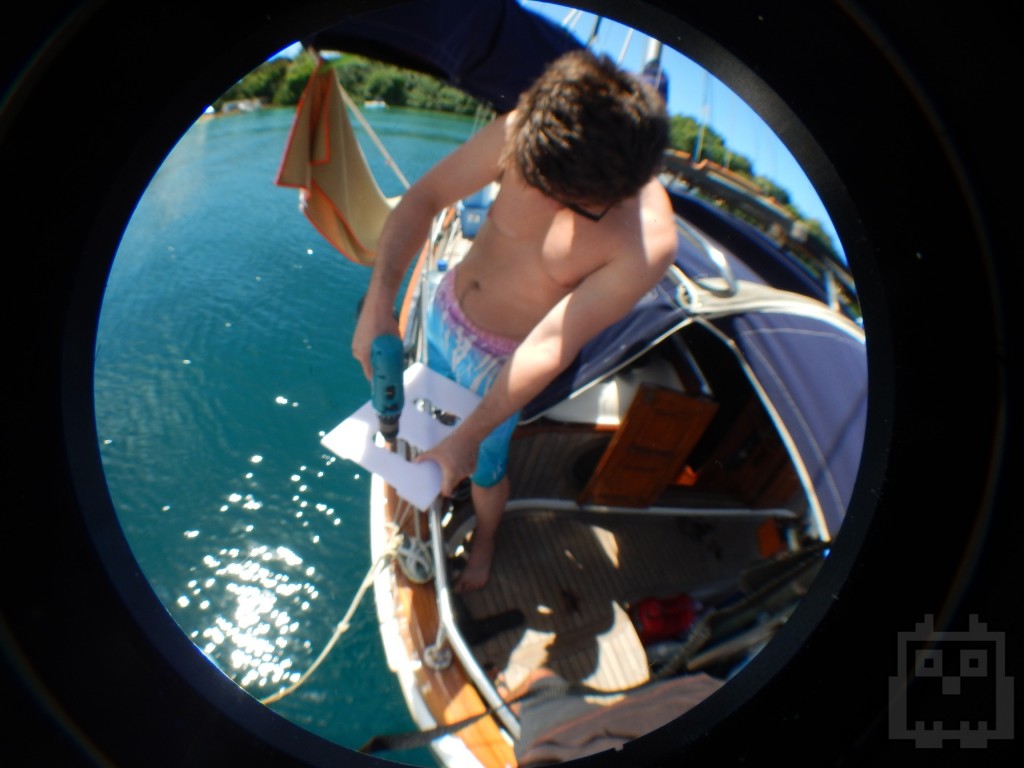 Ok, batteries connected, new circuit breaker connected. Let’s test some circuits! First things first. Does the stereo work? Continuing on any voyage beyond Vava’u would be useless without tunes. I flip on the starboard cabin and accessory 2, and I hear the hum of the stereo come to life. A chill followed by a grin followed by some seriously loud music. I cranked the stereo up for all the anchorage to hear. It was like a battle cry - “I’m ready for more!” One by one I went through every circuit, and one by one they all worked. I ended up re-wiring a few, but I barely used any of the 100’ of cable I brought down from Seattle. I saved the most important circuit (after the stereo) for last. The engine. While I was positive the circuit was fine, the real question was the condition of the engine. Would it turn over? Would it start?
I have had very little trouble with my single cylinder engine, and thank God because I am no mechanic. I know enough to get around, have enough spare parts to re-build the darn thing (not that I know how) and have a book that can troubleshoot almost any problem. In preparation of starting the engine, I did the one thing I knew how, I checked the oil. Aaron came over to watch the historic moment. I flipped the switch on the breaker and turned the ignition to its first position. The rattle of the fuel pump went on, but the low oil pressure alarm didn’t sound. Hmmm. Ok, is this a serious problem? Who knows! Turning to the second position the engine started to turn over but didn't start. I release the ignition, and Aaron and I exchange a glance of approval. “Keep turning it,” he yells, winding his hand in a circular motion. After about a minute of it turning over, the boom of compression started. I let go of the ignition and burst out of the cabin to check if water was circulating through the engine and out the stern. Brackish water was sputtering out Panache’s rear creating a slight oil slick that looked like a sad dead rainbow. Holly hell this thing still runs. After all I put the engine through since owning Panache, on top of abandoning the boat for 10 months the thing still runs. Diesel engines love abuse. Giving an evil smirk while rubbing the engine compartment I promised to give the engine many hours of abuse in the near future.
We let the engine run while checking the alternator’s output, everything seems to be in order. I went in the cockpit to try putting it in gear, but the transmission seemed to be frozen. This was a different battle for a different day. I had crossed most every “To Do” off my oil stained list, and it was time for a swim and a cold beverage. While I had discovered new problems with completing my list of projects, I now had a working electrical system on board and an engine that ran. A huge weight was off my shoulders.
The next day I discovered that the frozen gear lever was not a problem with the transmission - I could manually push it in and out of gear at the engine. Upon closer inspection I discovered that the lever itself was frozen. I managed to dismantle most ever bit of the apparatus thanks to some tools from SV Bravo, but at the end of the day all it needed was the majority of a can of liquid wrench and a huge amount of torque in the form of a pipe wrench. I could now move it in and out of gear, but it was a serious workout that left my sides on the verge of a hernia. I can live with that.
The remaining jobs were small but lengthy. I always have a preconceived notion of have how long a jobs should take, but it usually takes 50% more time in practice. Even this far into my cruise, and I still can’t adjust that initial timeline. Some people would call this deluding oneself, but I call it optimism. With Panache, optimism was a prerequisite to tackle any problem. Frequenting the Bella Star hardware store also seemed to be a prerequisite. My wind vane had been slowly destroying itself for the better part of my time in the Pacific, and I went straight to Bella Star for support.
Ok, batteries connected, new circuit breaker connected. Let’s test some circuits! First things first. Does the stereo work? Continuing on any voyage beyond Vava’u would be useless without tunes. I flip on the starboard cabin and accessory 2, and I hear the hum of the stereo come to life. A chill followed by a grin followed by some seriously loud music. I cranked the stereo up for all the anchorage to hear. It was like a battle cry - “I’m ready for more!” One by one I went through every circuit, and one by one they all worked. I ended up re-wiring a few, but I barely used any of the 100’ of cable I brought down from Seattle. I saved the most important circuit (after the stereo) for last. The engine. While I was positive the circuit was fine, the real question was the condition of the engine. Would it turn over? Would it start?
I have had very little trouble with my single cylinder engine, and thank God because I am no mechanic. I know enough to get around, have enough spare parts to re-build the darn thing (not that I know how) and have a book that can troubleshoot almost any problem. In preparation of starting the engine, I did the one thing I knew how, I checked the oil. Aaron came over to watch the historic moment. I flipped the switch on the breaker and turned the ignition to its first position. The rattle of the fuel pump went on, but the low oil pressure alarm didn’t sound. Hmmm. Ok, is this a serious problem? Who knows! Turning to the second position the engine started to turn over but didn't start. I release the ignition, and Aaron and I exchange a glance of approval. “Keep turning it,” he yells, winding his hand in a circular motion. After about a minute of it turning over, the boom of compression started. I let go of the ignition and burst out of the cabin to check if water was circulating through the engine and out the stern. Brackish water was sputtering out Panache’s rear creating a slight oil slick that looked like a sad dead rainbow. Holly hell this thing still runs. After all I put the engine through since owning Panache, on top of abandoning the boat for 10 months the thing still runs. Diesel engines love abuse. Giving an evil smirk while rubbing the engine compartment I promised to give the engine many hours of abuse in the near future.
We let the engine run while checking the alternator’s output, everything seems to be in order. I went in the cockpit to try putting it in gear, but the transmission seemed to be frozen. This was a different battle for a different day. I had crossed most every “To Do” off my oil stained list, and it was time for a swim and a cold beverage. While I had discovered new problems with completing my list of projects, I now had a working electrical system on board and an engine that ran. A huge weight was off my shoulders.
The next day I discovered that the frozen gear lever was not a problem with the transmission - I could manually push it in and out of gear at the engine. Upon closer inspection I discovered that the lever itself was frozen. I managed to dismantle most ever bit of the apparatus thanks to some tools from SV Bravo, but at the end of the day all it needed was the majority of a can of liquid wrench and a huge amount of torque in the form of a pipe wrench. I could now move it in and out of gear, but it was a serious workout that left my sides on the verge of a hernia. I can live with that.
The remaining jobs were small but lengthy. I always have a preconceived notion of have how long a jobs should take, but it usually takes 50% more time in practice. Even this far into my cruise, and I still can’t adjust that initial timeline. Some people would call this deluding oneself, but I call it optimism. With Panache, optimism was a prerequisite to tackle any problem. Frequenting the Bella Star hardware store also seemed to be a prerequisite. My wind vane had been slowly destroying itself for the better part of my time in the Pacific, and I went straight to Bella Star for support.
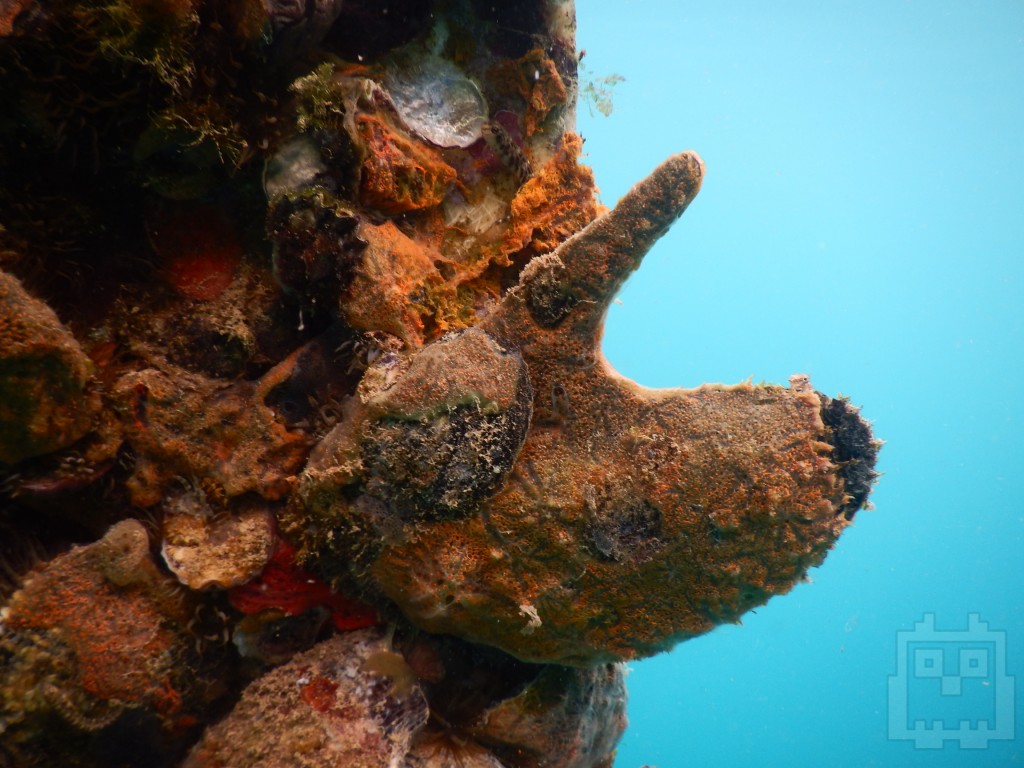
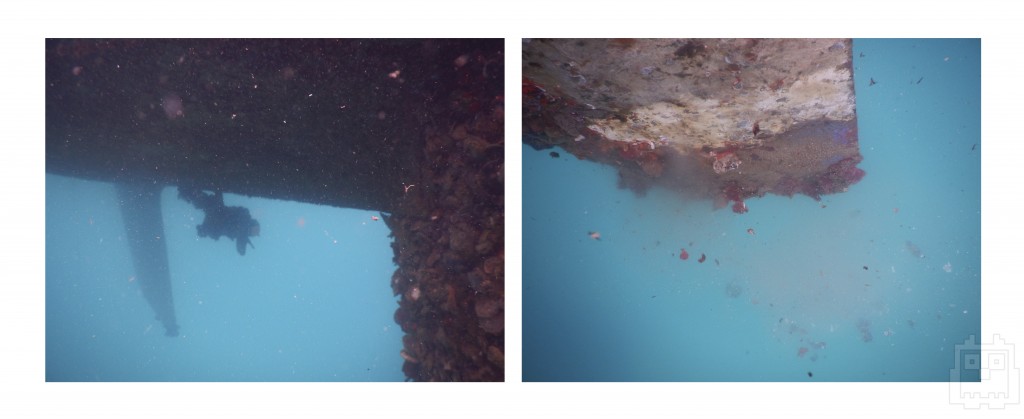 When I was in Hiva Oa, French Polynesia, I replaced the backing plates for the self steering and many stainless steel bolts that held the aluminum apparatus together. Over time, these bolts, along with many others, were failing. Panache effectively had no self steering. Aaron brought over a tapping kit to re-thread all the bolts holding the unit together, but new larger stainless bolts were still needed. I like using the term “we,” but in reality the proper pronoun would be “I.” Maybe this was one of my tactics to reel in Bella Star’s help. Aaron, Nicole, WE really need to fix the self steering. It’s in pretty poor shape. After visiting three stores that might have stainless hardware WE found nothing. Real shocker. Another unforeseen problem. As a last ditch effort WE shuffled to an outfit called Trouble in Paradise located next to the customs wharf. This place was busy, and not just in Vava’u standards. Right at about this point in everyones cruise through the South Pacific every yacht starts to show some serious signs of wear, and these guys were working their butts off to keep up with all the trouble in paradise. Luckily they did have some stainless screws that would work. They were used, salvaged off some other boat or project, but they were marine-grade stainless! The cost? A case of beer that amounted to about fifteen dollars US. An easy trade.
When I was in Hiva Oa, French Polynesia, I replaced the backing plates for the self steering and many stainless steel bolts that held the aluminum apparatus together. Over time, these bolts, along with many others, were failing. Panache effectively had no self steering. Aaron brought over a tapping kit to re-thread all the bolts holding the unit together, but new larger stainless bolts were still needed. I like using the term “we,” but in reality the proper pronoun would be “I.” Maybe this was one of my tactics to reel in Bella Star’s help. Aaron, Nicole, WE really need to fix the self steering. It’s in pretty poor shape. After visiting three stores that might have stainless hardware WE found nothing. Real shocker. Another unforeseen problem. As a last ditch effort WE shuffled to an outfit called Trouble in Paradise located next to the customs wharf. This place was busy, and not just in Vava’u standards. Right at about this point in everyones cruise through the South Pacific every yacht starts to show some serious signs of wear, and these guys were working their butts off to keep up with all the trouble in paradise. Luckily they did have some stainless screws that would work. They were used, salvaged off some other boat or project, but they were marine-grade stainless! The cost? A case of beer that amounted to about fifteen dollars US. An easy trade.
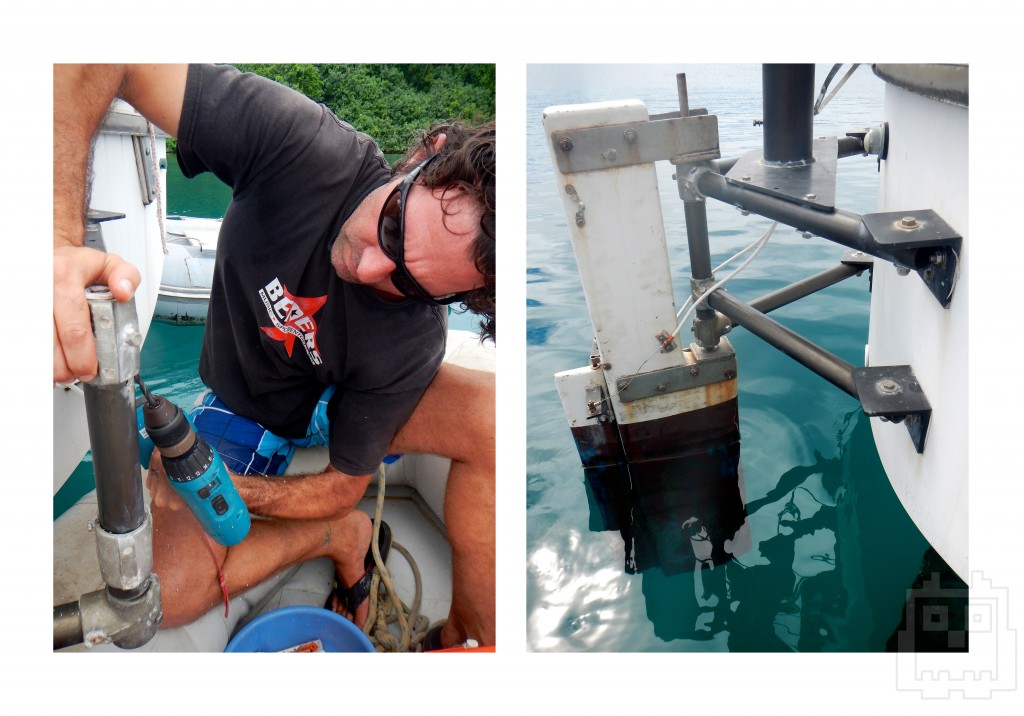
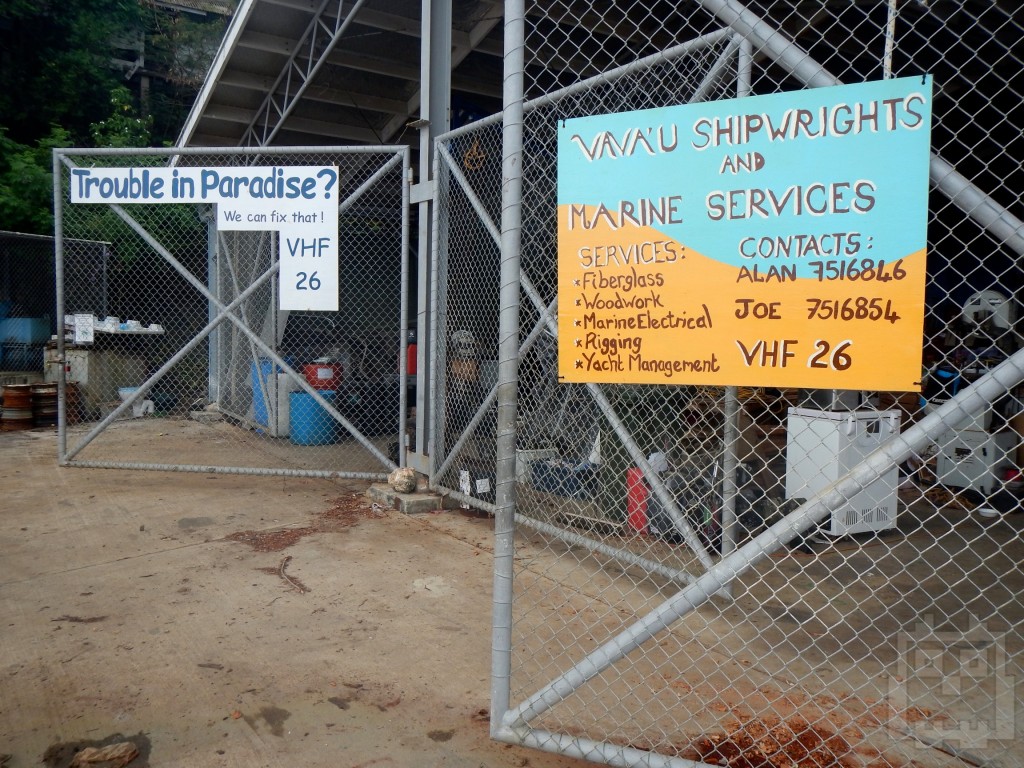

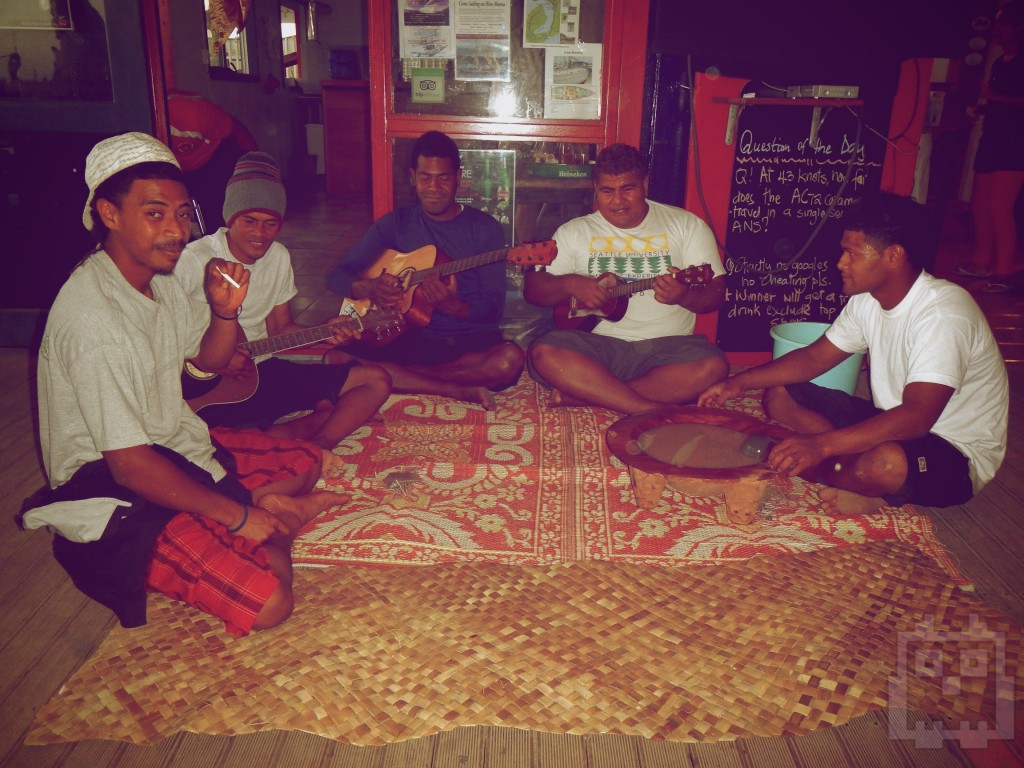
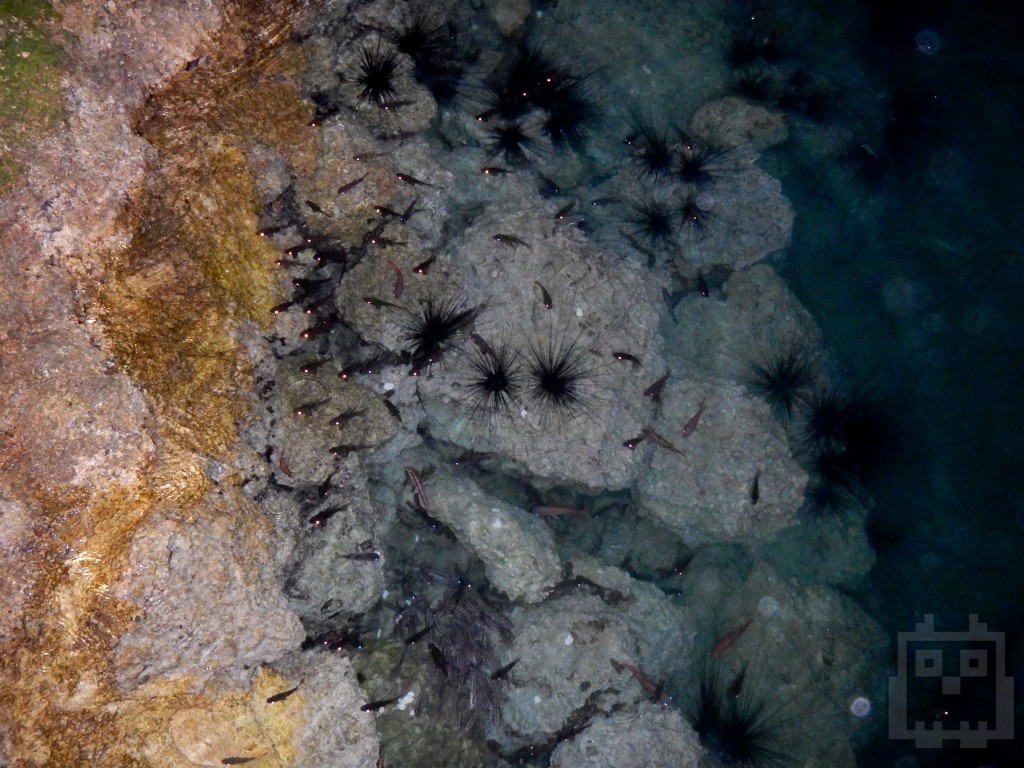 With most all of Panache’s main systems functioning it was time to start enjoying my surroundings rather than being a victim of its unrelenting temperature. Bella Star and I rented a car and decided to take a day tour of the island. The car was super compact in the shape of a dog’s head and faded pink. Our first stop was at a botanical garden, cultivated by a local for the majority of his adult life. Sounds like a yawn fest, but we received several positive reports about the tour, specifically the tour guide, so we decided to give it a go. The experience didn’t disappoint. Our guide, Hanateli Fa'anunu, has quite the quiver of stories, and does not stop talking until they are all told. The garden itself was not traditional in that there were rows and rows of specimens. It was all just sort of jumbled together, and the tour was more like a casual walk with a friend who talks too much. Most plants had a unique tale of how he came upon them. Some plants were extremely endangered in Tonga, some were prized for their taste and some allegedly cured cancer. Throughout the tour each of us made attempts to relate to some of his stories, but he just smiled and went on talking about the next specimen. He just really liked to talk I guess. If you were so inclined, you could make a donation to the garden and get a path or “street” named after you. It was pretty funny to view the prized vanilla plant along ANZ Bank Street. Very fitting considering how expensive the vanilla bean is.
With most all of Panache’s main systems functioning it was time to start enjoying my surroundings rather than being a victim of its unrelenting temperature. Bella Star and I rented a car and decided to take a day tour of the island. The car was super compact in the shape of a dog’s head and faded pink. Our first stop was at a botanical garden, cultivated by a local for the majority of his adult life. Sounds like a yawn fest, but we received several positive reports about the tour, specifically the tour guide, so we decided to give it a go. The experience didn’t disappoint. Our guide, Hanateli Fa'anunu, has quite the quiver of stories, and does not stop talking until they are all told. The garden itself was not traditional in that there were rows and rows of specimens. It was all just sort of jumbled together, and the tour was more like a casual walk with a friend who talks too much. Most plants had a unique tale of how he came upon them. Some plants were extremely endangered in Tonga, some were prized for their taste and some allegedly cured cancer. Throughout the tour each of us made attempts to relate to some of his stories, but he just smiled and went on talking about the next specimen. He just really liked to talk I guess. If you were so inclined, you could make a donation to the garden and get a path or “street” named after you. It was pretty funny to view the prized vanilla plant along ANZ Bank Street. Very fitting considering how expensive the vanilla bean is.
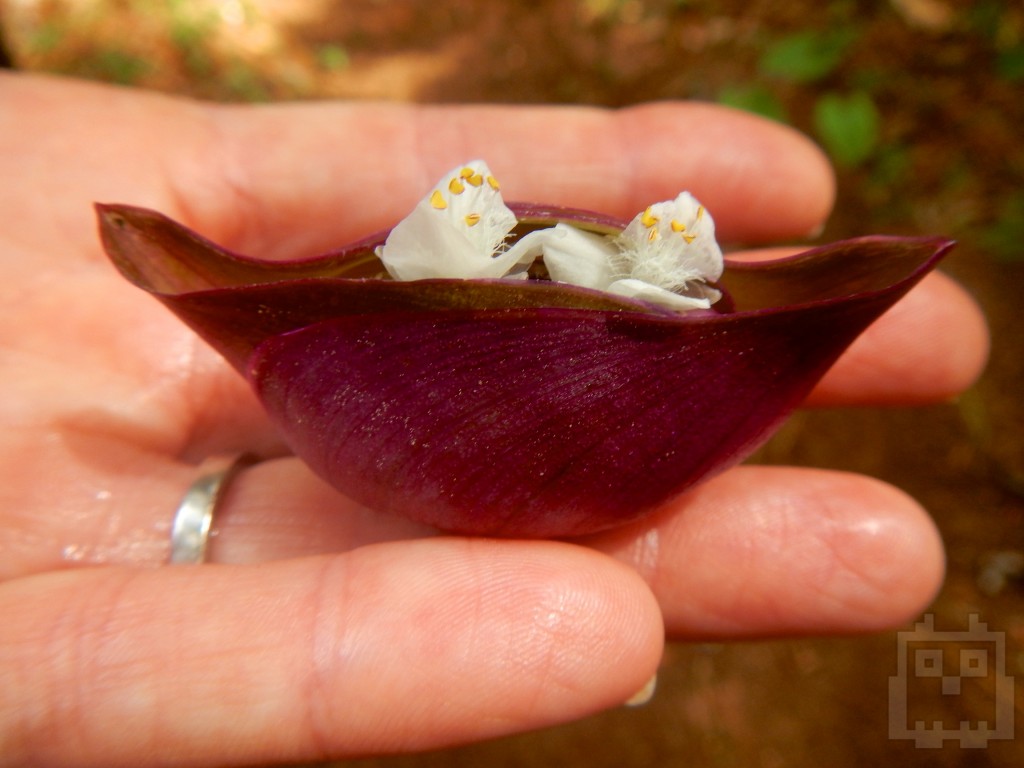
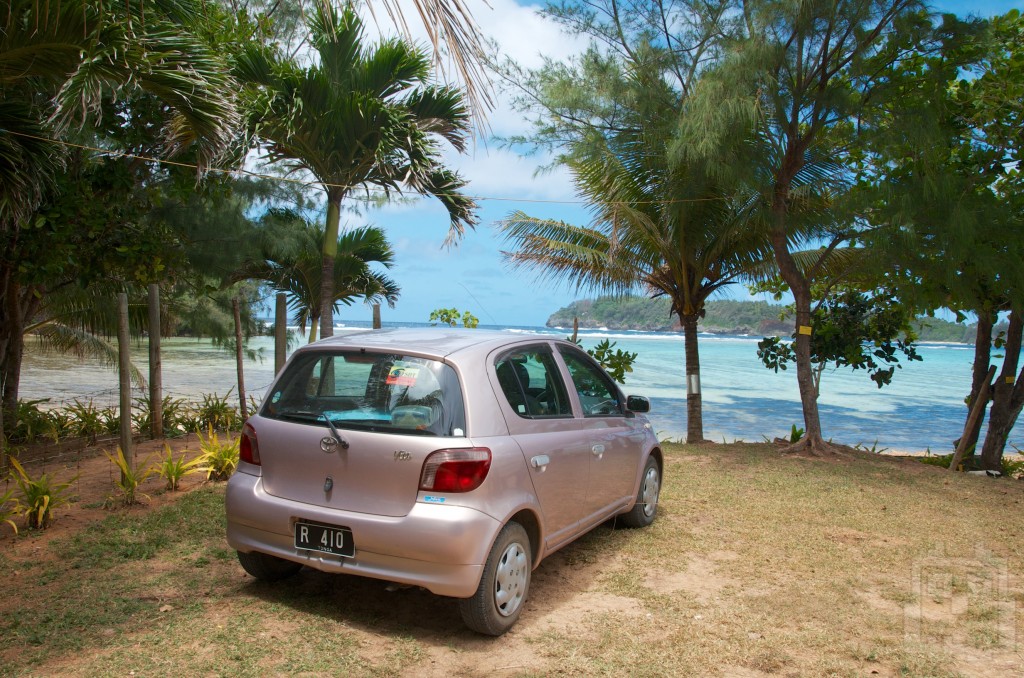
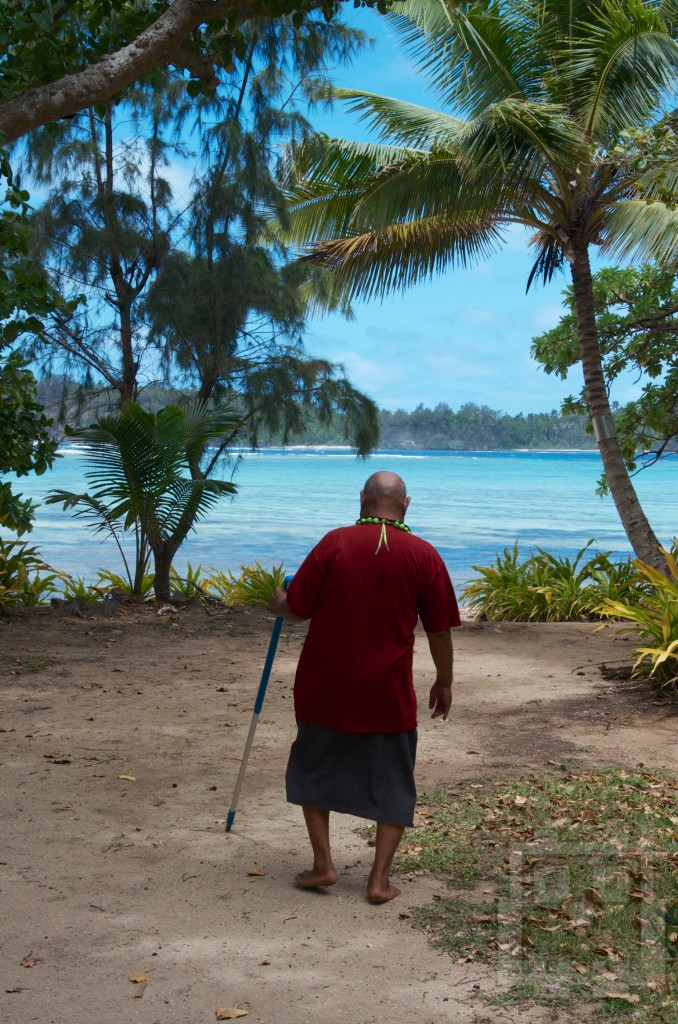
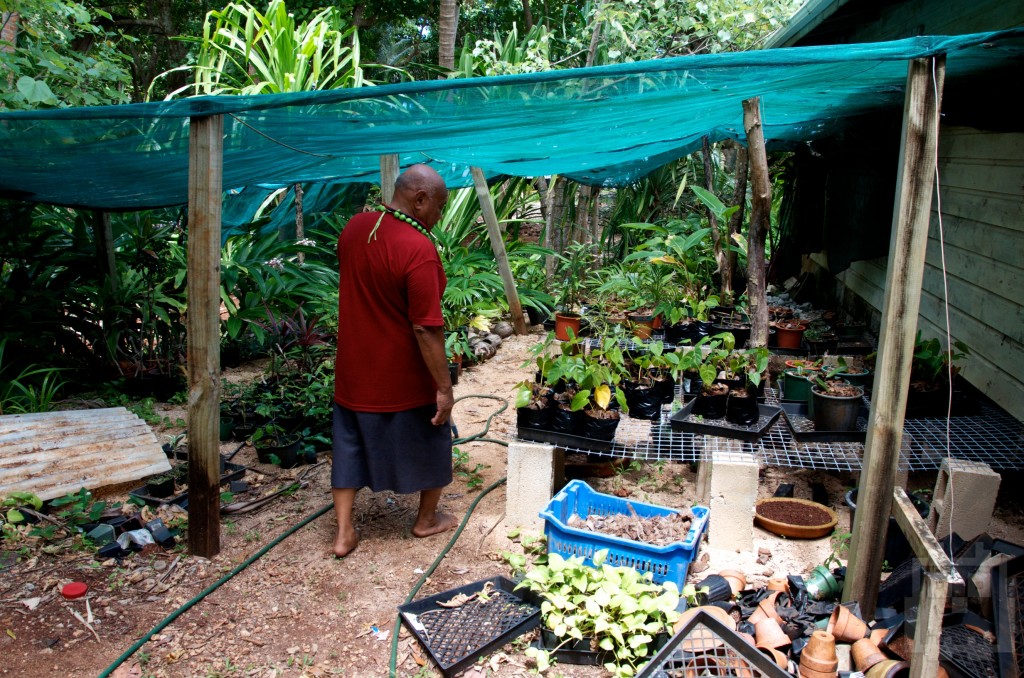
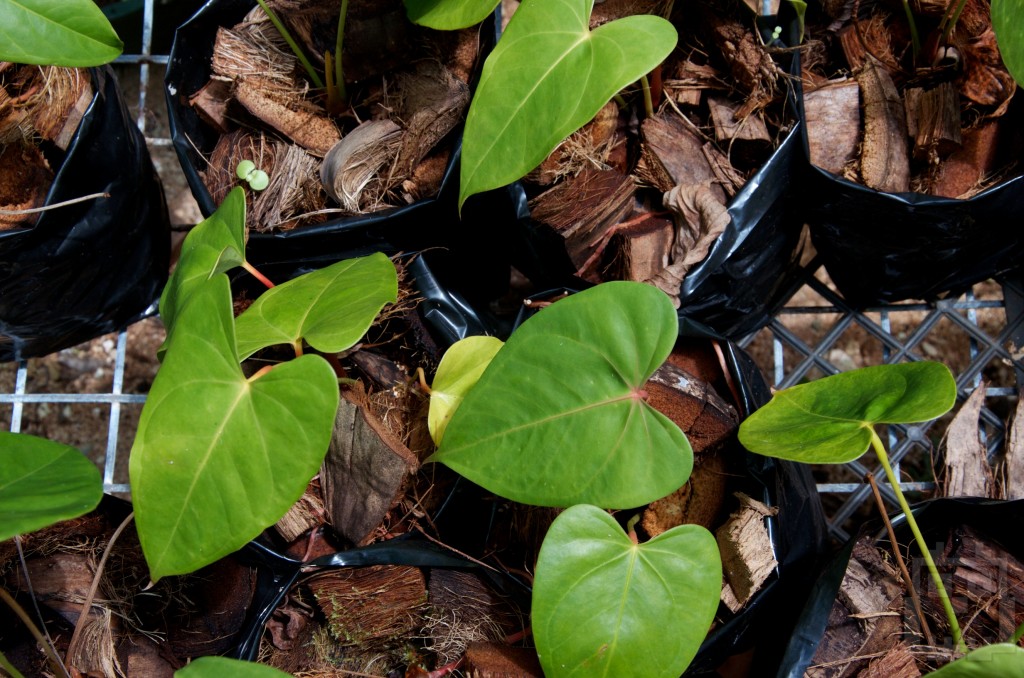
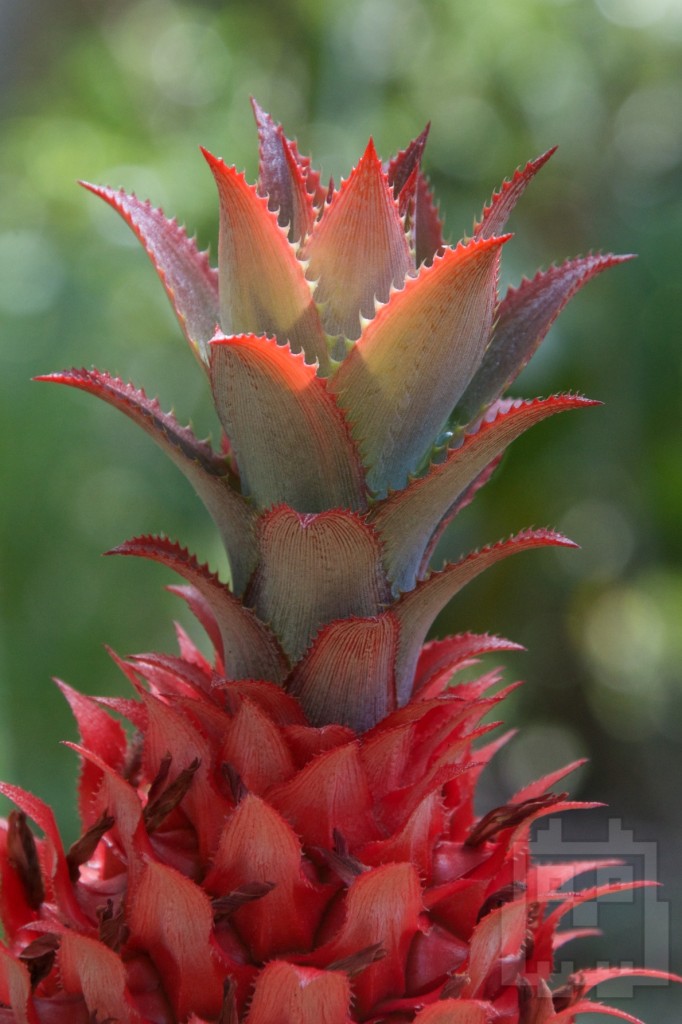
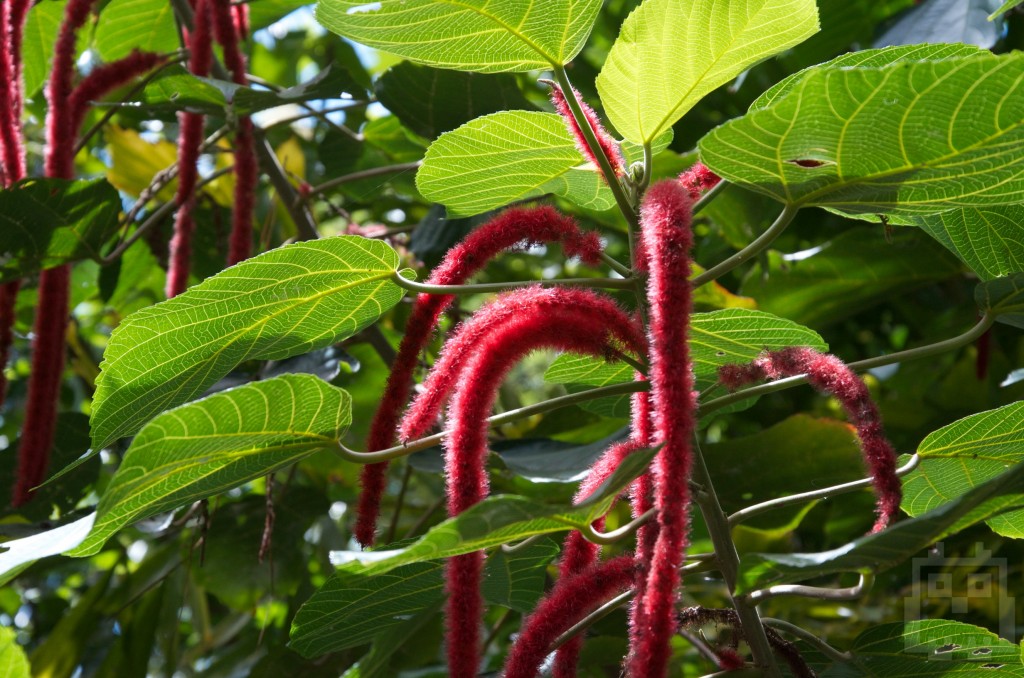
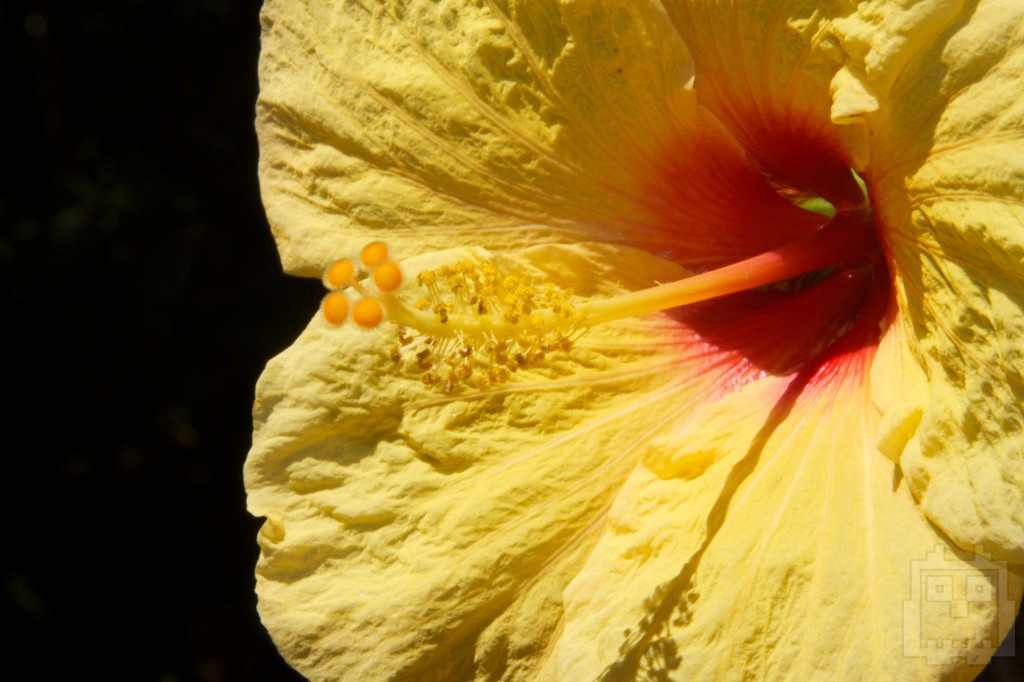
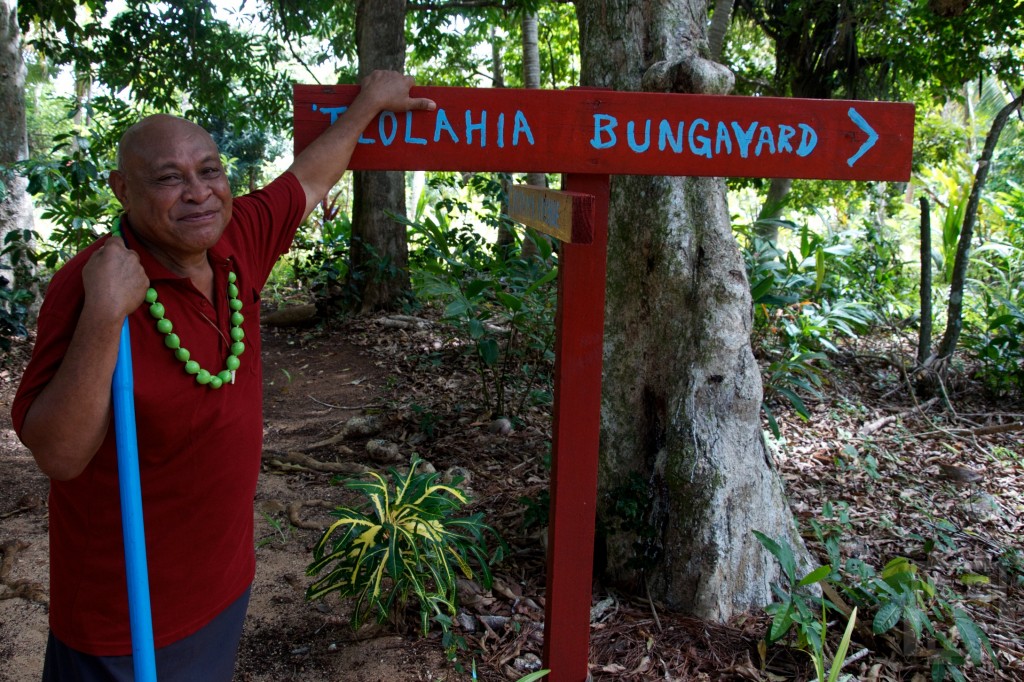
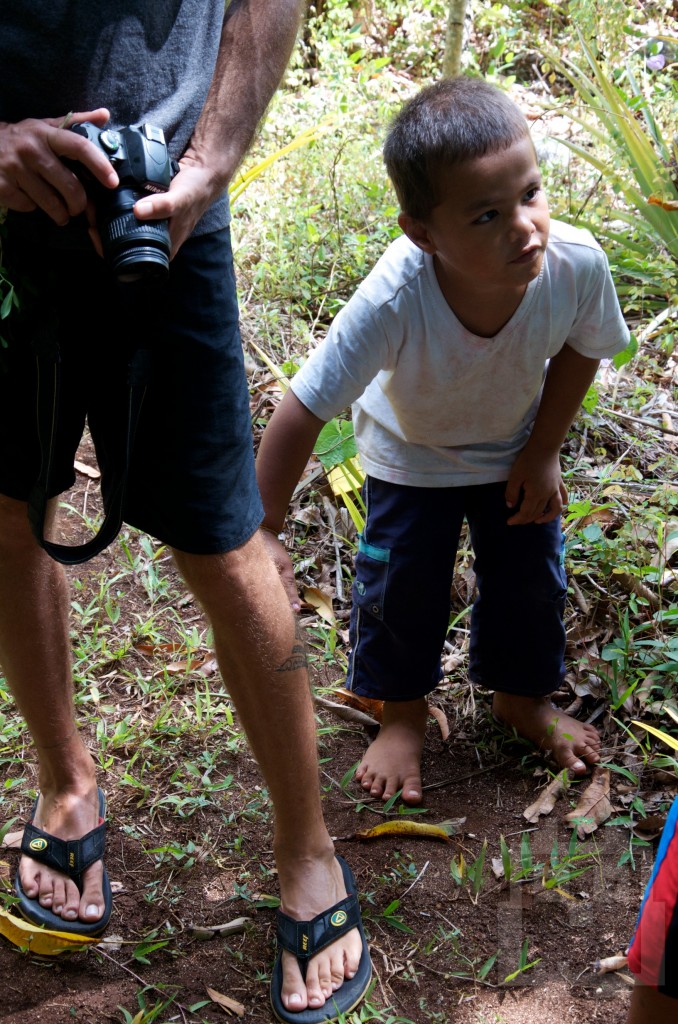
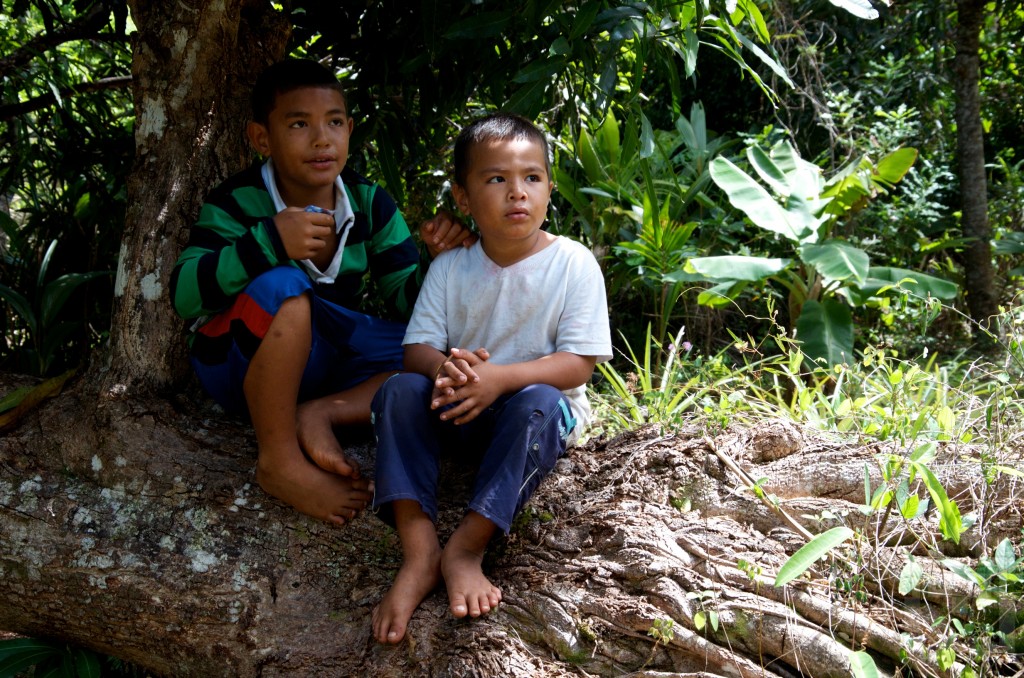
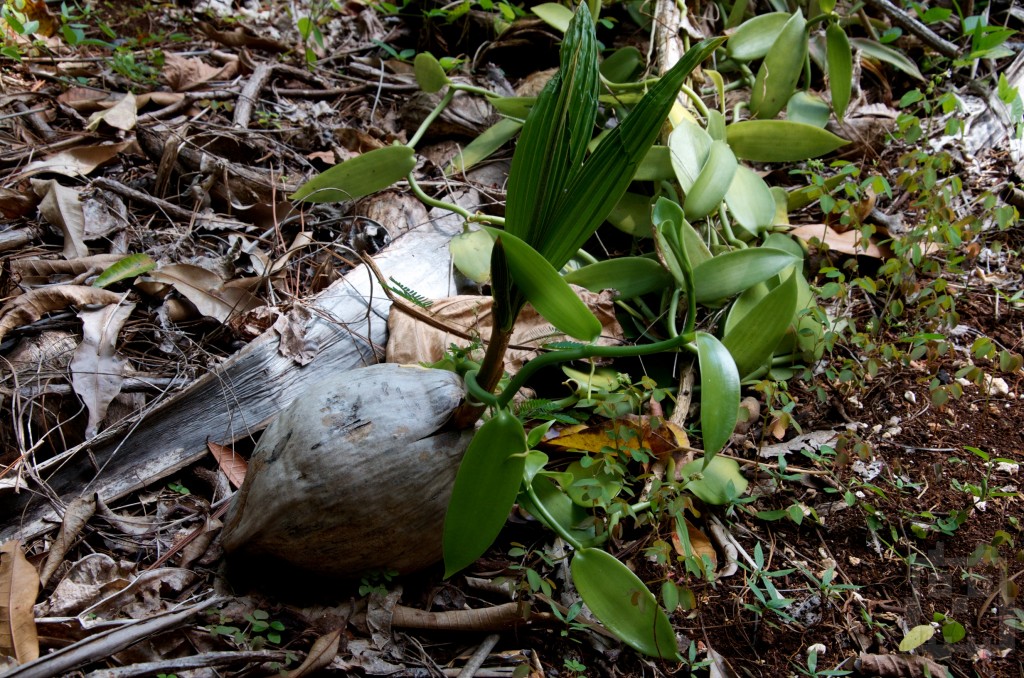
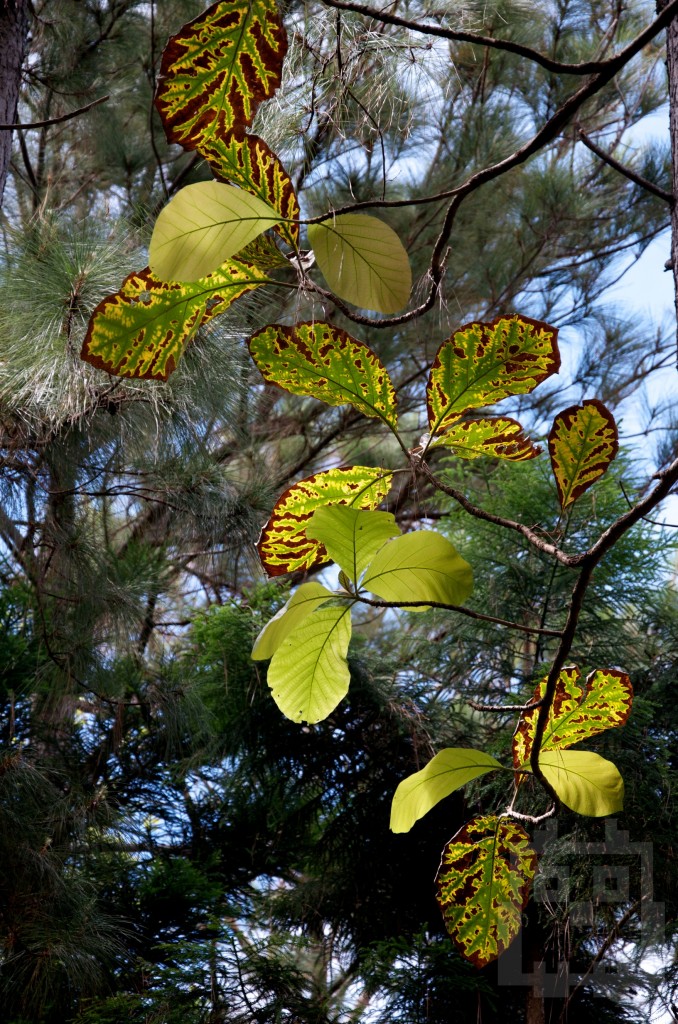
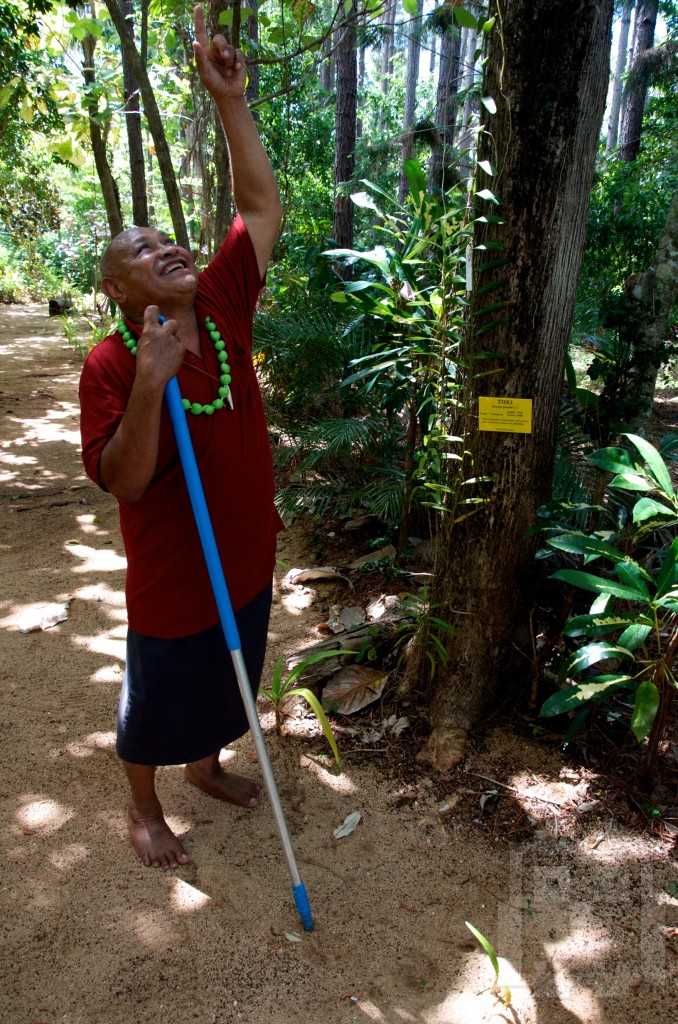 The tour turned out to be a satisfyingly long walk and allowed a man hunger to settle in my belly. It ended at the dude’s restaurant where he gladly sold us beers and taro chips. He sat down next to us with his own beer and I prepared for more of his stories, but he stated asking us questions about our respective sailing trips. Refreshing, considering we couldn't get a word in edgewise for the past two hours. Aaron and Nicole were doing most of the talking while I stuffed my face with taro chips. I had to be careful because we had a full lunch ahead of ourselves.
Nicole got the skinny on where some good vistas were for our lunch from a 4WD cart safari business out of Neiafu. I guess the owner was a little apprehensive about giving up their secret spots only Tongan dollars can unveil, but with a little Maraschky charm his prickly demeanor dissolved and Nicole added our lunch destination to our itinerary. It was only a short drive from the garden, but the last stretch was “only accessible” by 4WD. I slowly weaved our pretty pink dog head around pothole after pothole, but after almost driving into a burning trash pit it became obvious our car wasn't going to cut it. No worries! The walk felt good after being cramped up in a boat for so long, and it slowed the passing of our surroundings to a point we could actually appreciate them rather than passively nod from our air-conditioned dog head bubble. We caught glimpses of many of the specimens found in the garden, including a soursop - a green oblong spiky fruit. This was one of the specimens that was claimed to cure cancer, and I obviously had to have it.
When we got to the turning point for the lookout, we had an option; we could weave our way down to the beach or continue on to the overlook. Unanimously we decided on the beach. The sun was so bright and the sand was so white that my eyes literally couldn't adjust, and even while hiding in a patch of shade my sunglasses were still required. With lunch served, accompanied by a splash of wine, relaxation mode kicked in, and I passed out. The sound of sea breeze finding its way through the trees was a perfect serenade. This is what I have been missing. This is why I’m here. I woke up refreshed, and managed to sleep though the “exploration” portion of our beach time. We only had the car for a day and had to move on.
The tour turned out to be a satisfyingly long walk and allowed a man hunger to settle in my belly. It ended at the dude’s restaurant where he gladly sold us beers and taro chips. He sat down next to us with his own beer and I prepared for more of his stories, but he stated asking us questions about our respective sailing trips. Refreshing, considering we couldn't get a word in edgewise for the past two hours. Aaron and Nicole were doing most of the talking while I stuffed my face with taro chips. I had to be careful because we had a full lunch ahead of ourselves.
Nicole got the skinny on where some good vistas were for our lunch from a 4WD cart safari business out of Neiafu. I guess the owner was a little apprehensive about giving up their secret spots only Tongan dollars can unveil, but with a little Maraschky charm his prickly demeanor dissolved and Nicole added our lunch destination to our itinerary. It was only a short drive from the garden, but the last stretch was “only accessible” by 4WD. I slowly weaved our pretty pink dog head around pothole after pothole, but after almost driving into a burning trash pit it became obvious our car wasn't going to cut it. No worries! The walk felt good after being cramped up in a boat for so long, and it slowed the passing of our surroundings to a point we could actually appreciate them rather than passively nod from our air-conditioned dog head bubble. We caught glimpses of many of the specimens found in the garden, including a soursop - a green oblong spiky fruit. This was one of the specimens that was claimed to cure cancer, and I obviously had to have it.
When we got to the turning point for the lookout, we had an option; we could weave our way down to the beach or continue on to the overlook. Unanimously we decided on the beach. The sun was so bright and the sand was so white that my eyes literally couldn't adjust, and even while hiding in a patch of shade my sunglasses were still required. With lunch served, accompanied by a splash of wine, relaxation mode kicked in, and I passed out. The sound of sea breeze finding its way through the trees was a perfect serenade. This is what I have been missing. This is why I’m here. I woke up refreshed, and managed to sleep though the “exploration” portion of our beach time. We only had the car for a day and had to move on.
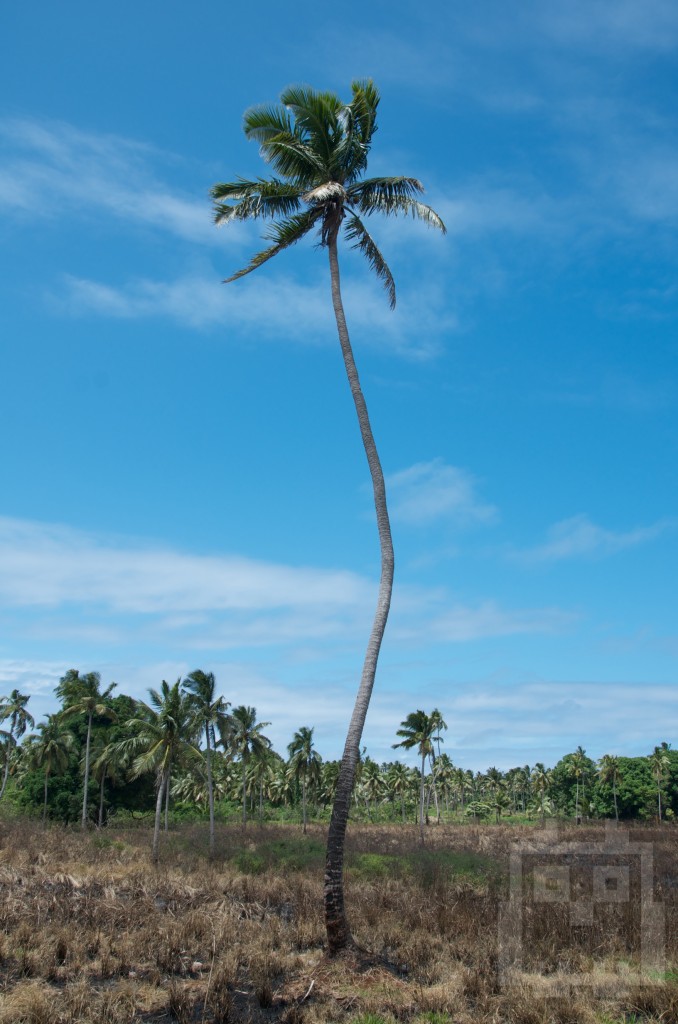
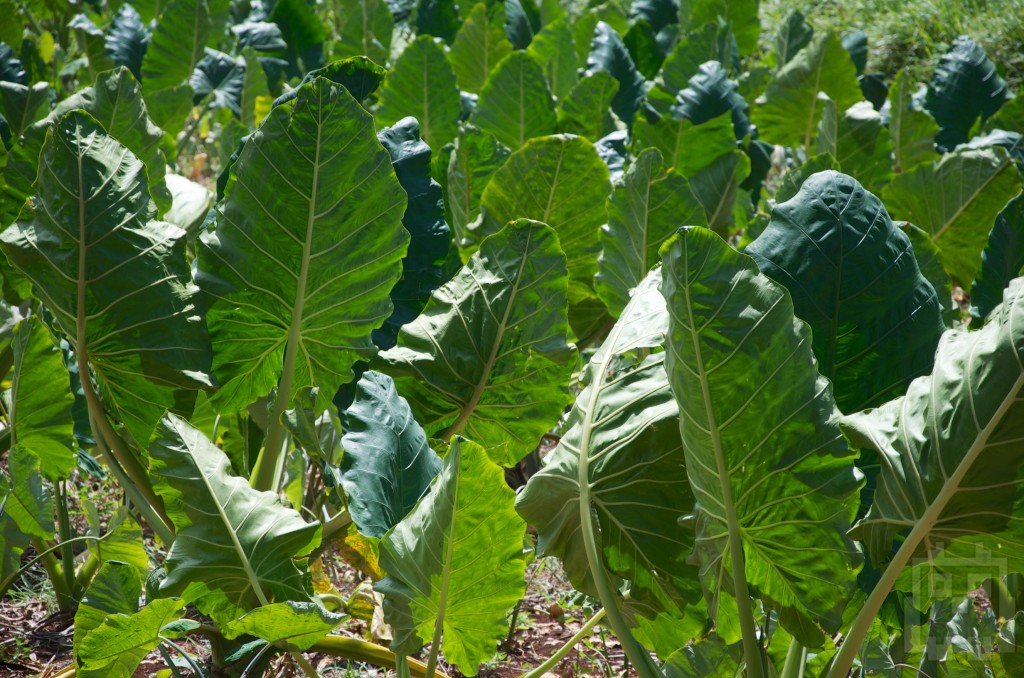
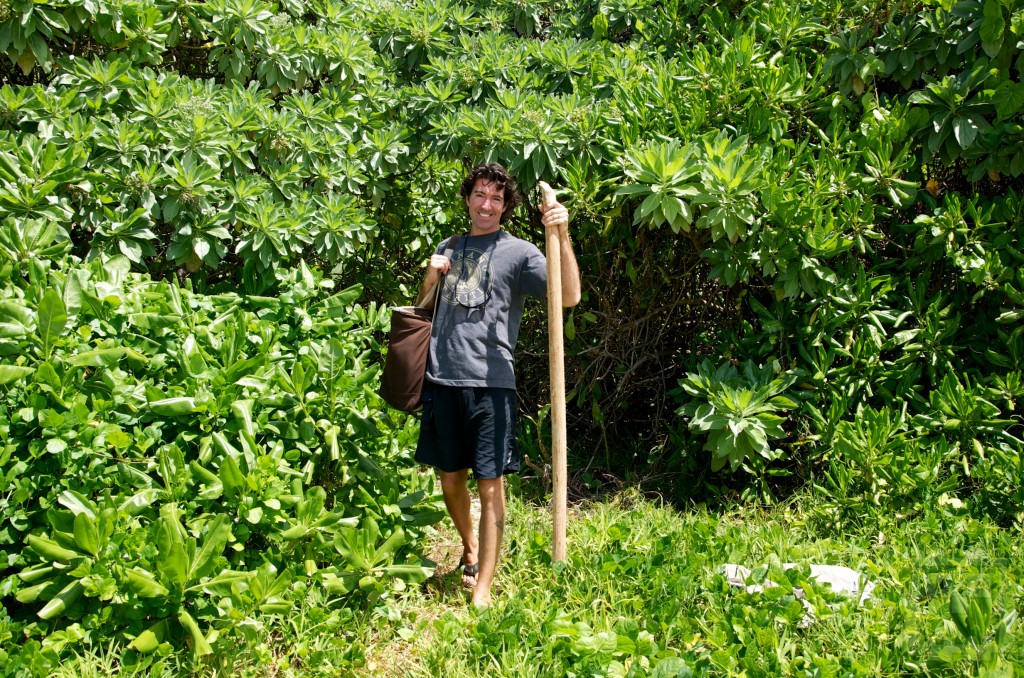
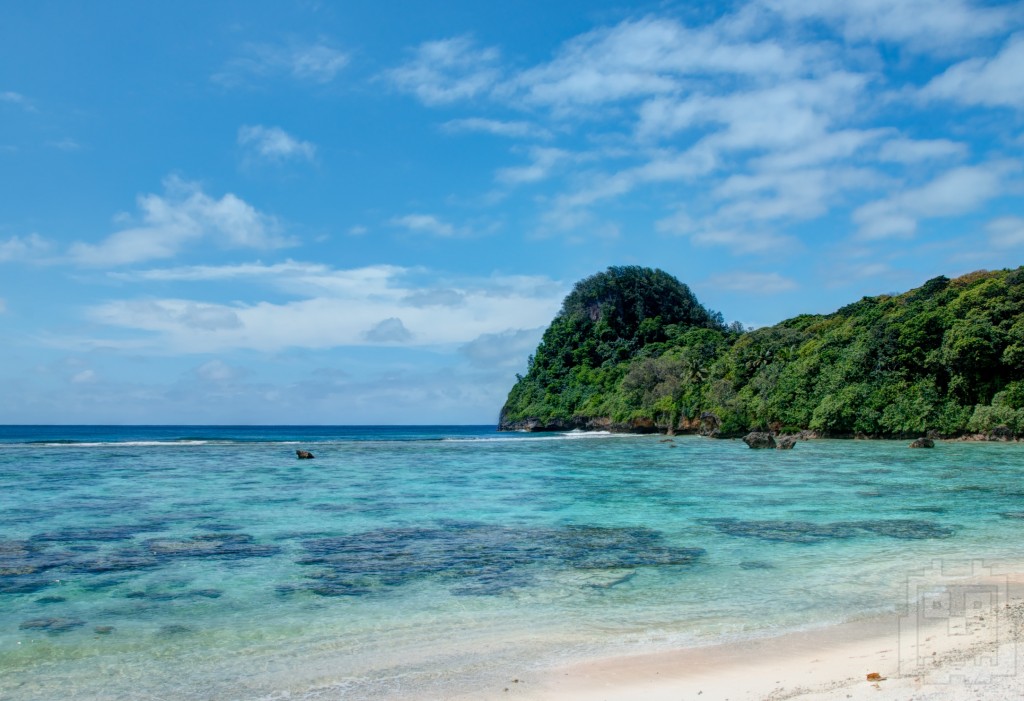
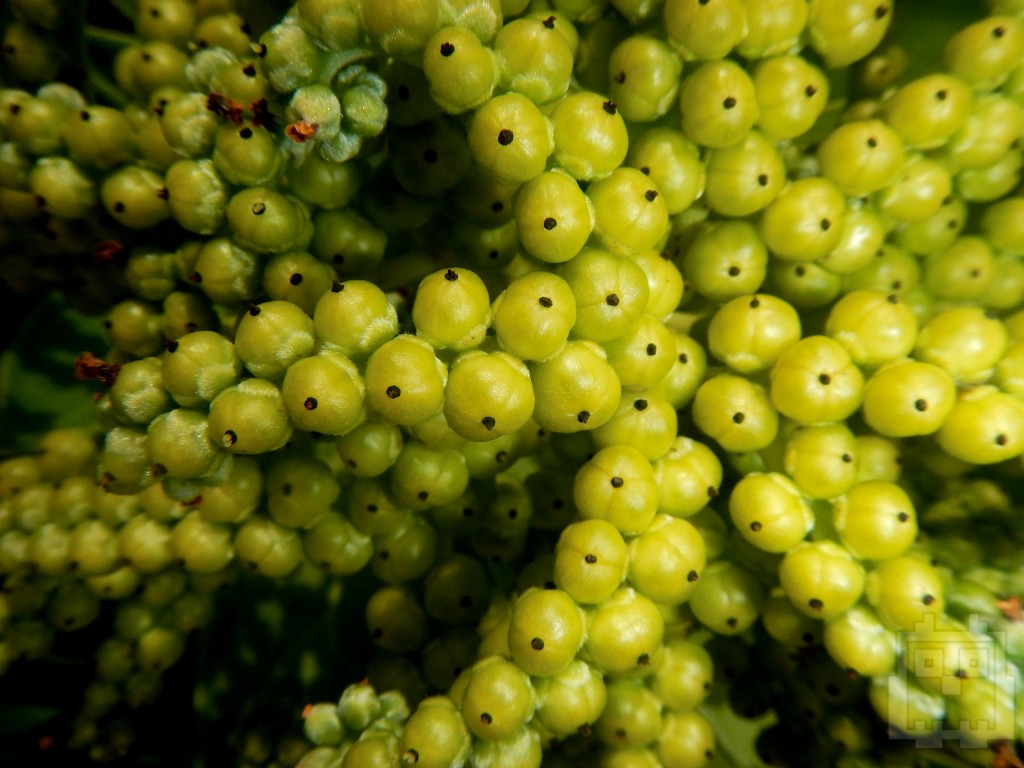
 Before going back to the car we swung by the lookout to get a new perspective on our lunch spot. This view gave us an unobstructed view of a majority of the north end of Vava’u. Tropic birds and flying foxes were playing in the updraft, but no matter how high they flew, they were still below us. It felt like we were on the top of Vava’u.
Before going back to the car we swung by the lookout to get a new perspective on our lunch spot. This view gave us an unobstructed view of a majority of the north end of Vava’u. Tropic birds and flying foxes were playing in the updraft, but no matter how high they flew, they were still below us. It felt like we were on the top of Vava’u.
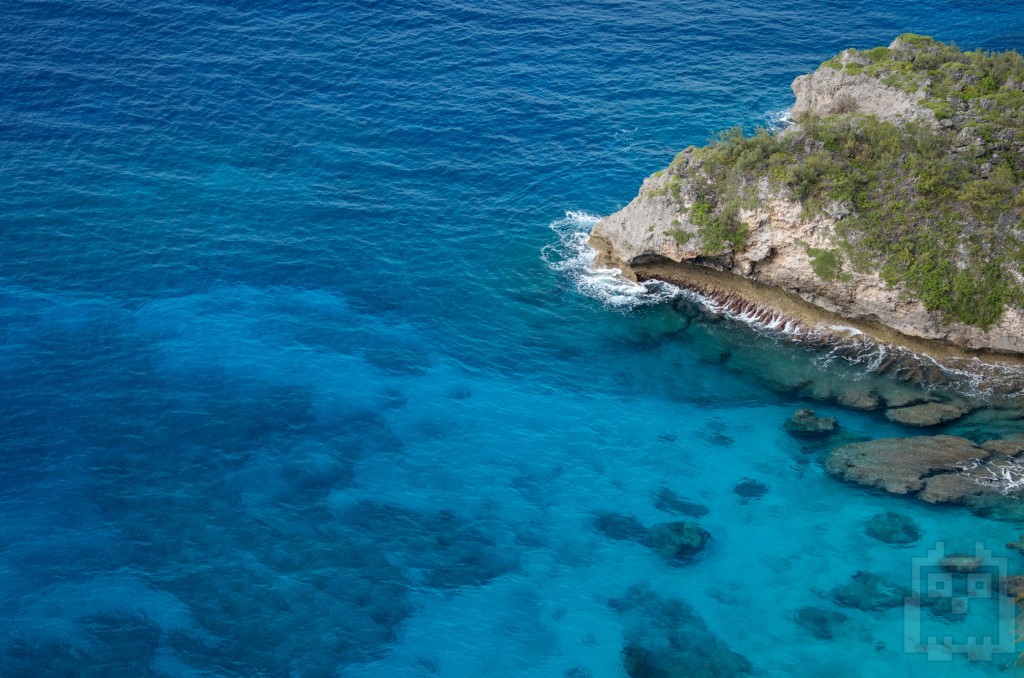
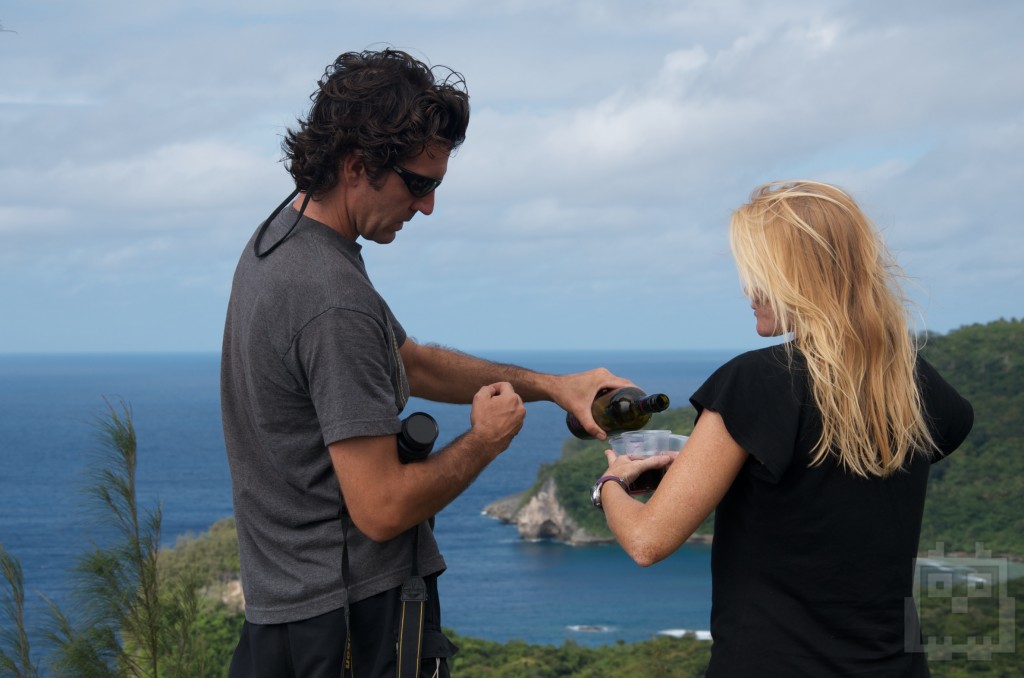
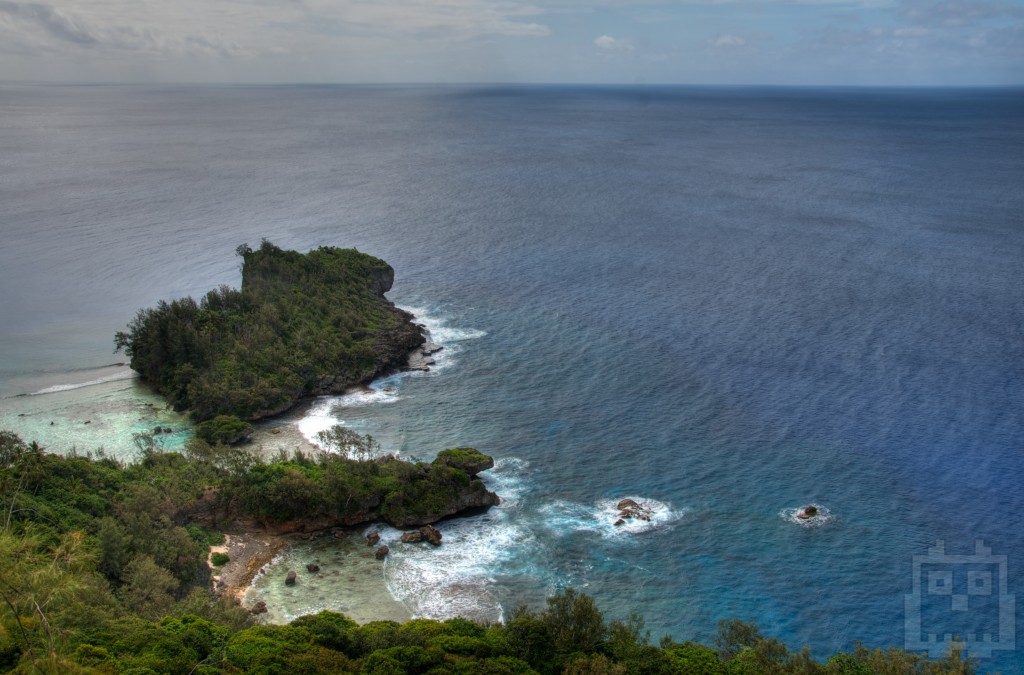
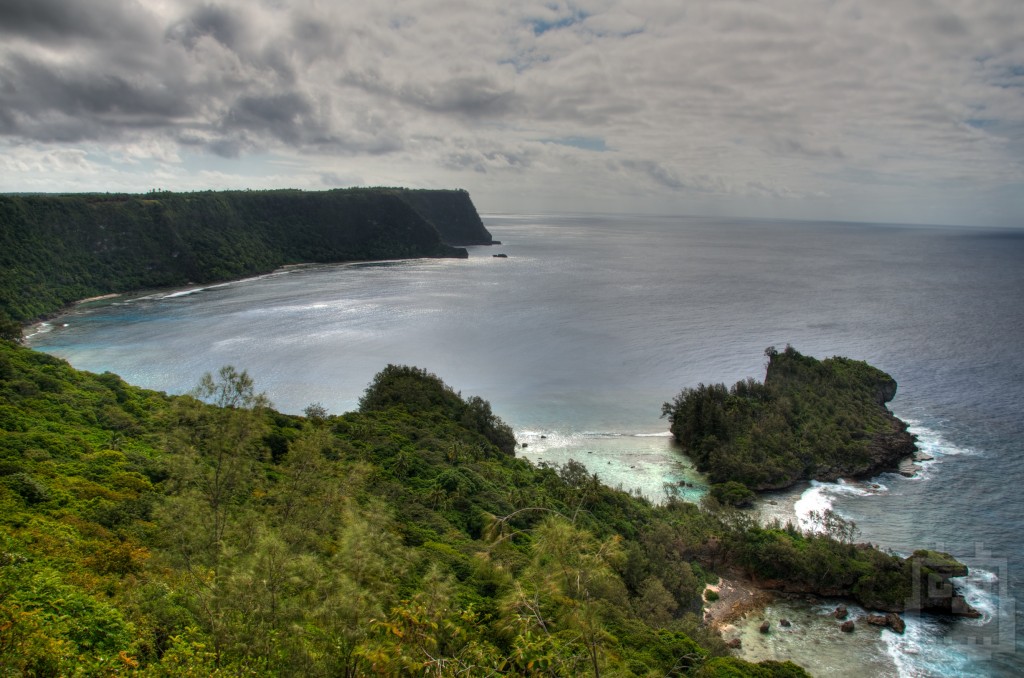
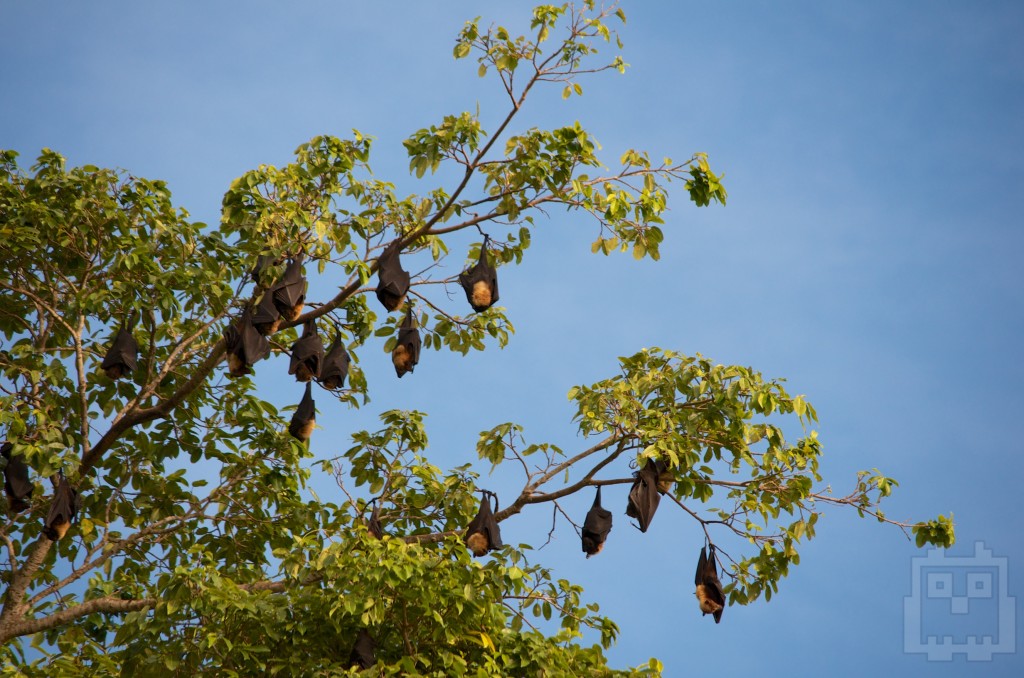
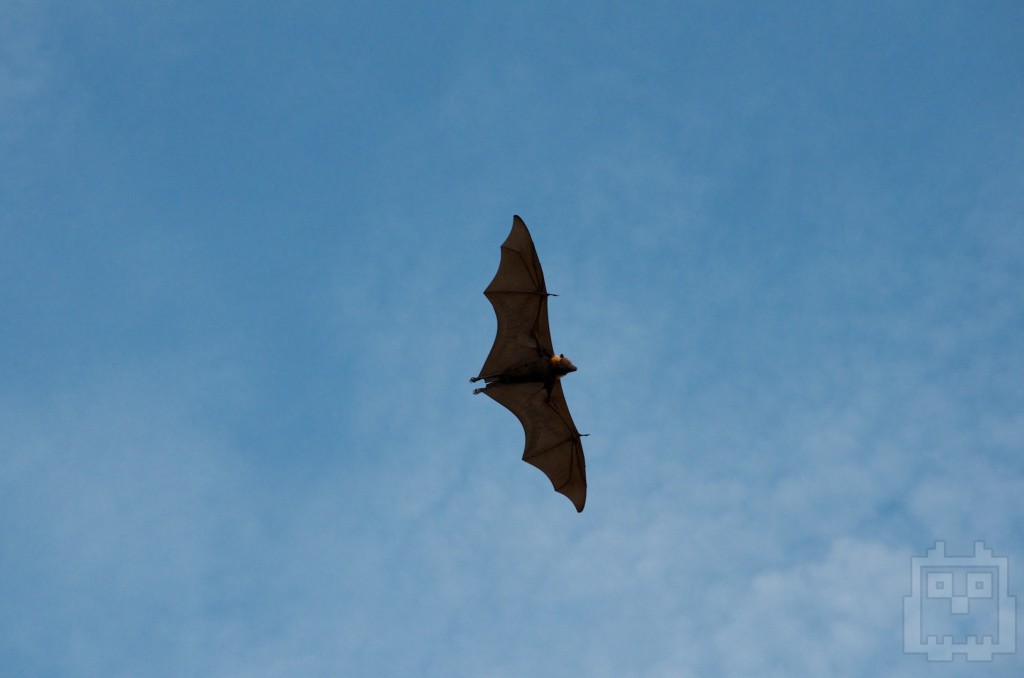
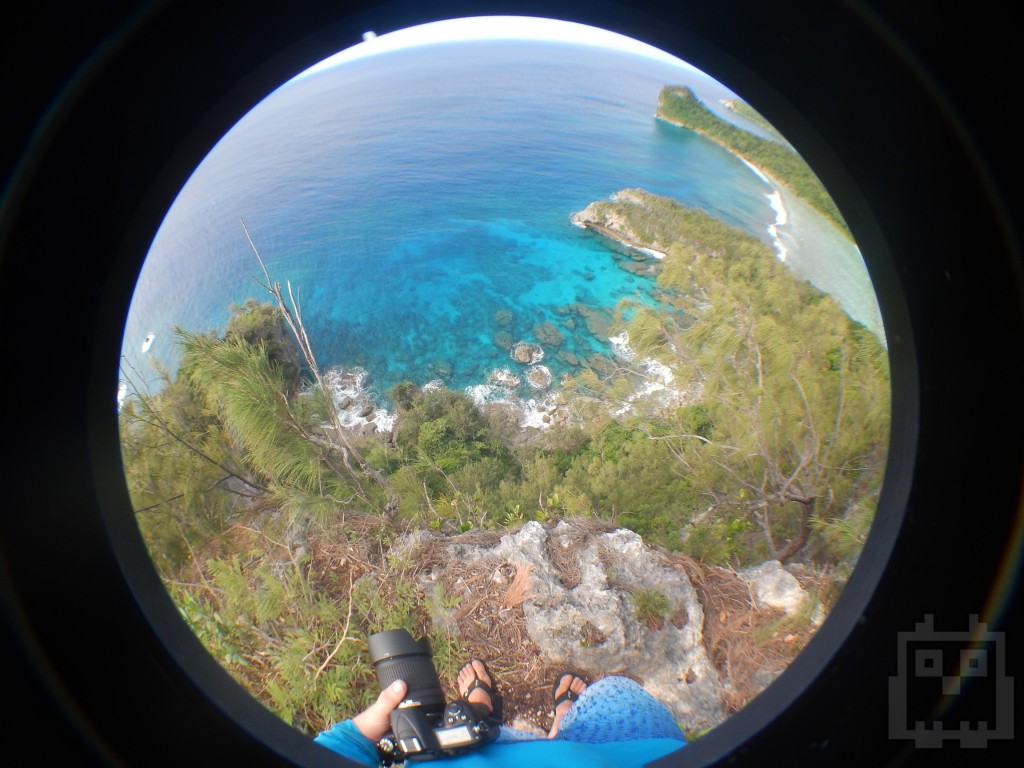 Running out of ideas for maximizing the use of our rental car, we managed to stop, or rather were stopped by a remote beach that marked the end of the road. Nothing much to see here with the exception of a MILLION little piggies. Pigs are a staple of the South Pacific. Some of the first explorers seeded the islands with livestock so future voyagers would have a decent meal. Today, wild chickens, pigs and goats are all deliciously common throughout the Pacific, specifically in this town. While they appear to be running around wild, several Tongans have told me that they are, in fact, all owned by someone. As much as I wanted to tackle a little piggy for myself I guess that was off the dinner table.
Running out of ideas for maximizing the use of our rental car, we managed to stop, or rather were stopped by a remote beach that marked the end of the road. Nothing much to see here with the exception of a MILLION little piggies. Pigs are a staple of the South Pacific. Some of the first explorers seeded the islands with livestock so future voyagers would have a decent meal. Today, wild chickens, pigs and goats are all deliciously common throughout the Pacific, specifically in this town. While they appear to be running around wild, several Tongans have told me that they are, in fact, all owned by someone. As much as I wanted to tackle a little piggy for myself I guess that was off the dinner table.
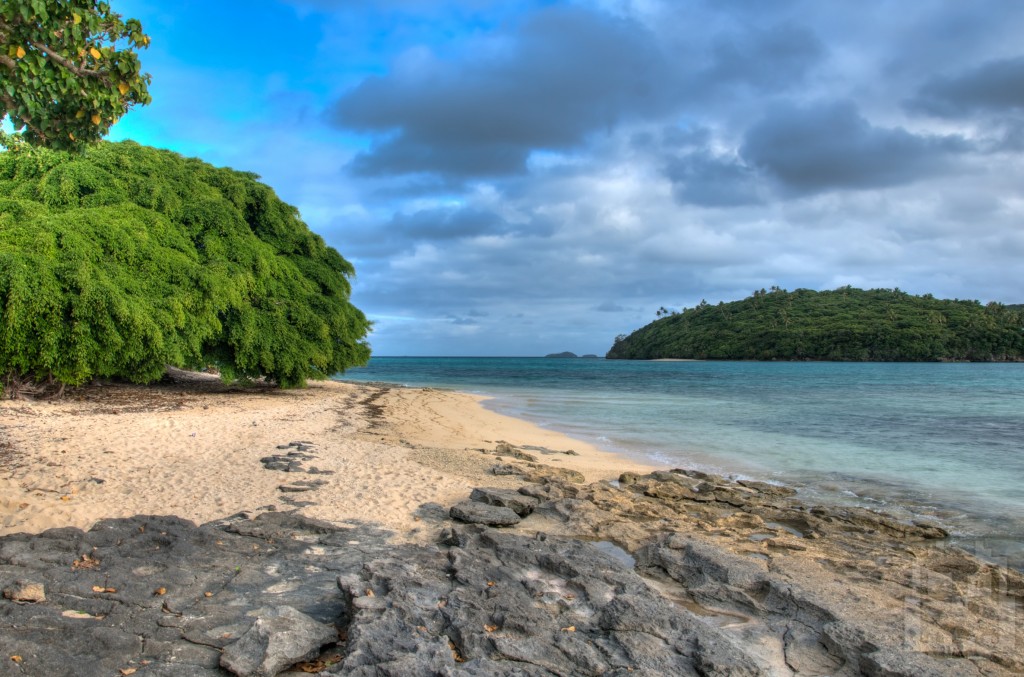 Sea turtles, however, were not off the dinner table. A group of fisherman parked at the beach were flinging around a very live, and very pissed off hawksbill sea turtle. One of the fisherman walked up to us and asked if we wanted to buy the turtle. “How much?” I asked, expecting to hear a couple hundred TOP ($100ish USD), and the guy replied “$60 TOP.” Wow. Nicole, with an unwavering death stare on the turtle-wielding fisherman muttered under her breath “I’ll buy it.” Her lips were pursed. It seems like a good deal to me, but it might be setting a shitty precedent. Aaron talked her out of it, and the Tongan dude eventually walked off laughing. Poor turtle. I talked with an environmental agency in Vava’u and asked them about our little turtle incident, and apparently it’s not uncommon for Tongans to try and sell live turtles for ransom to soft shelled tourists. That was definitely me. The lady went on to tell me about a family who would buy one almost every day because they were guaranteed suckers among Tongans. After spending gosh knows how much on returning helpless turtles back to the ocean (probably the same darn stupid turtle each time), they finally said no, and that’s what everyone should do. If there is no market for the turtles, nobody will bother catching them. It’s hard to say no, but just say no to sea turtles!
The sun was starting to fade, and our last planned stop was at a fresh water cave on the way back to town. It was no more than 30 paces from the road and lined one of the many bays that make up Vava’u. A little hesitant to jump in at first, I counted to three and did my best not to think of sea monsters. The feeling was amazing. I had been sweating and breathing nothing but salt air for too long, and enveloping myself in cool fresh water was a real treat. You could just barely taste the hint of salt, but it was an afterthought, and I was too busy feeling like I was in an Irish Spring soap commercial minus to soap and set in the South Pacific.
Sea turtles, however, were not off the dinner table. A group of fisherman parked at the beach were flinging around a very live, and very pissed off hawksbill sea turtle. One of the fisherman walked up to us and asked if we wanted to buy the turtle. “How much?” I asked, expecting to hear a couple hundred TOP ($100ish USD), and the guy replied “$60 TOP.” Wow. Nicole, with an unwavering death stare on the turtle-wielding fisherman muttered under her breath “I’ll buy it.” Her lips were pursed. It seems like a good deal to me, but it might be setting a shitty precedent. Aaron talked her out of it, and the Tongan dude eventually walked off laughing. Poor turtle. I talked with an environmental agency in Vava’u and asked them about our little turtle incident, and apparently it’s not uncommon for Tongans to try and sell live turtles for ransom to soft shelled tourists. That was definitely me. The lady went on to tell me about a family who would buy one almost every day because they were guaranteed suckers among Tongans. After spending gosh knows how much on returning helpless turtles back to the ocean (probably the same darn stupid turtle each time), they finally said no, and that’s what everyone should do. If there is no market for the turtles, nobody will bother catching them. It’s hard to say no, but just say no to sea turtles!
The sun was starting to fade, and our last planned stop was at a fresh water cave on the way back to town. It was no more than 30 paces from the road and lined one of the many bays that make up Vava’u. A little hesitant to jump in at first, I counted to three and did my best not to think of sea monsters. The feeling was amazing. I had been sweating and breathing nothing but salt air for too long, and enveloping myself in cool fresh water was a real treat. You could just barely taste the hint of salt, but it was an afterthought, and I was too busy feeling like I was in an Irish Spring soap commercial minus to soap and set in the South Pacific.
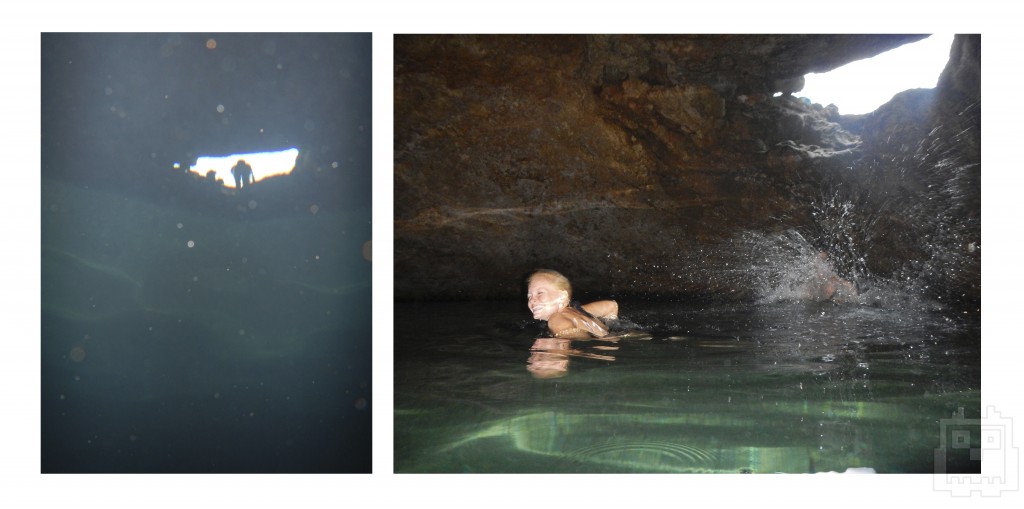
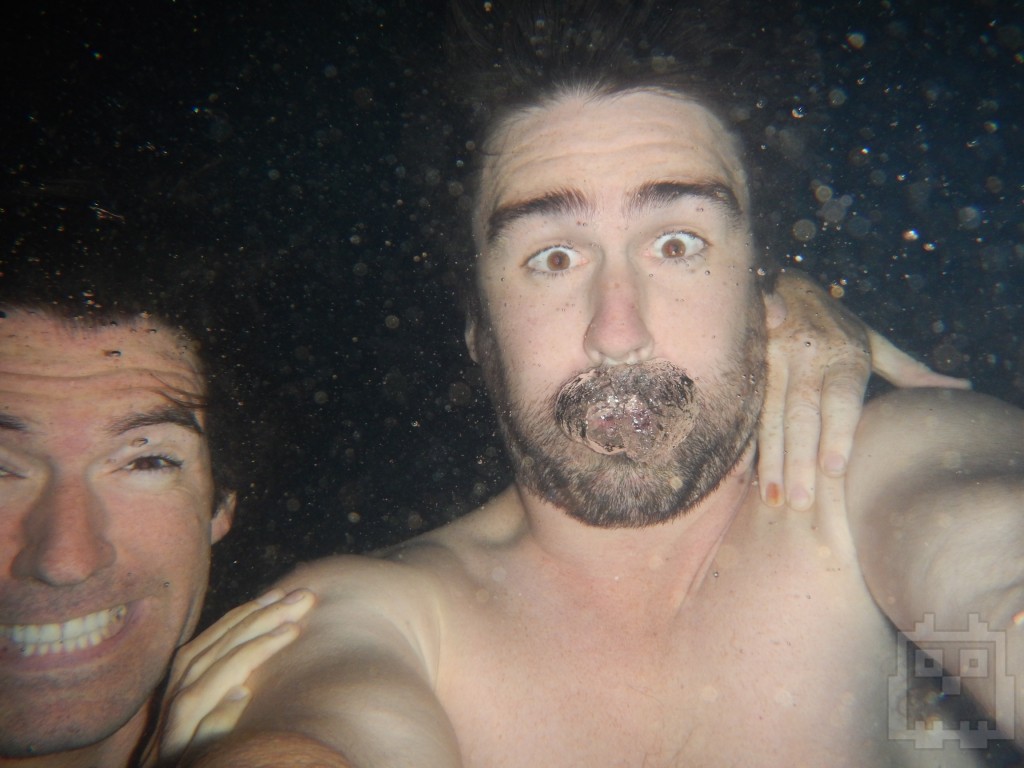
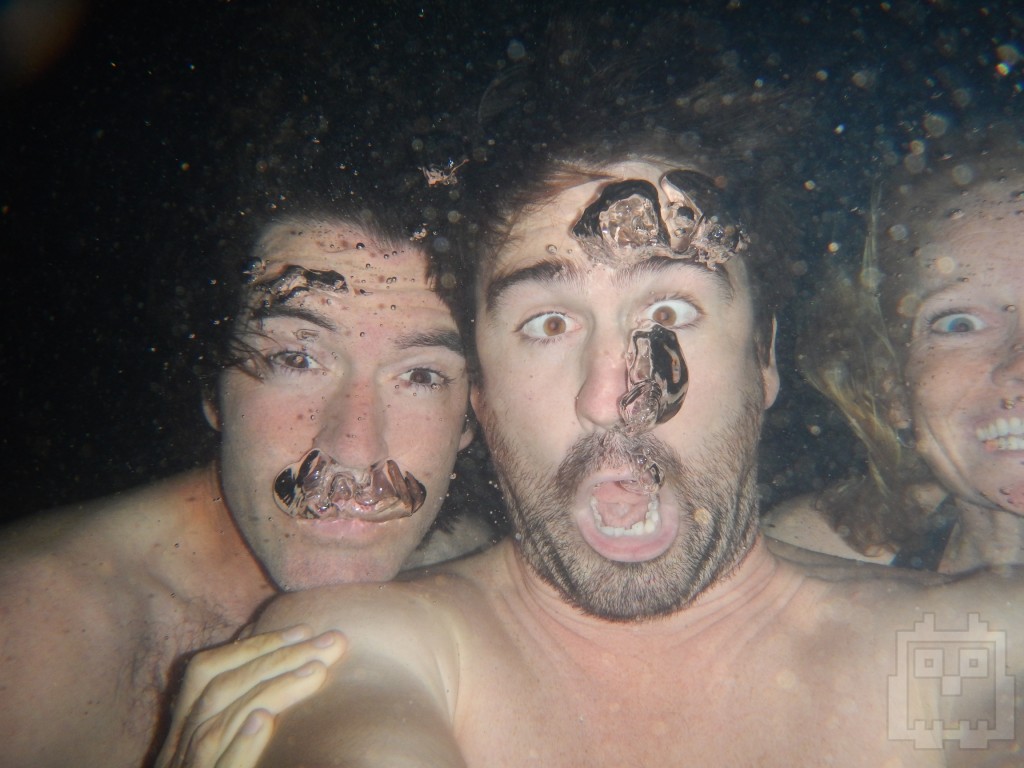
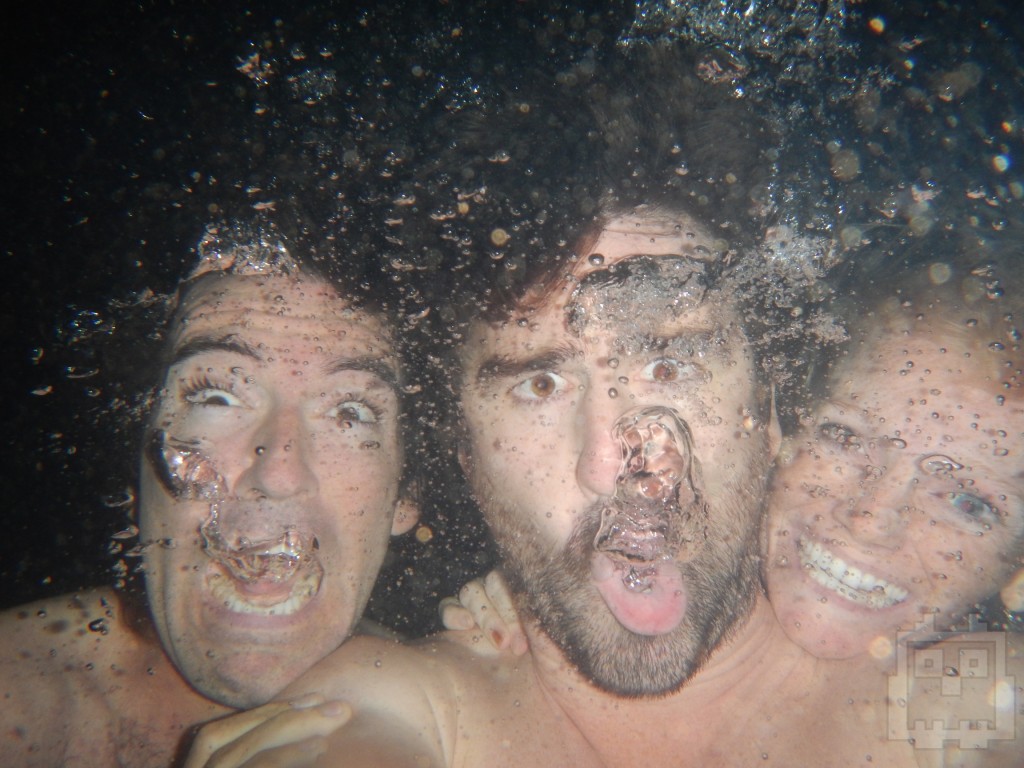
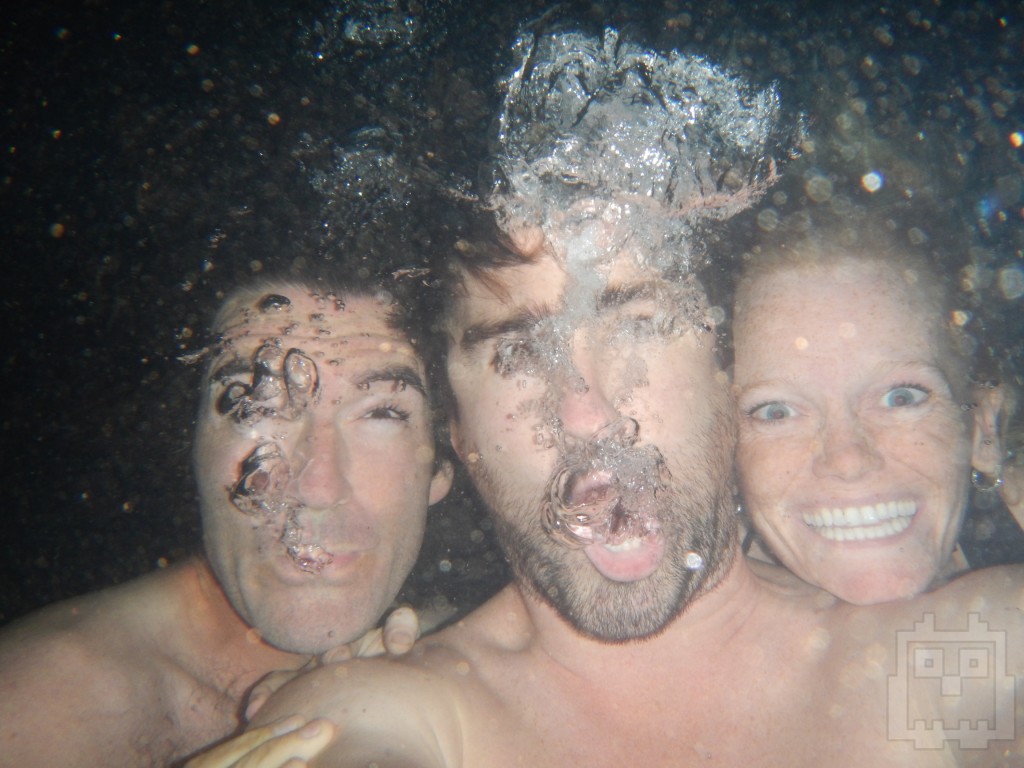 After so much fresh water the only reasonable thing to do is make a massive taco dinner, drink heavily, draw hand puppets on each other and attempt to play ping pong on a table that is four times too small. I’m glad I had a camera for this, but unfortunately the pictures were ruined by Nicole’s hand/Aarons fine art. Good times were had, but my time in Vava’u was becoming too lengthy. Panache was for the most part fixed, and I was running out of excuses to stick around. A hard date was set for my departure, and I vowed not to withdraw any more Tongan dollars. Before my drunken departure back to Panache, Bella Star and I started scheming on where to go next before we left our separate ways. I was doing my best to convince them to head to Fiji before their jump down to New Zealand, but I was having difficulty convincing both my eyes to look in unison and knew deep down that my next passage was going to be made alone.
After so much fresh water the only reasonable thing to do is make a massive taco dinner, drink heavily, draw hand puppets on each other and attempt to play ping pong on a table that is four times too small. I’m glad I had a camera for this, but unfortunately the pictures were ruined by Nicole’s hand/Aarons fine art. Good times were had, but my time in Vava’u was becoming too lengthy. Panache was for the most part fixed, and I was running out of excuses to stick around. A hard date was set for my departure, and I vowed not to withdraw any more Tongan dollars. Before my drunken departure back to Panache, Bella Star and I started scheming on where to go next before we left our separate ways. I was doing my best to convince them to head to Fiji before their jump down to New Zealand, but I was having difficulty convincing both my eyes to look in unison and knew deep down that my next passage was going to be made alone.
